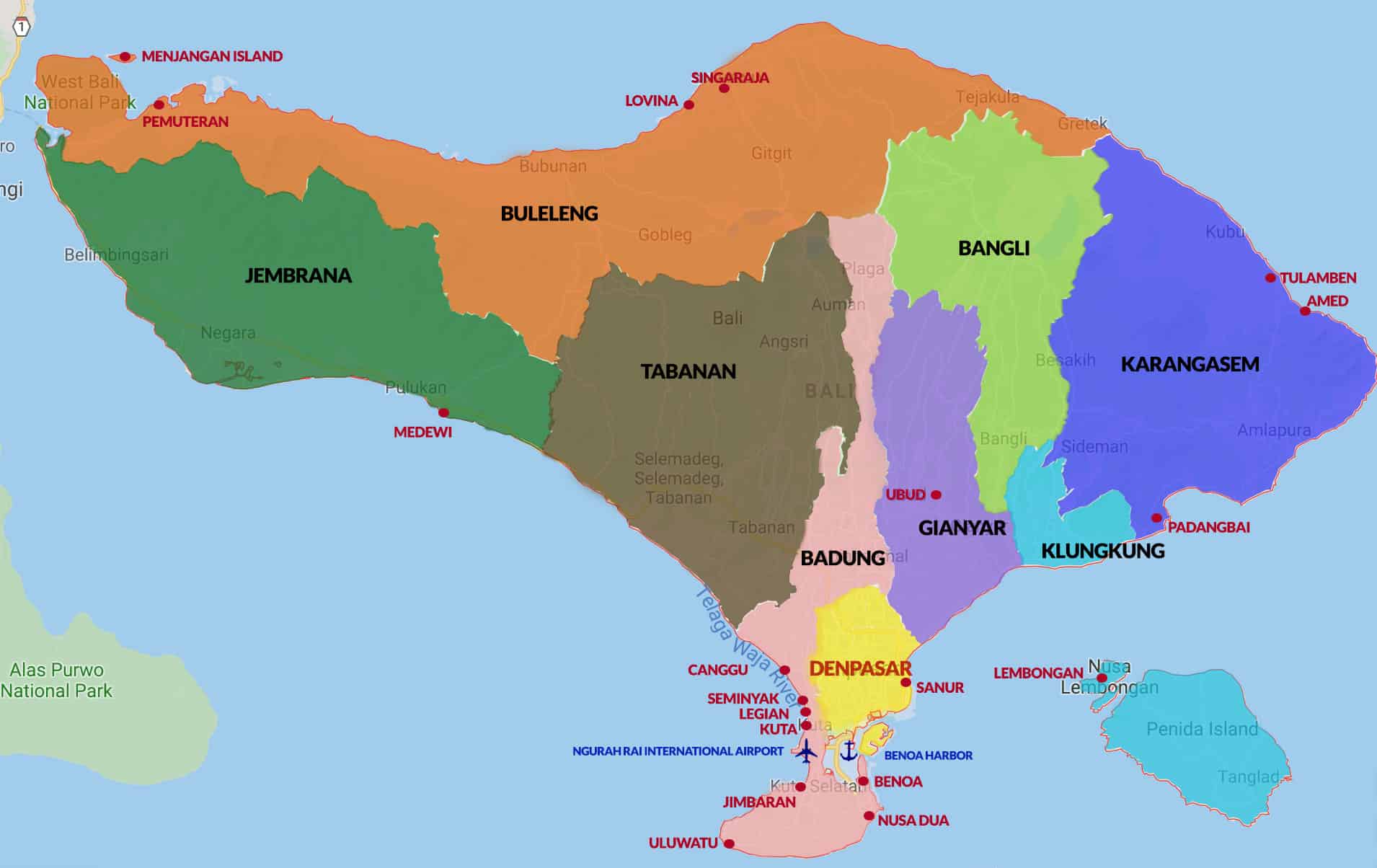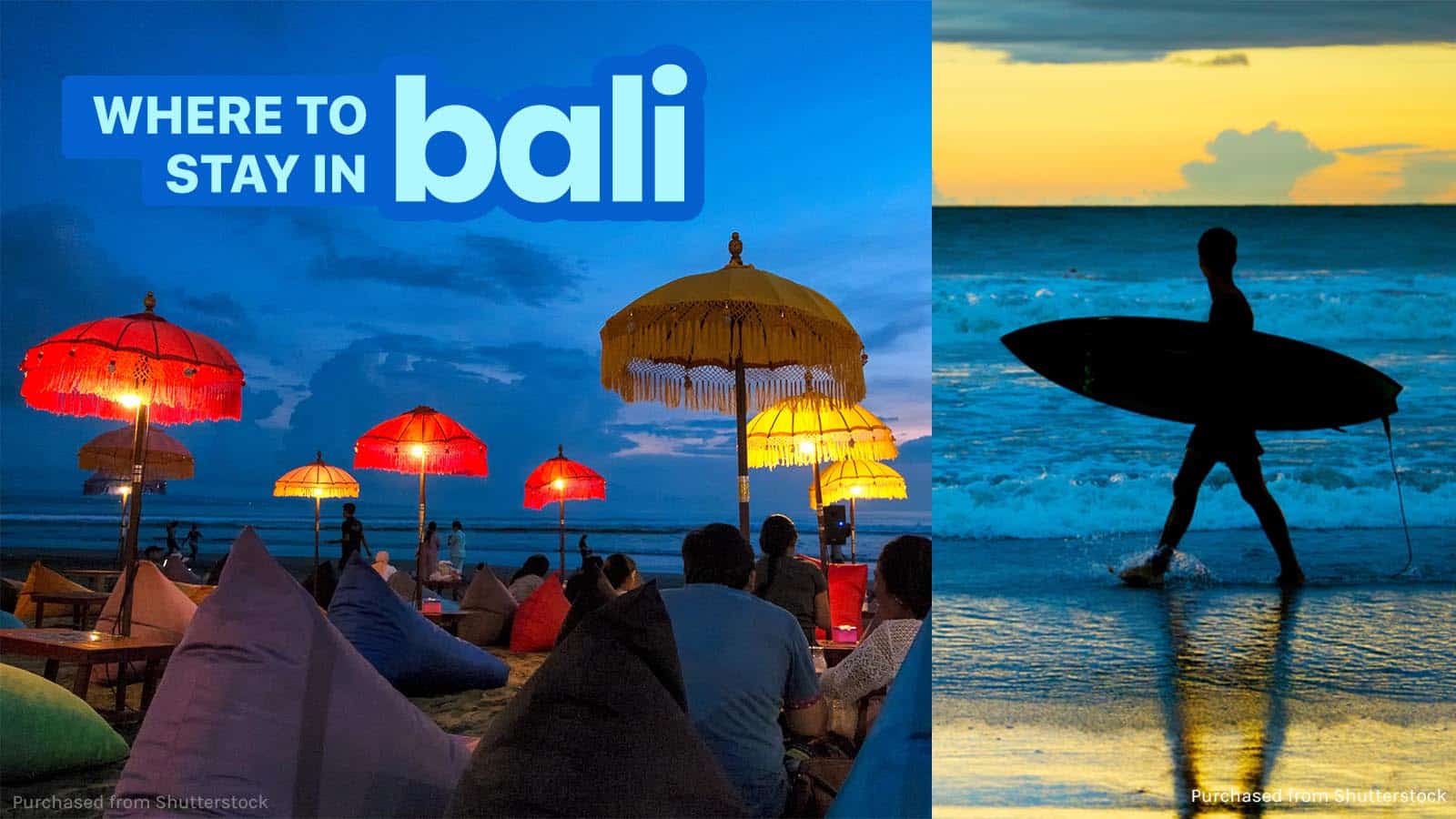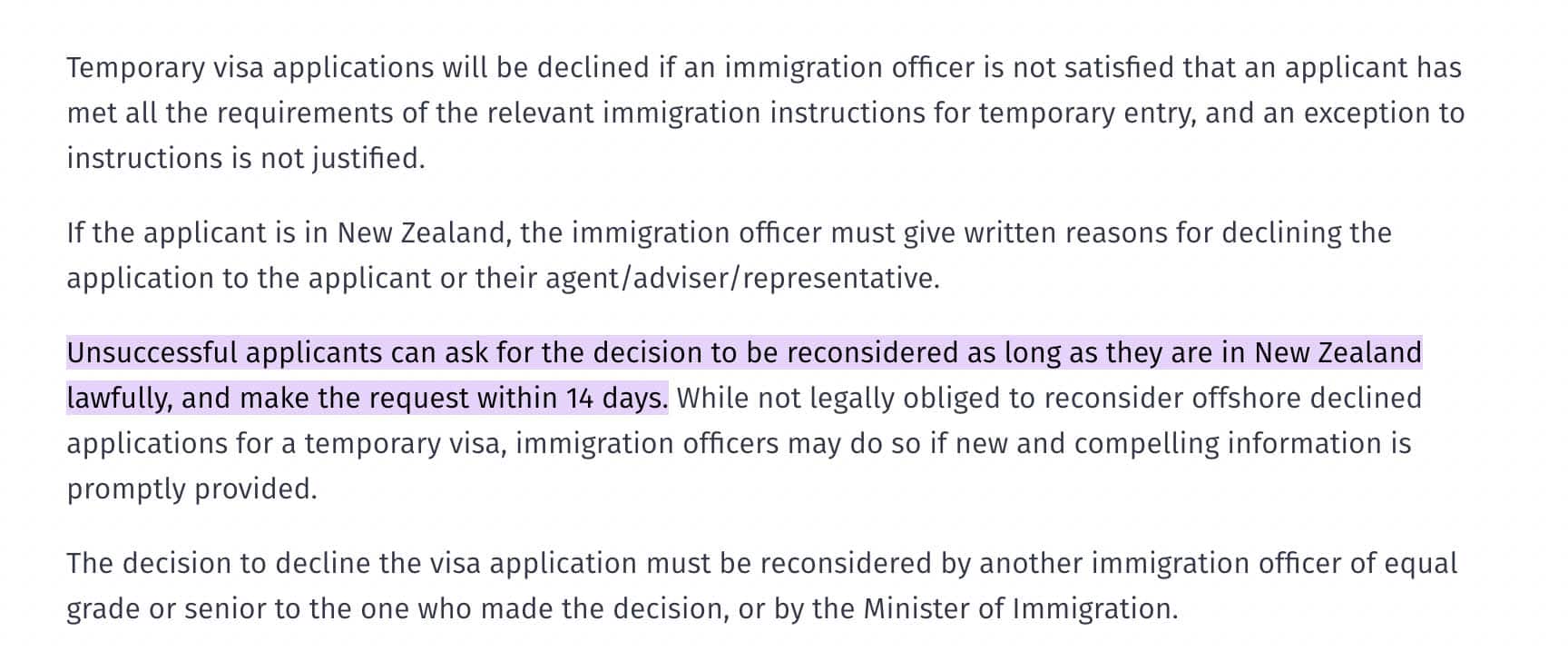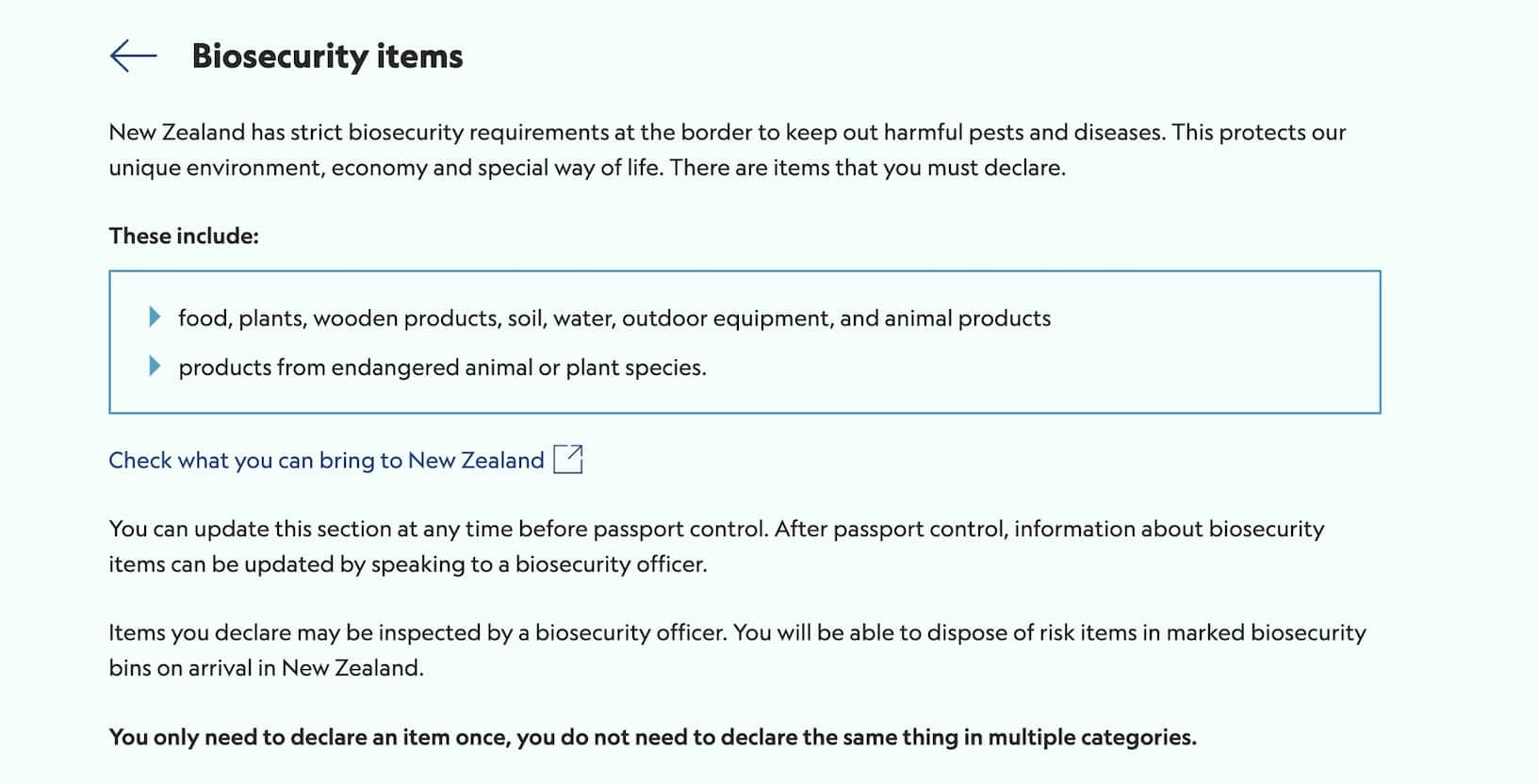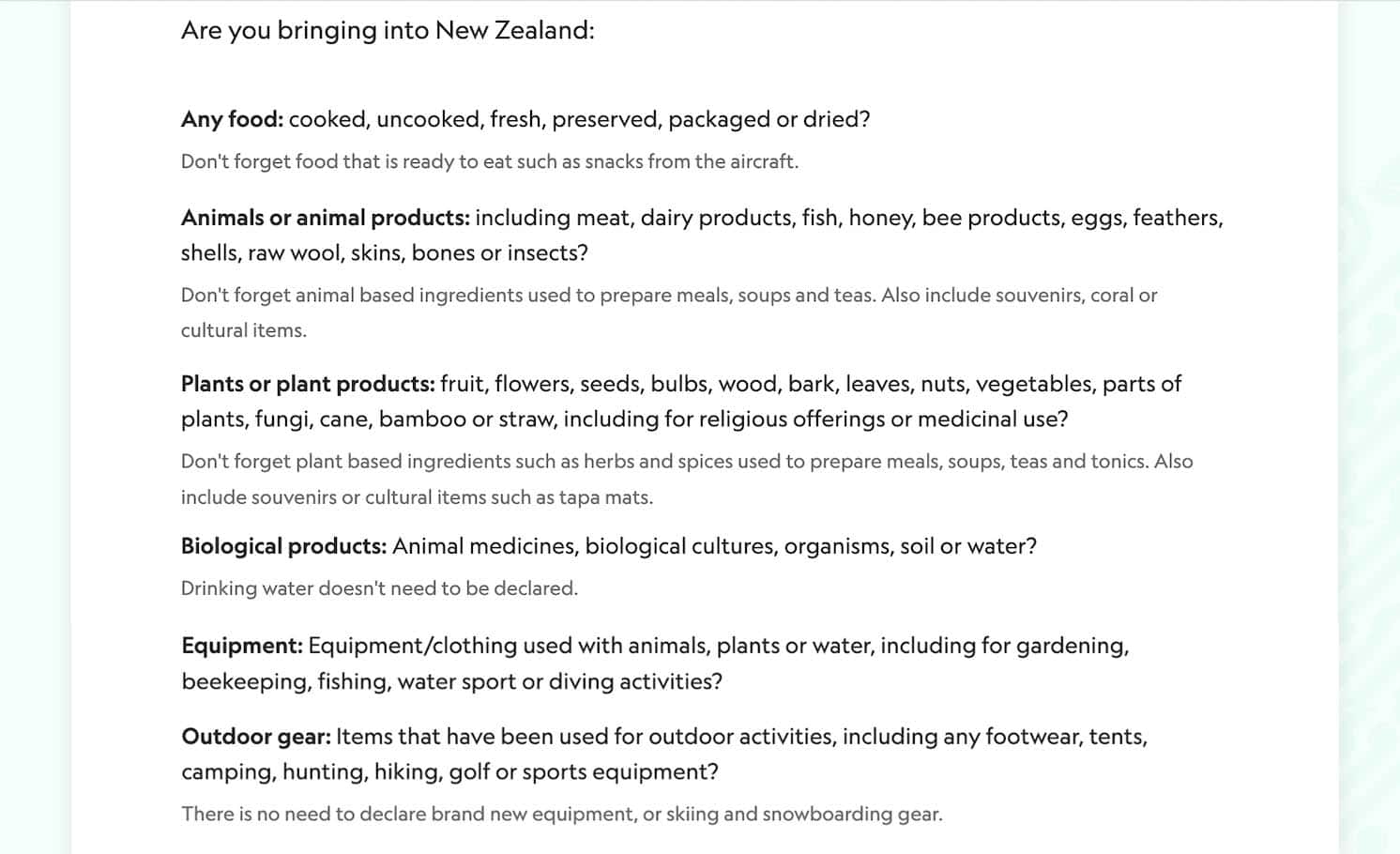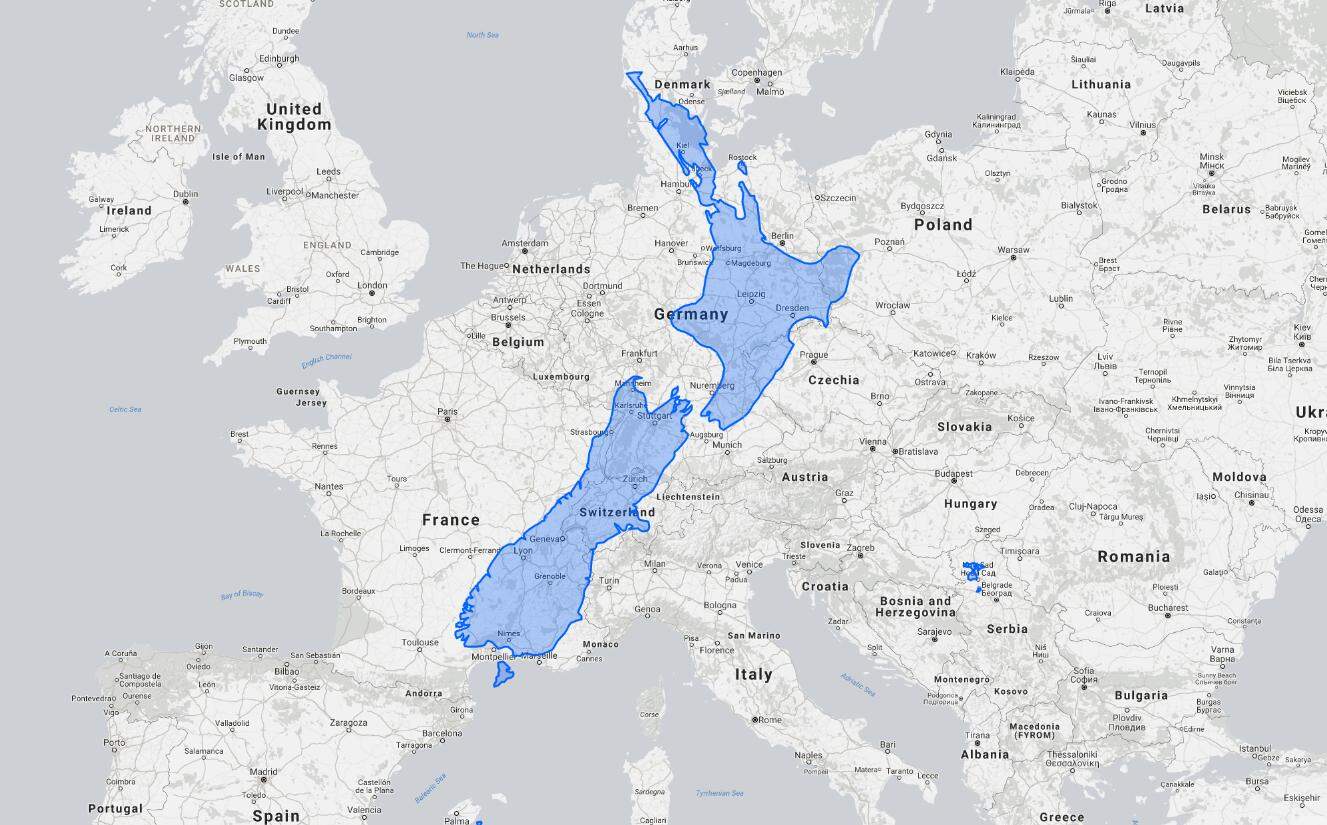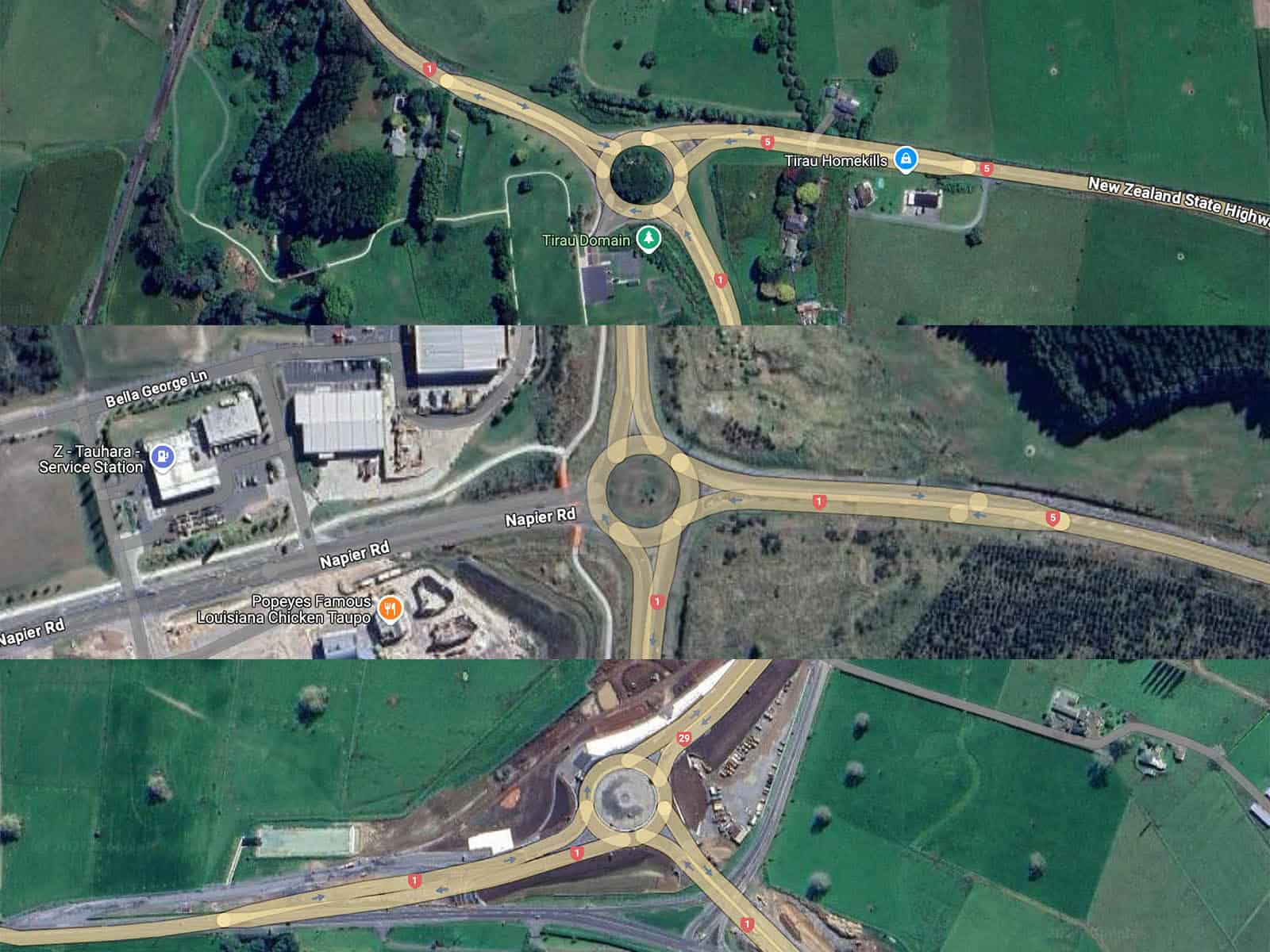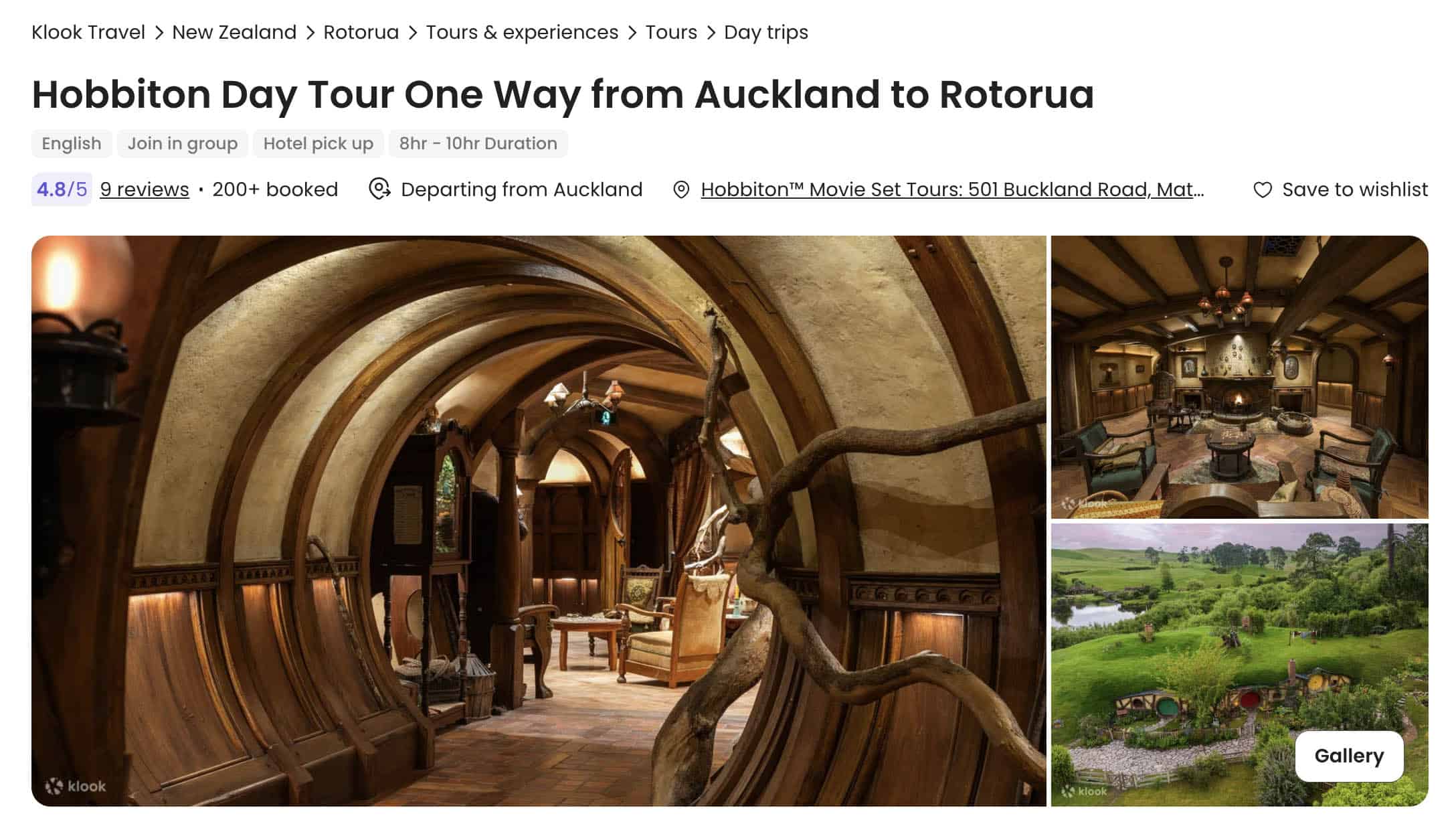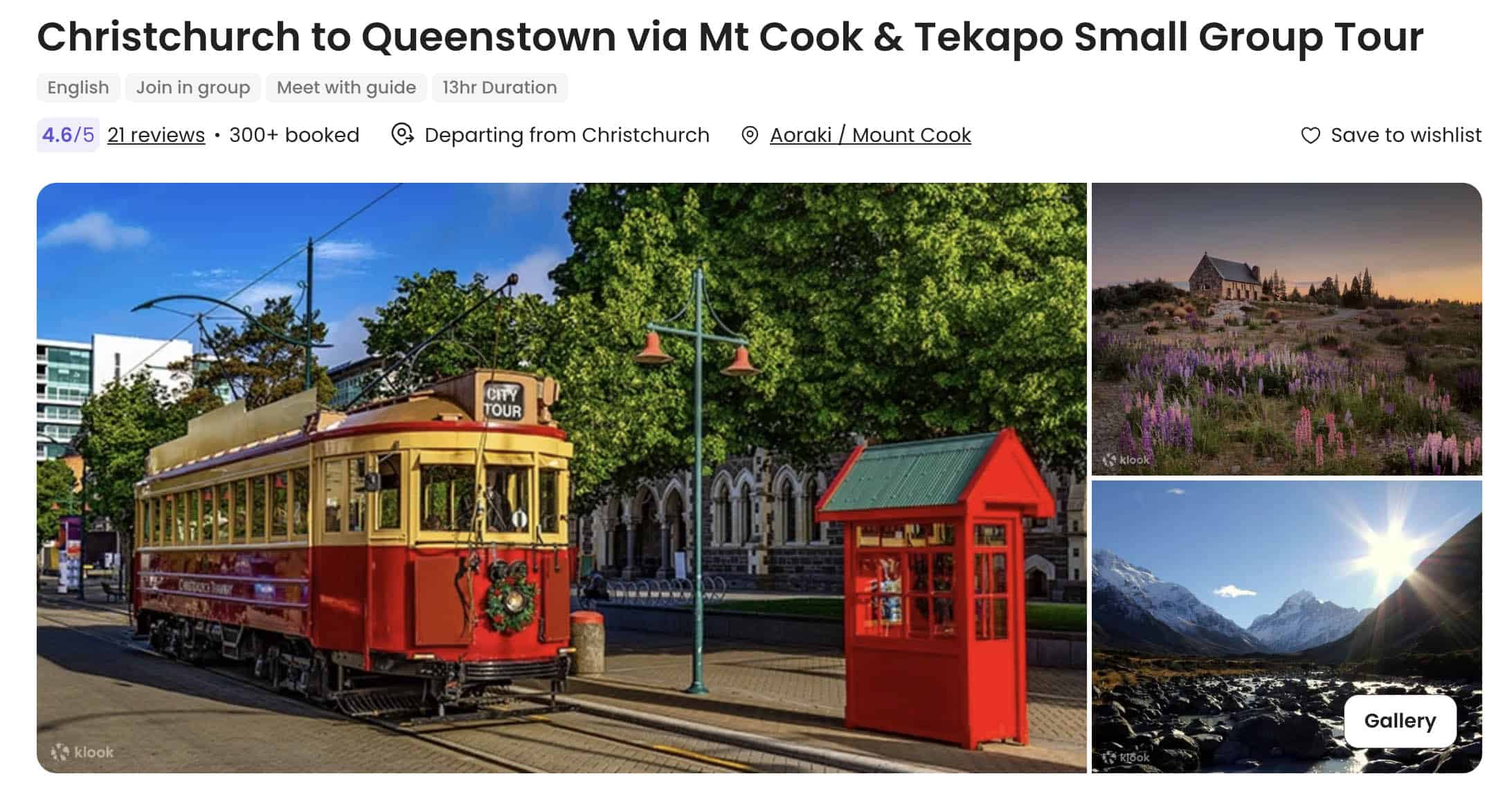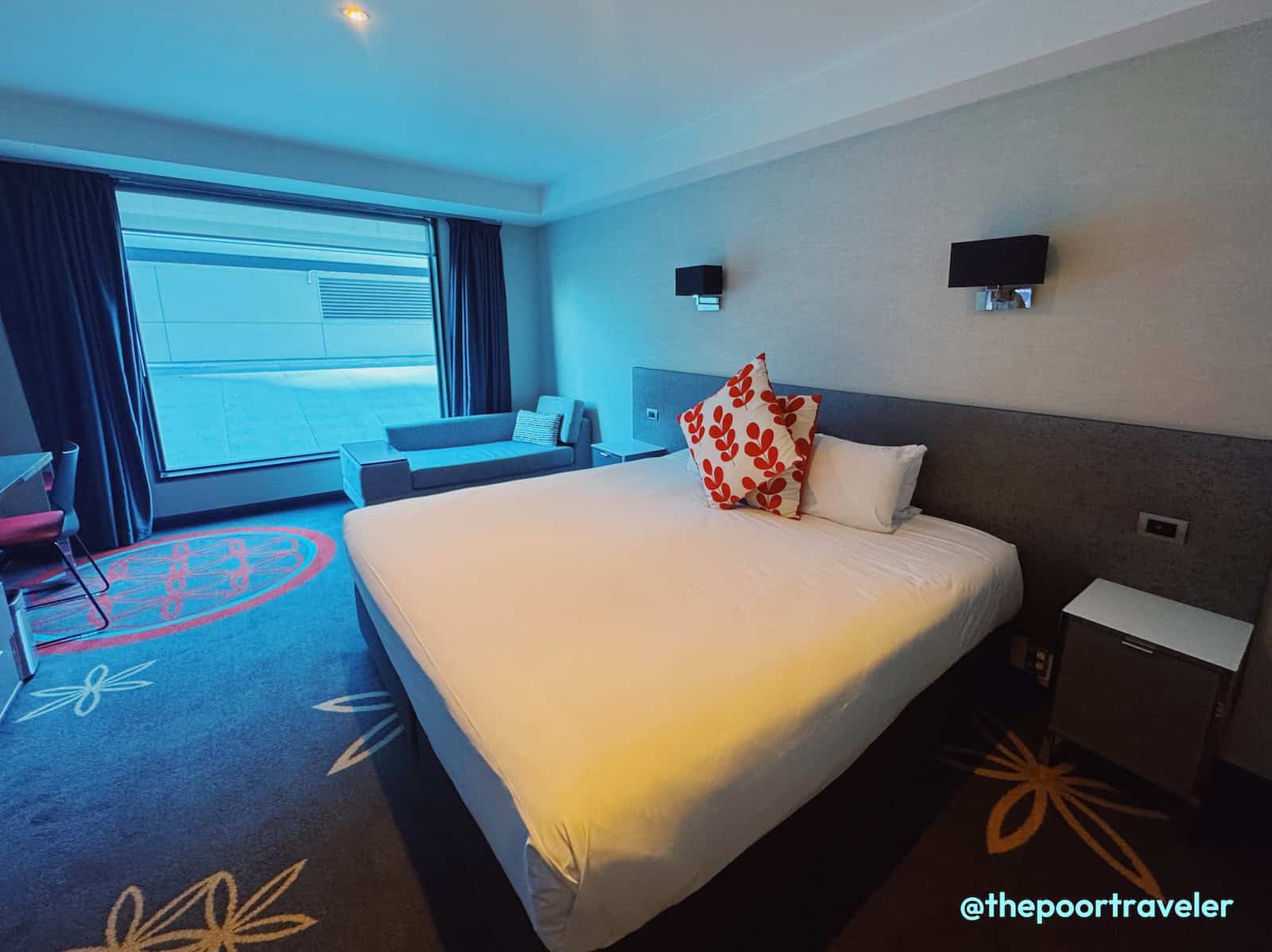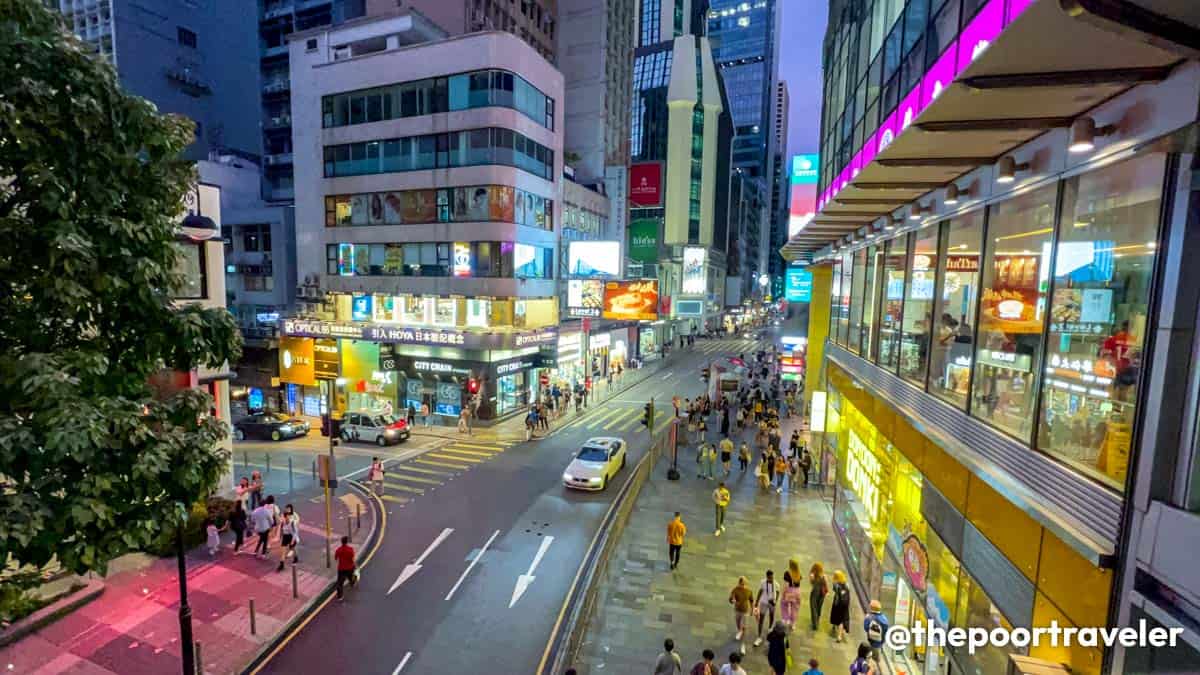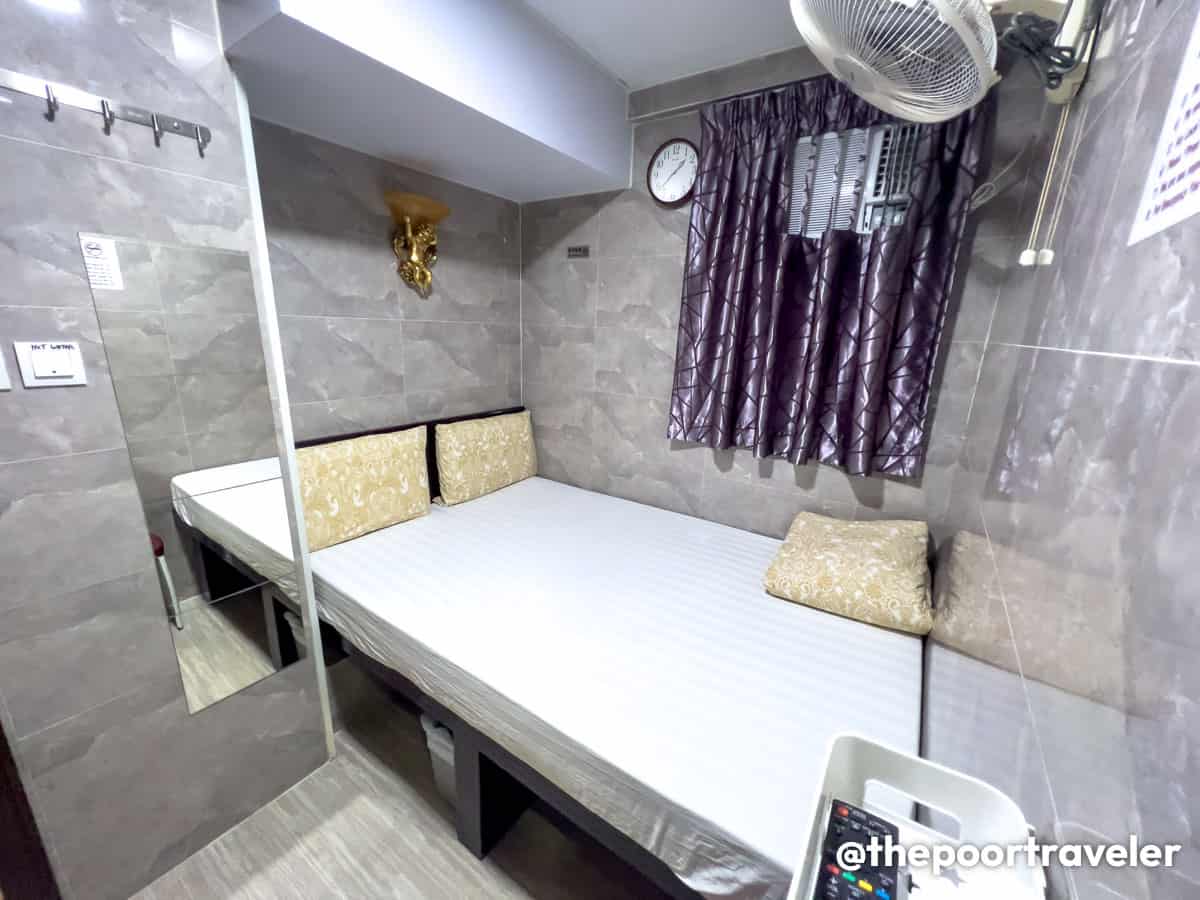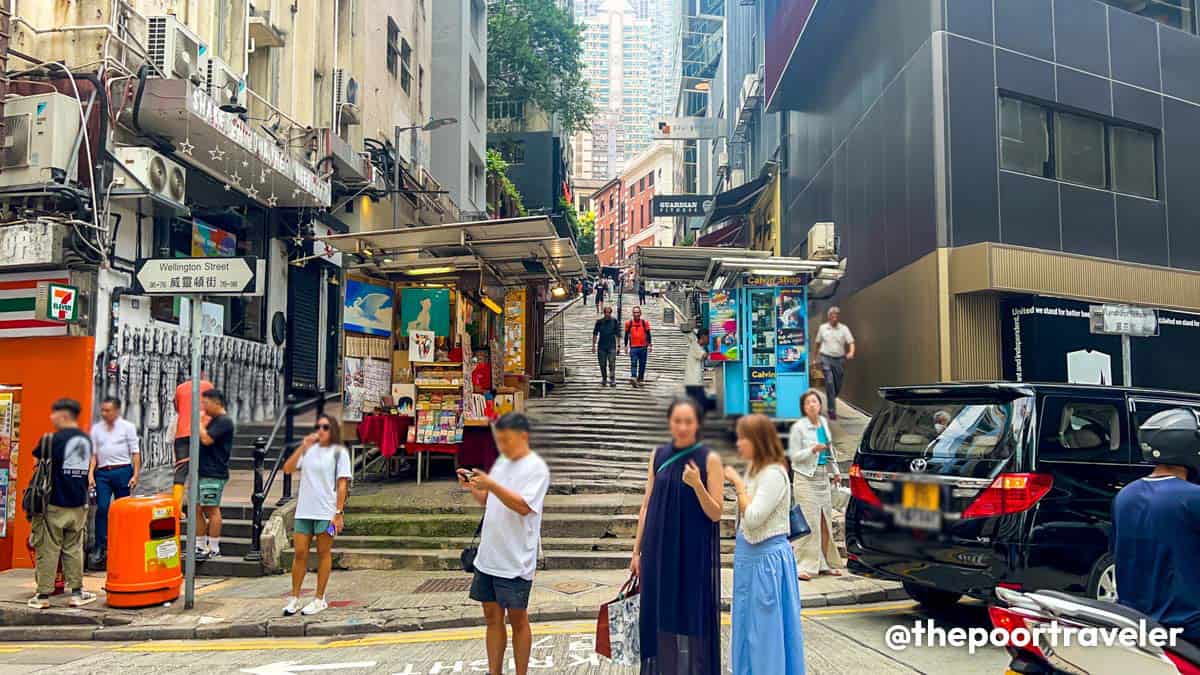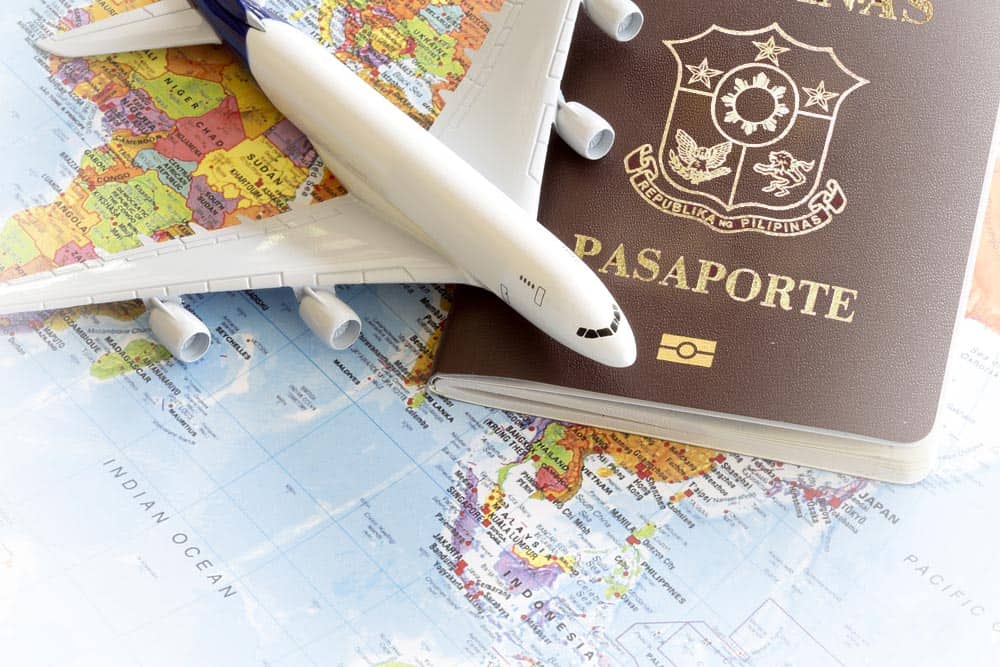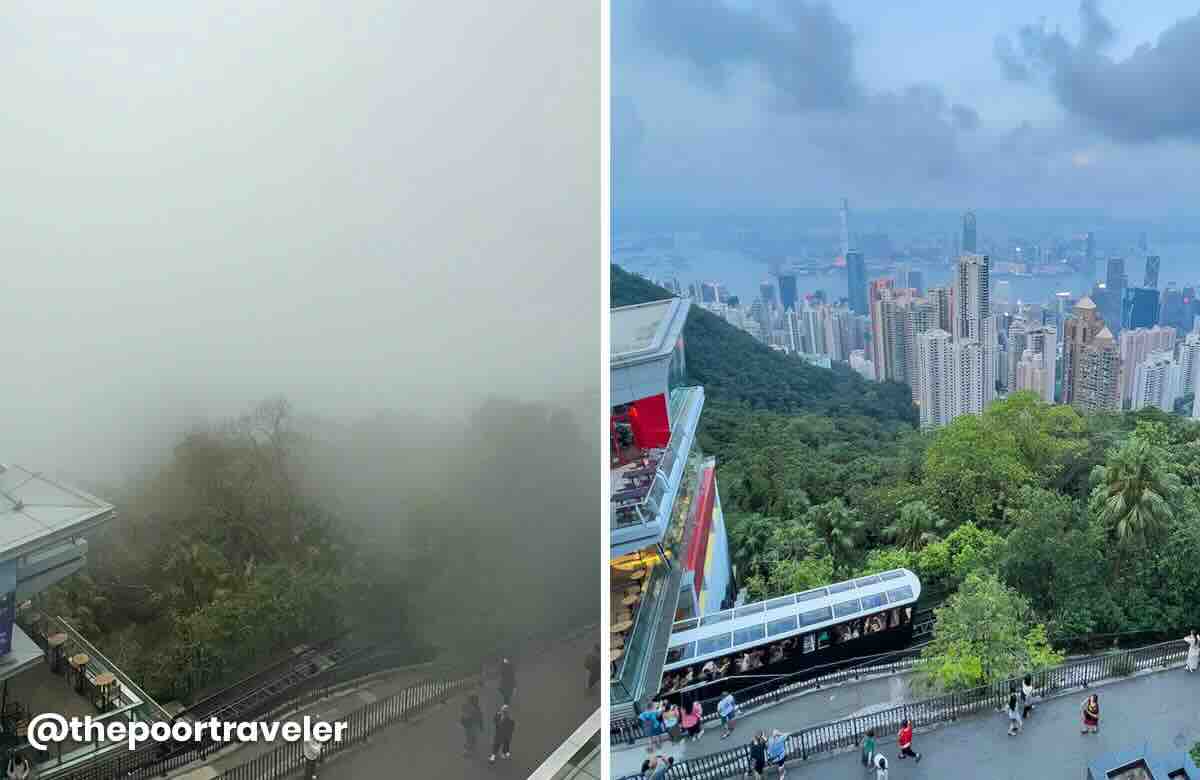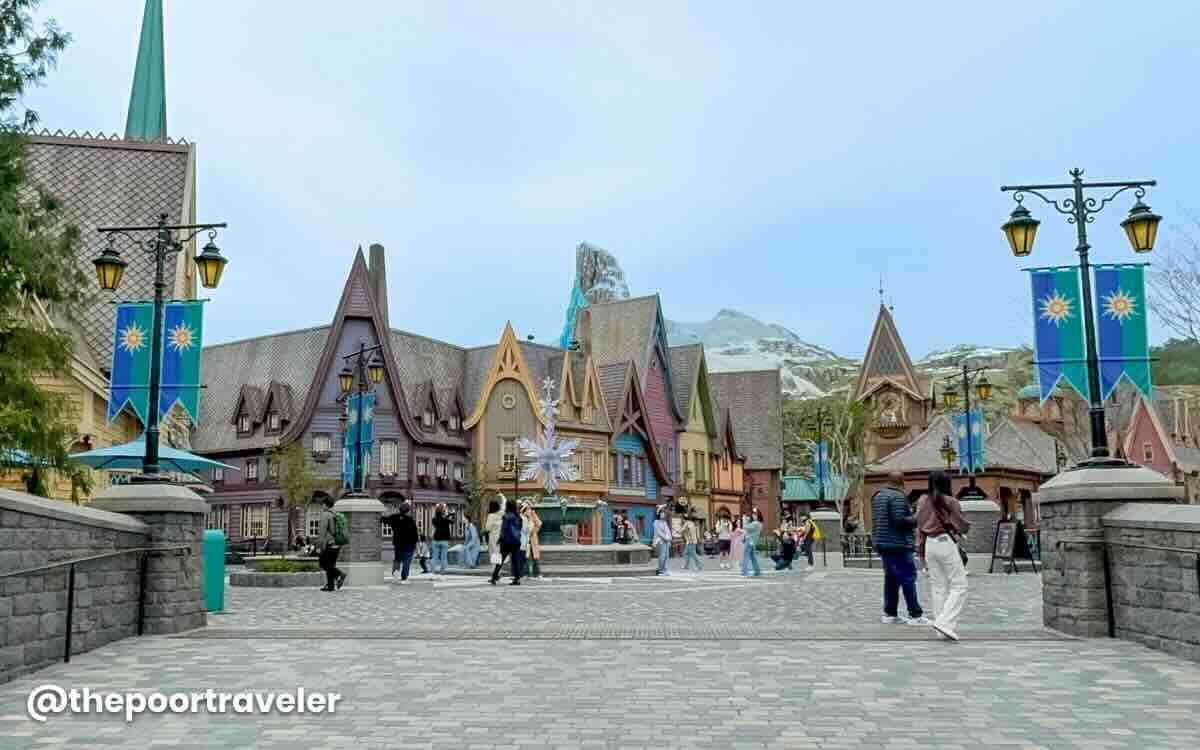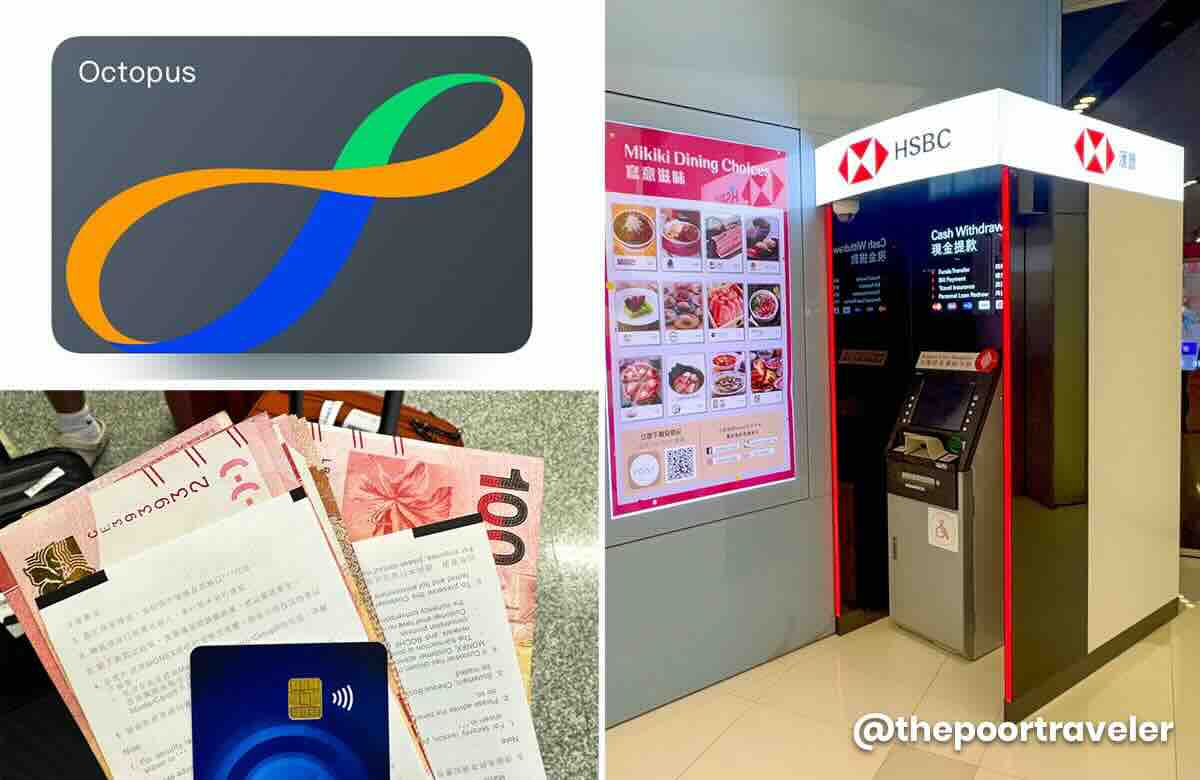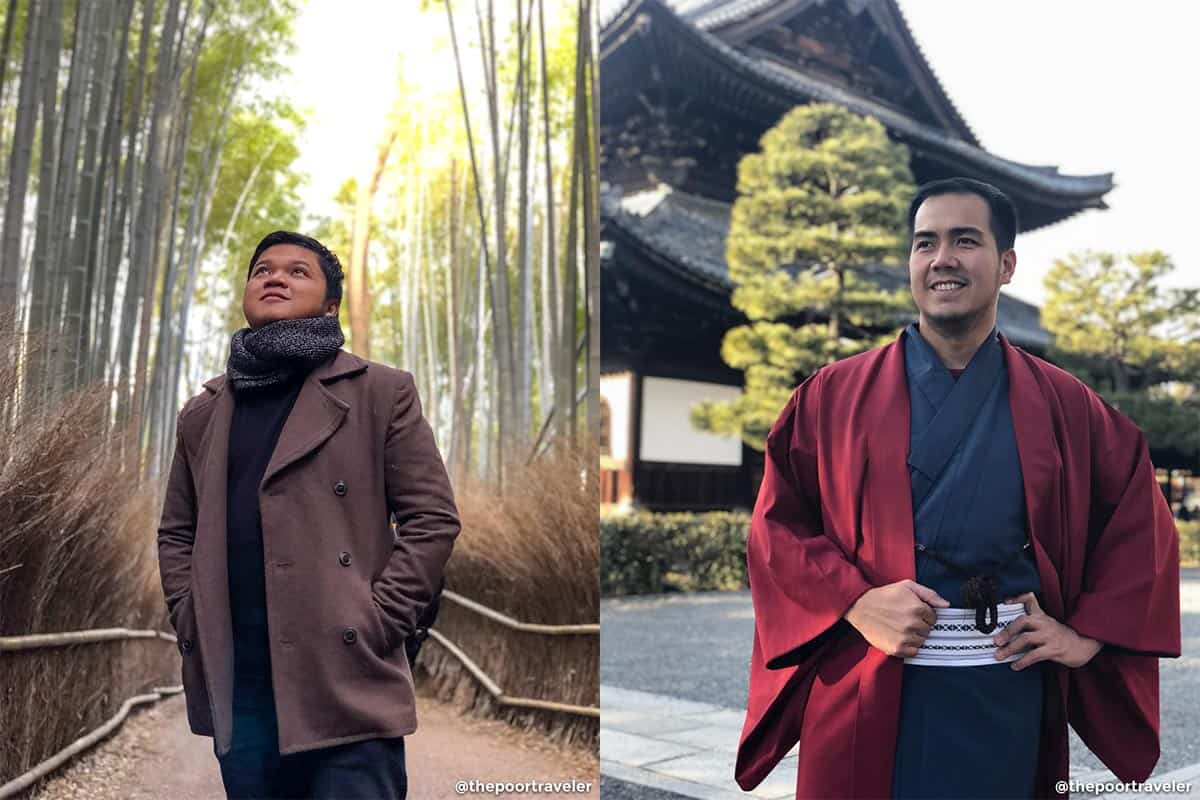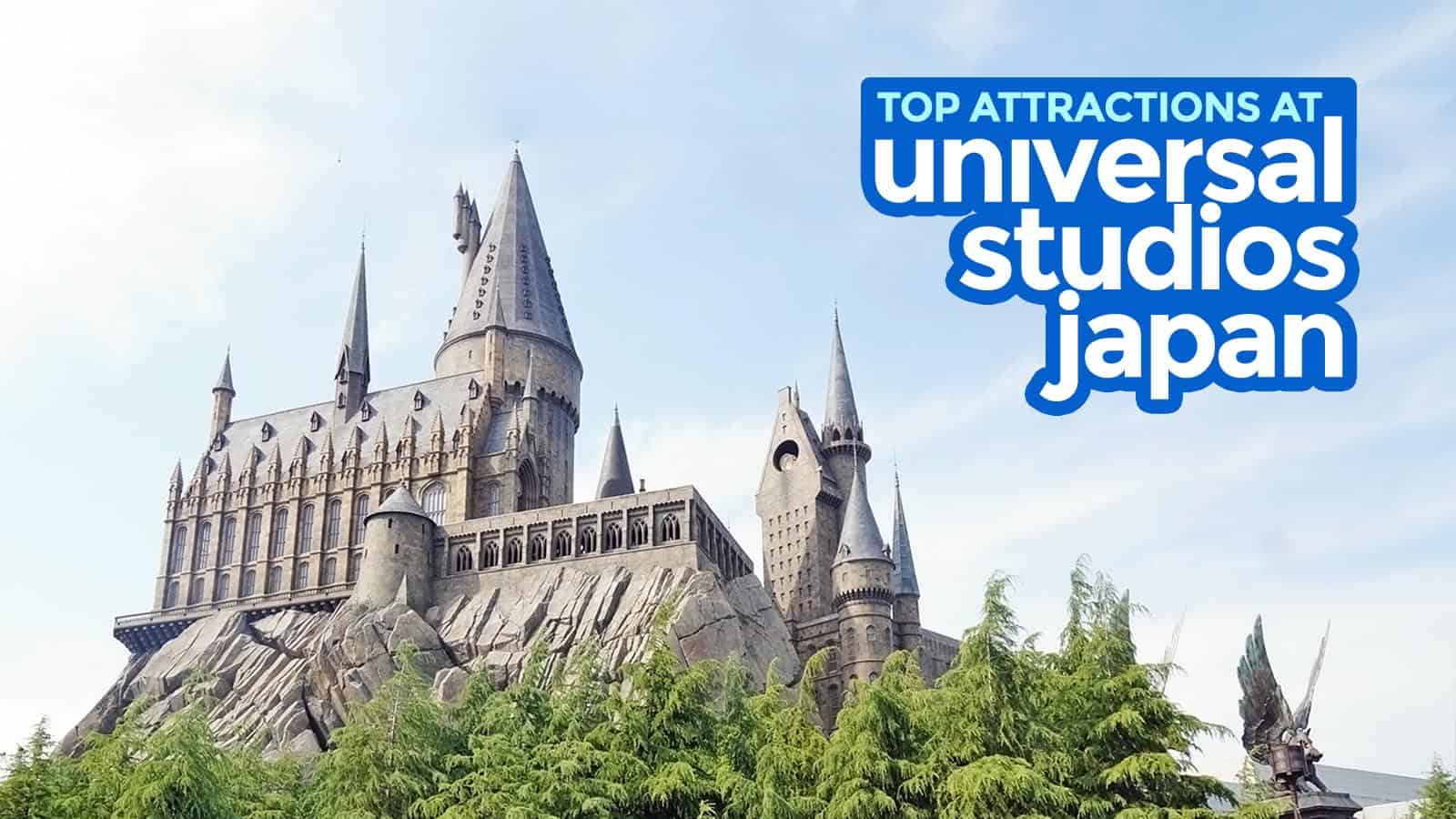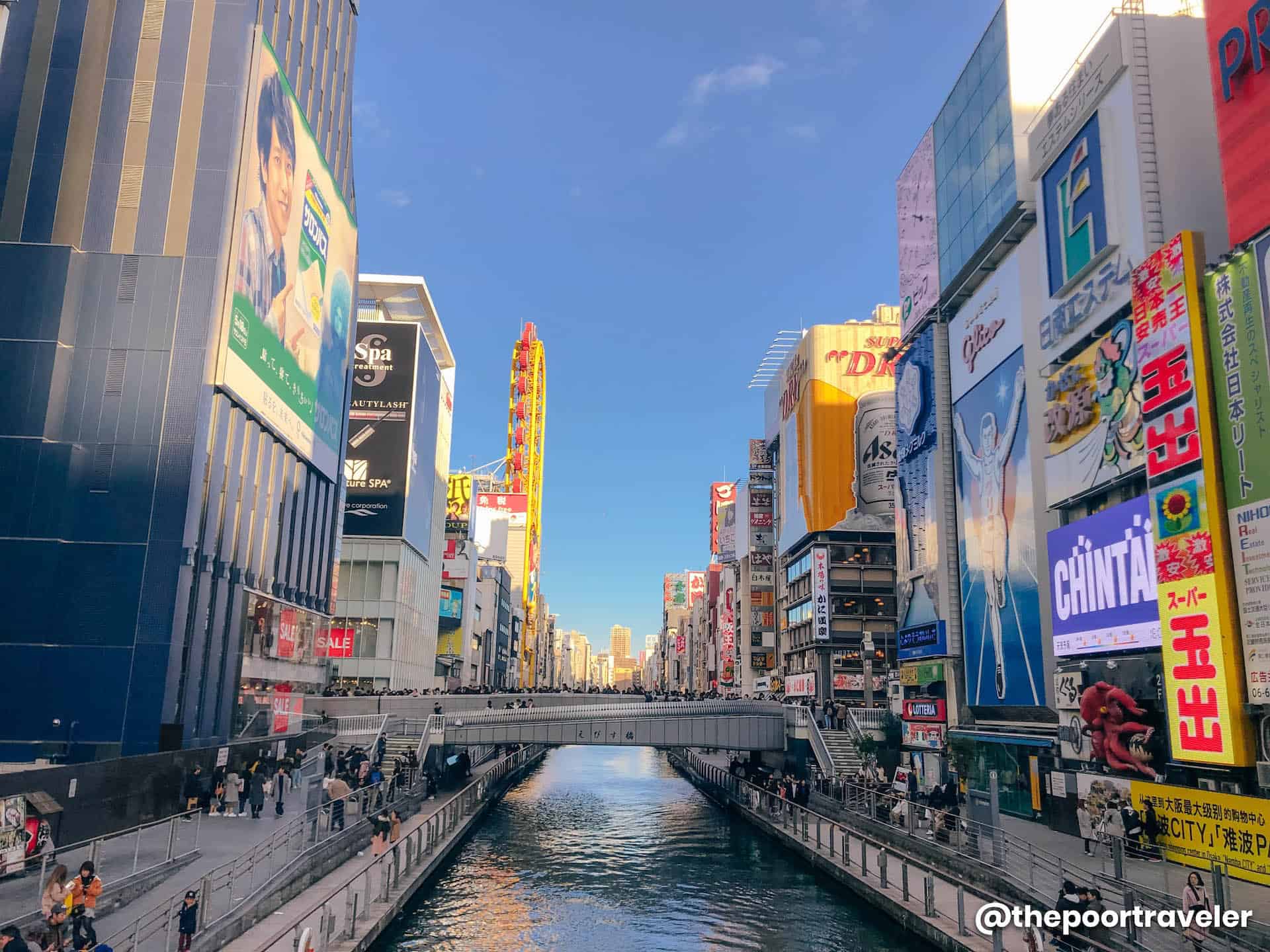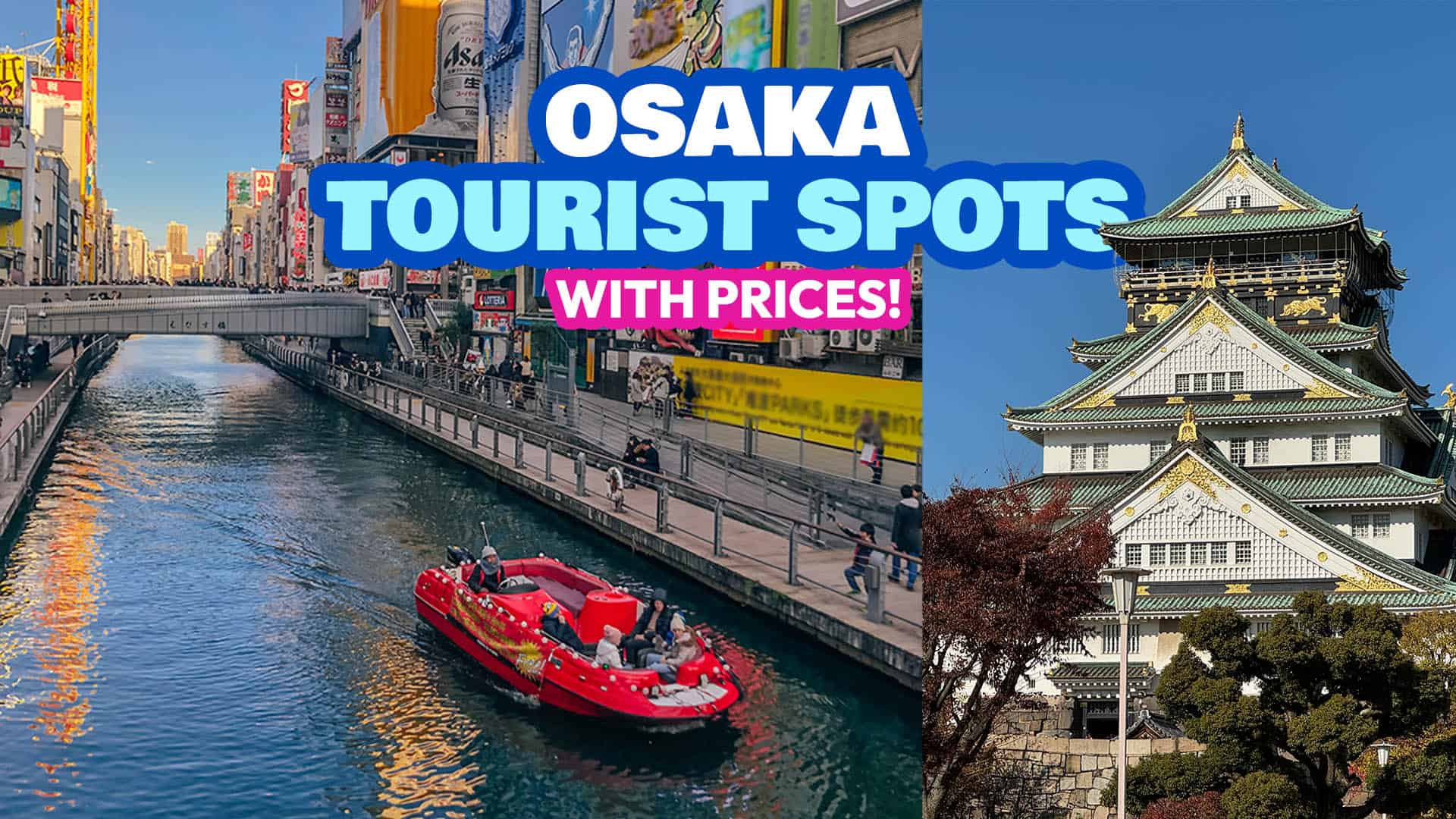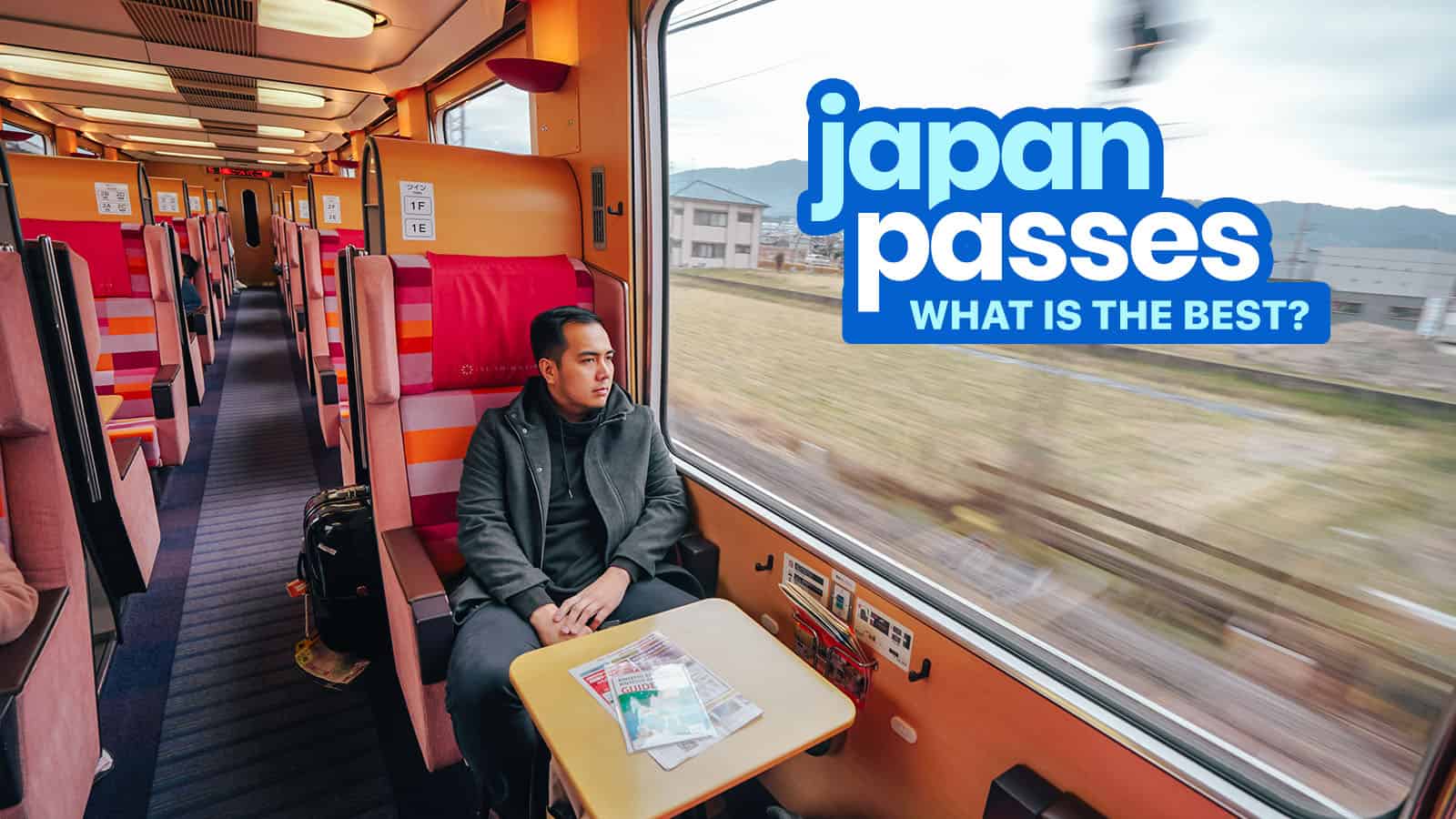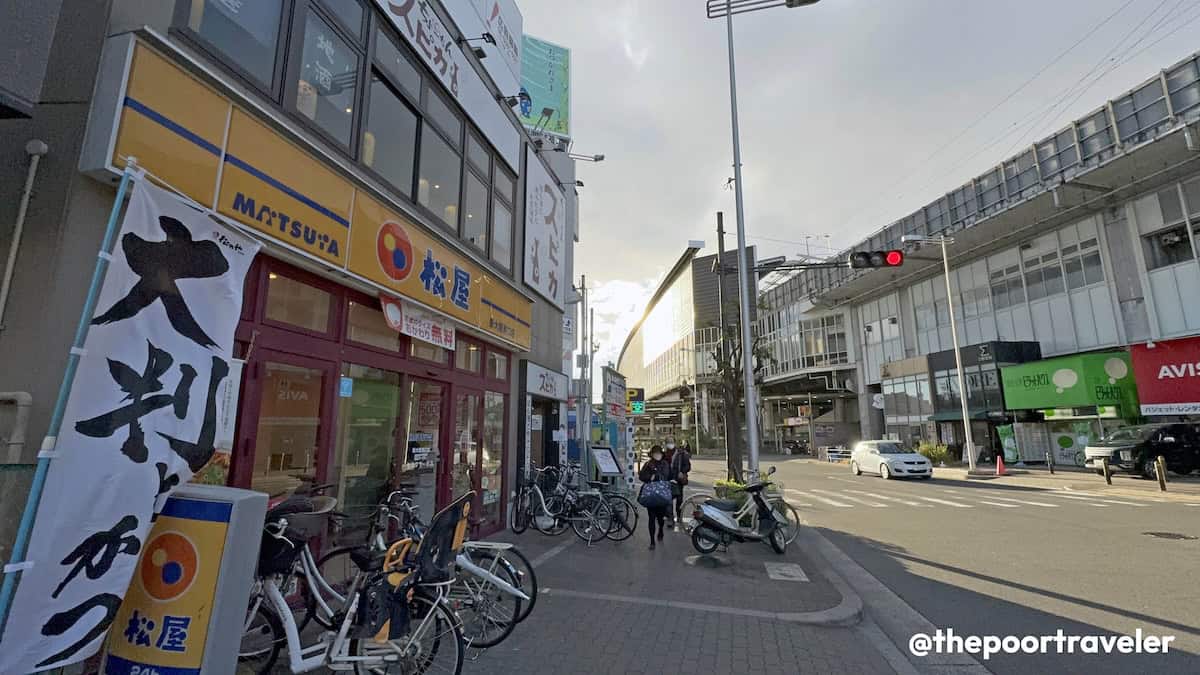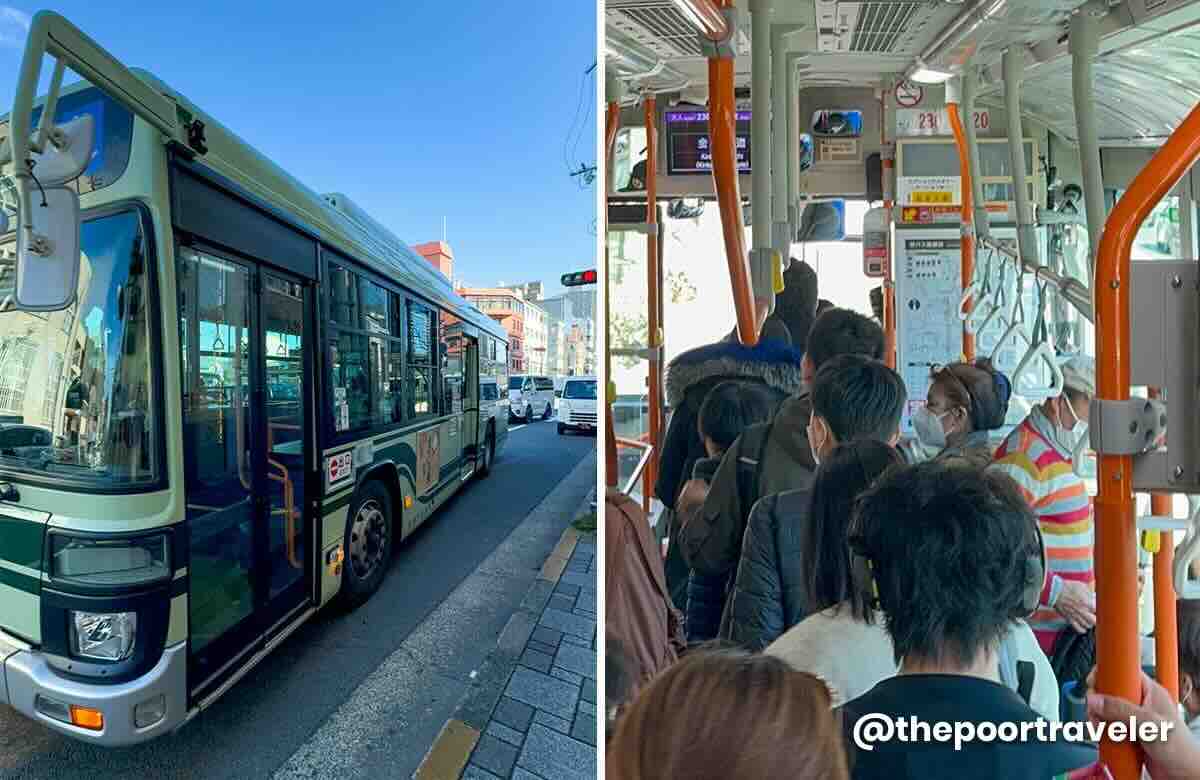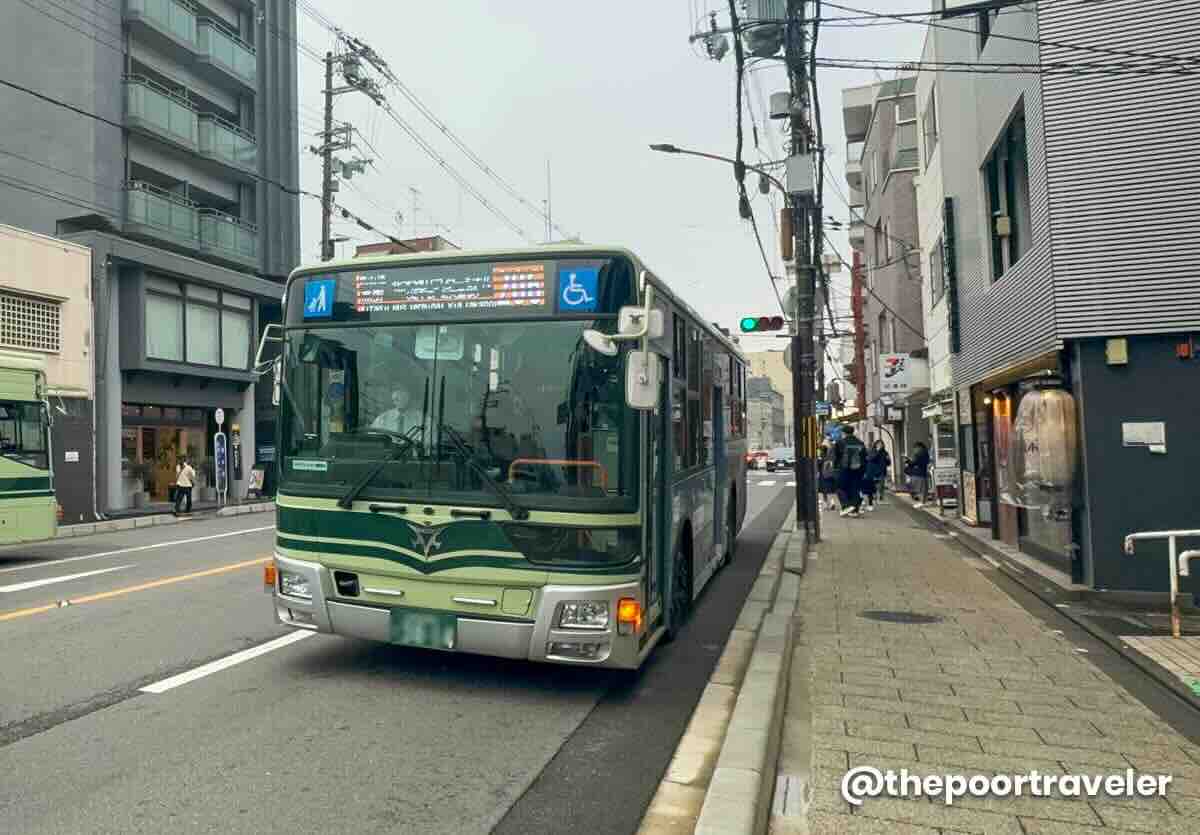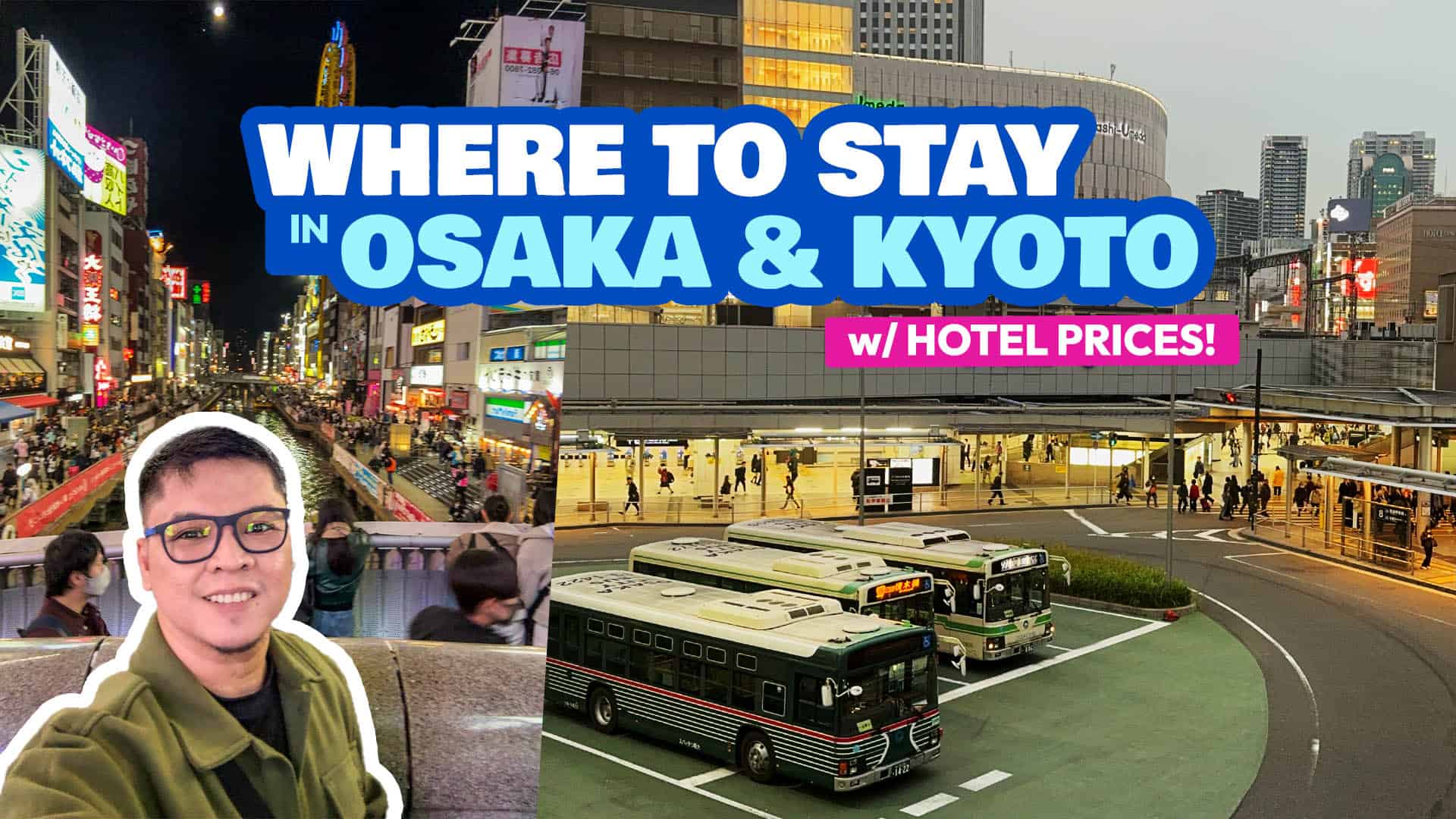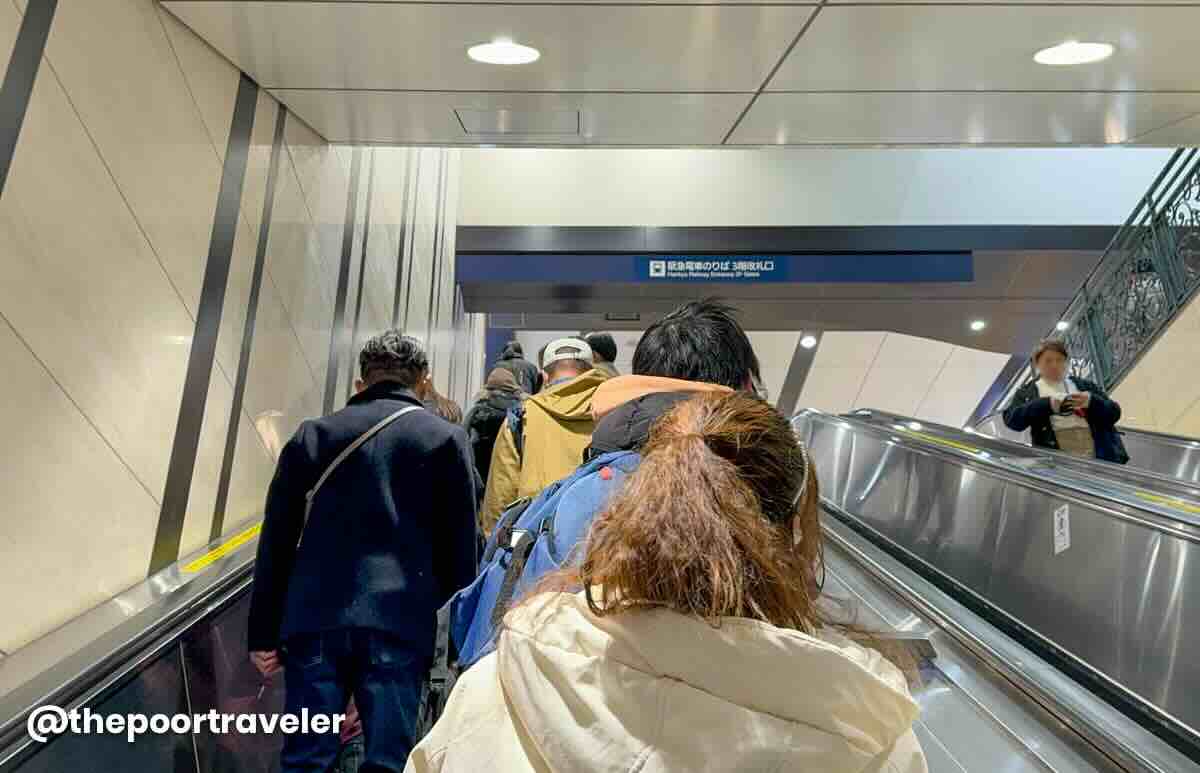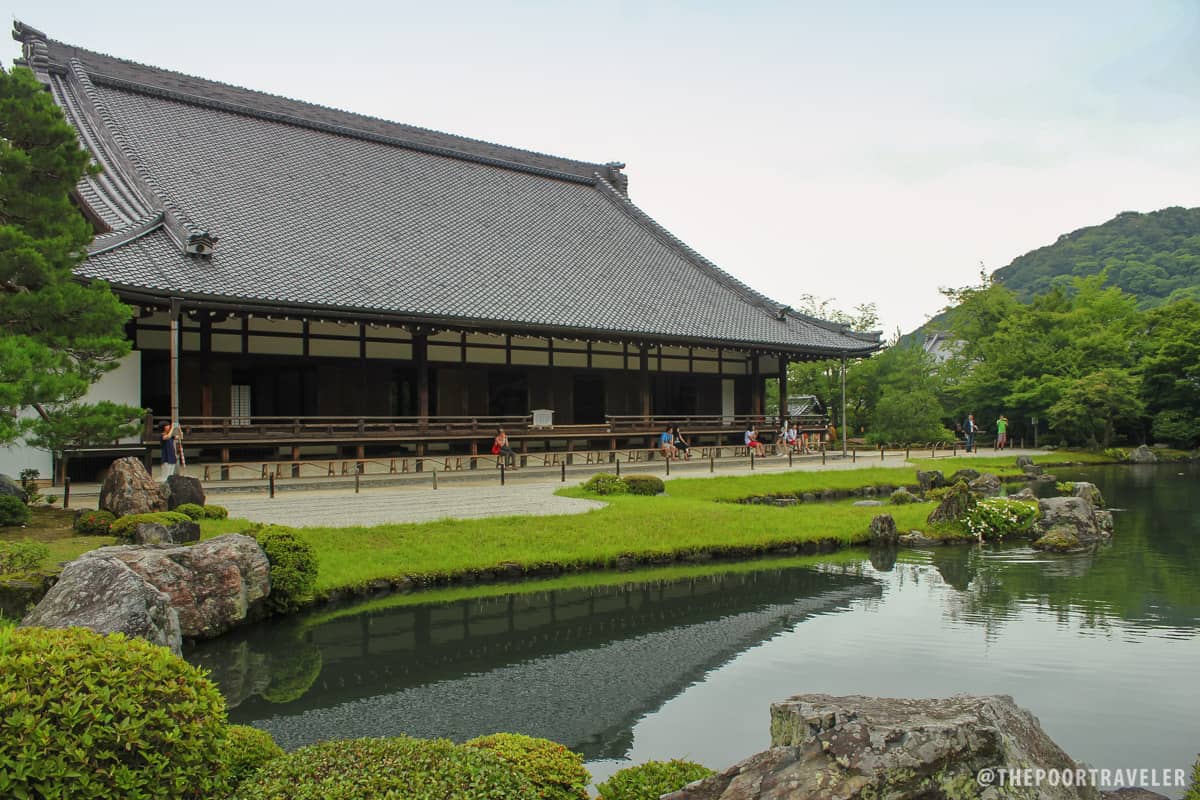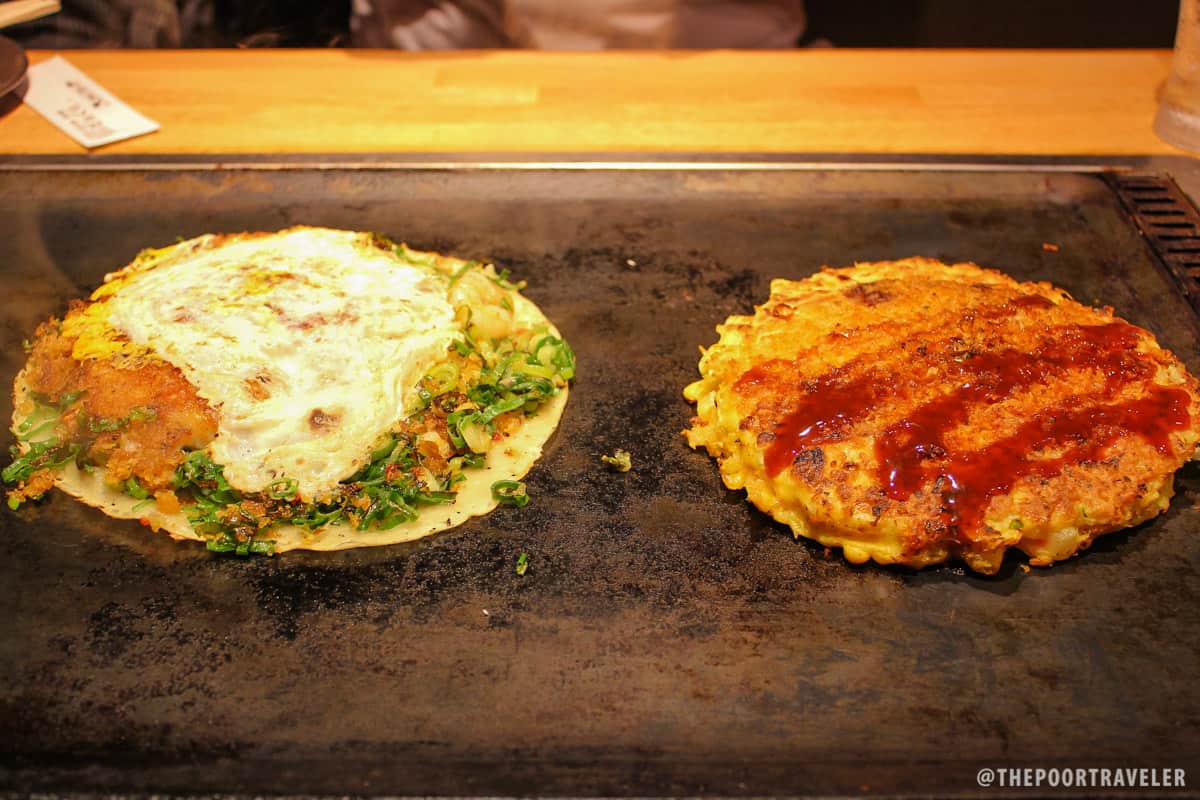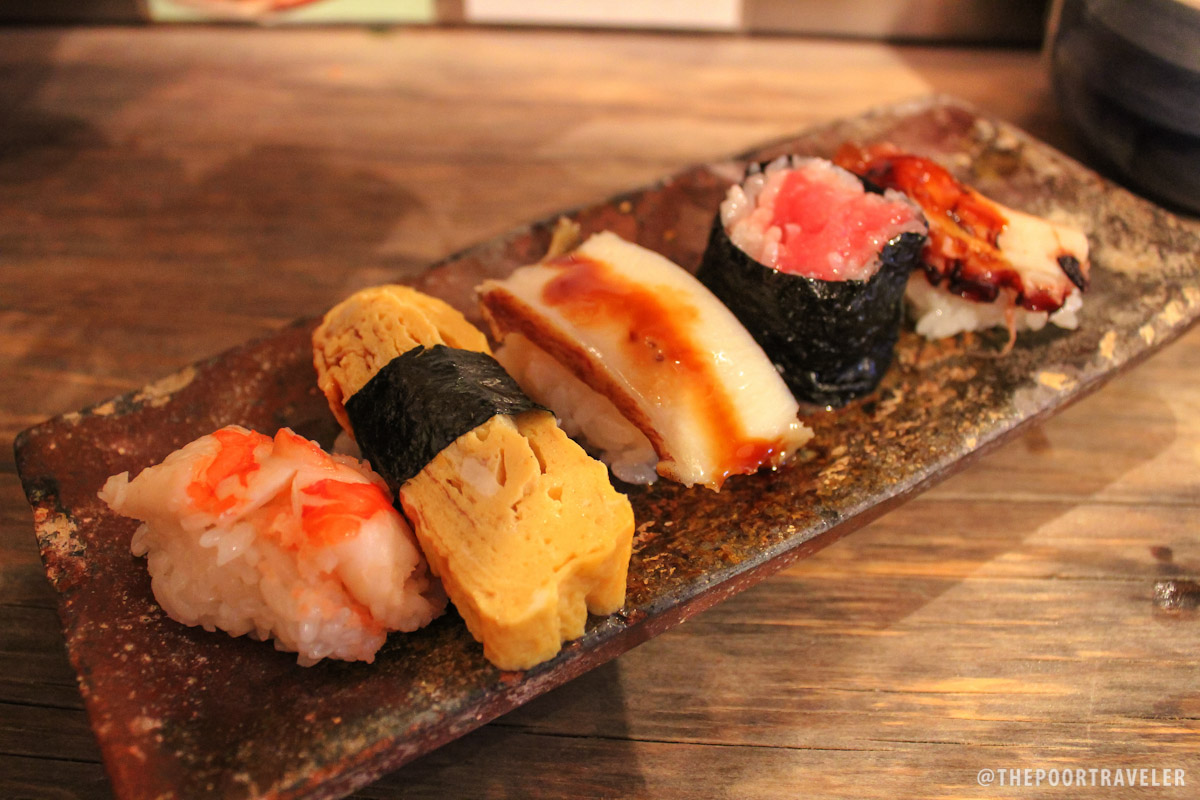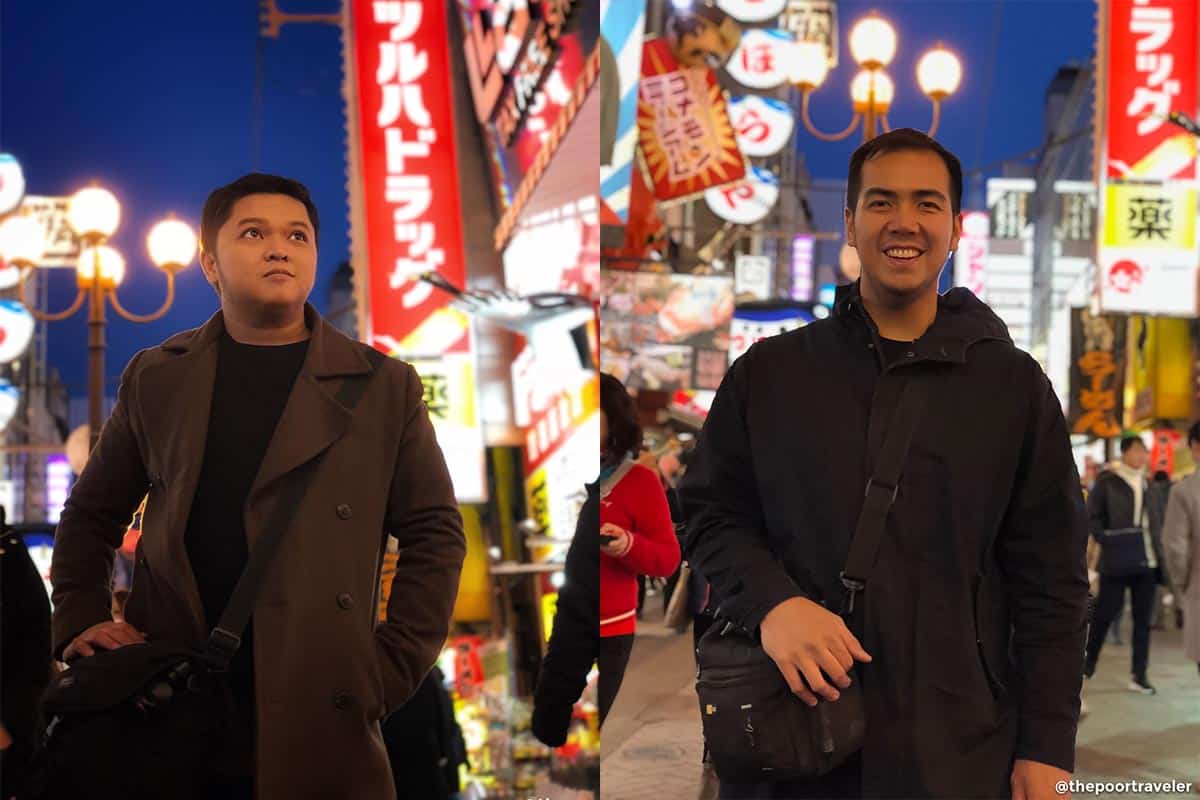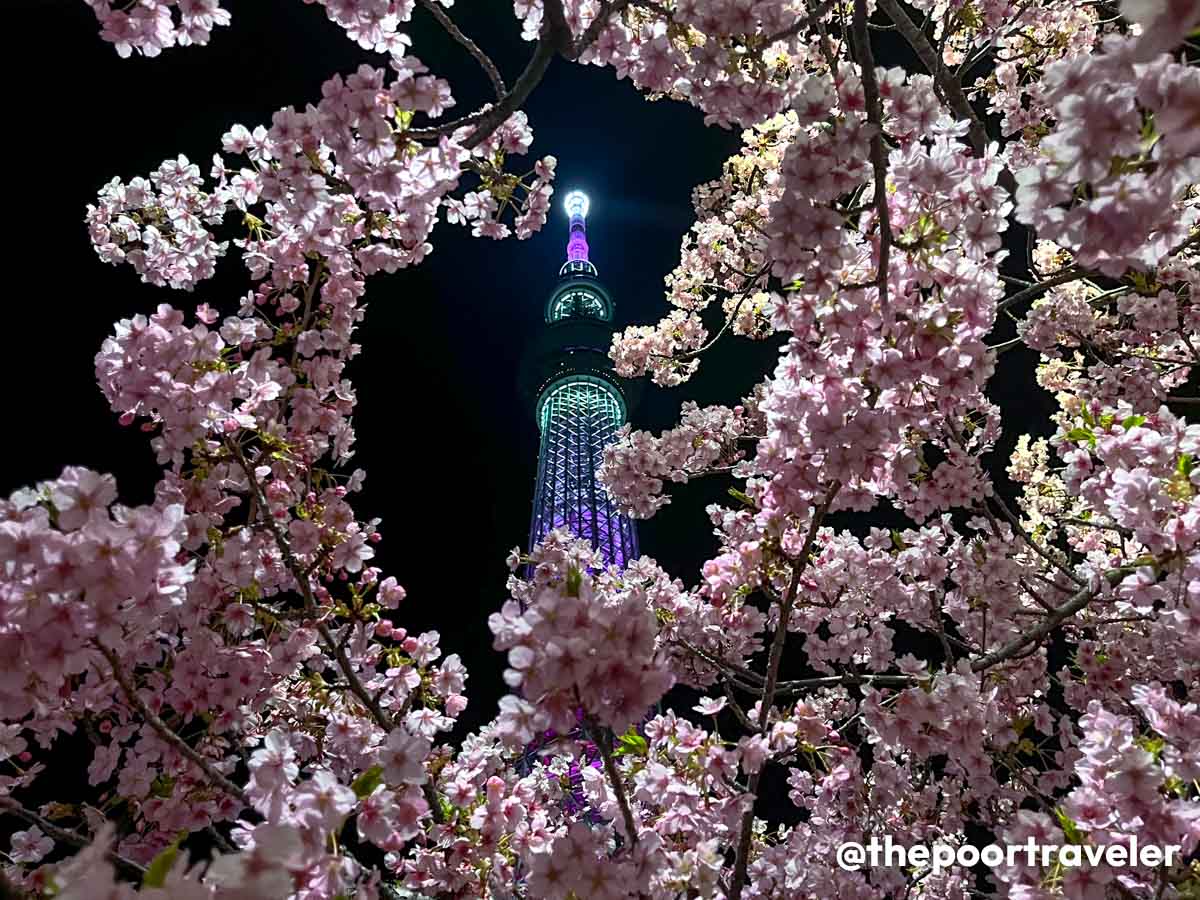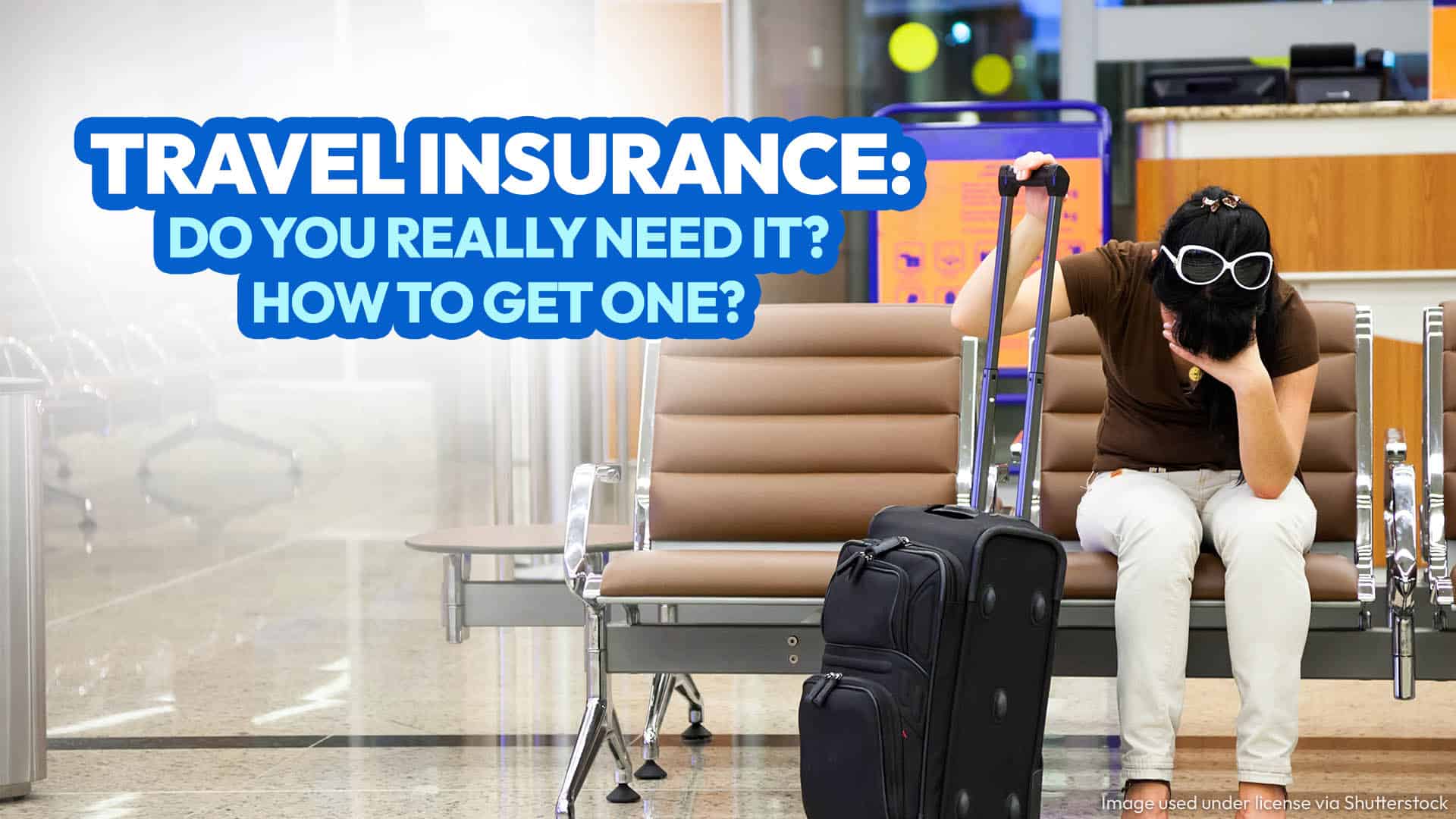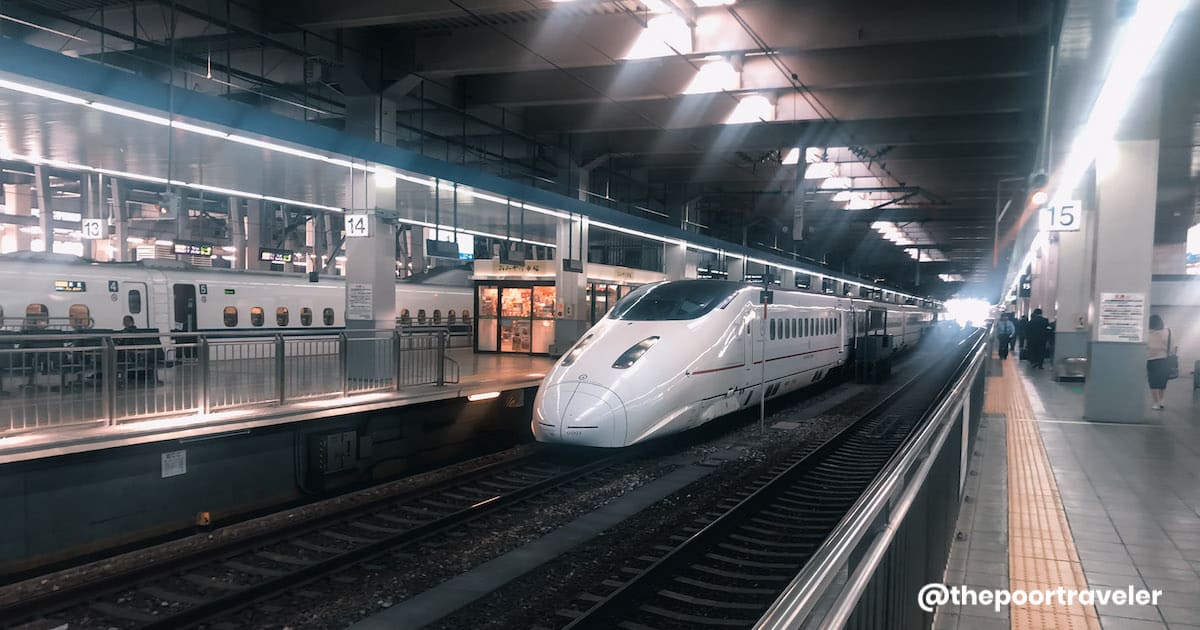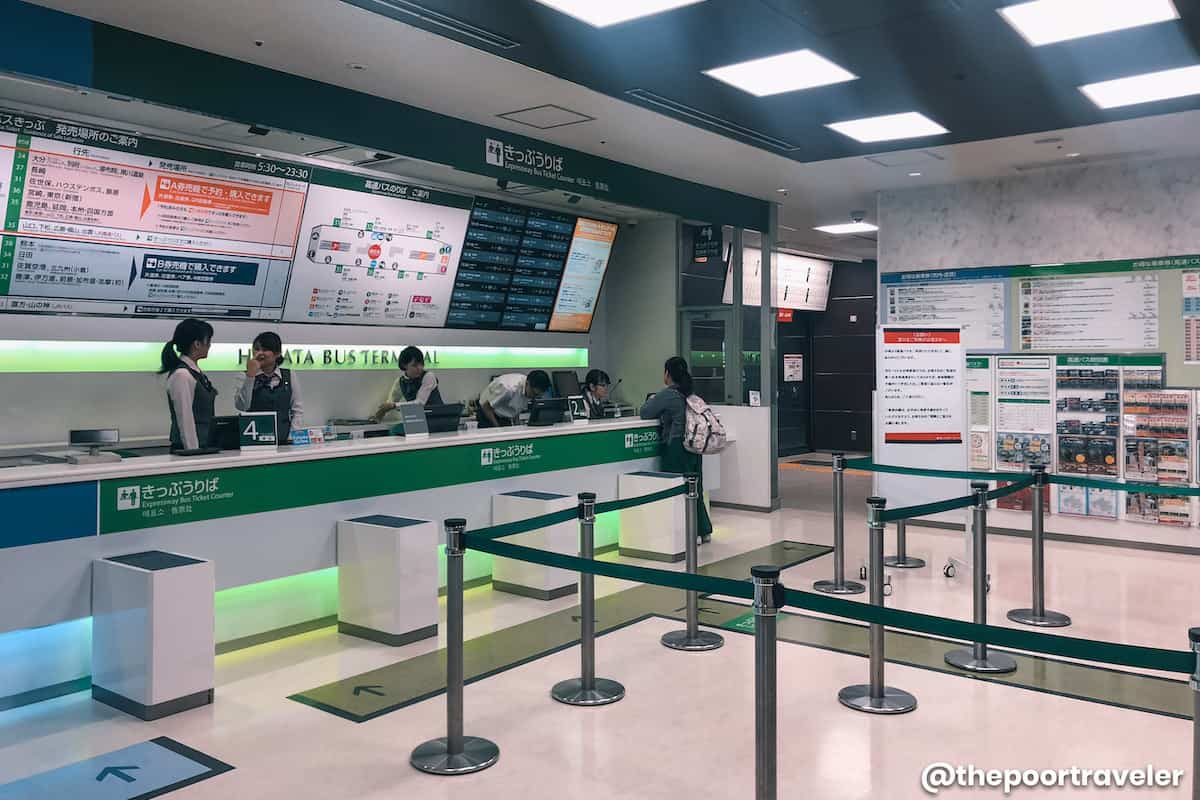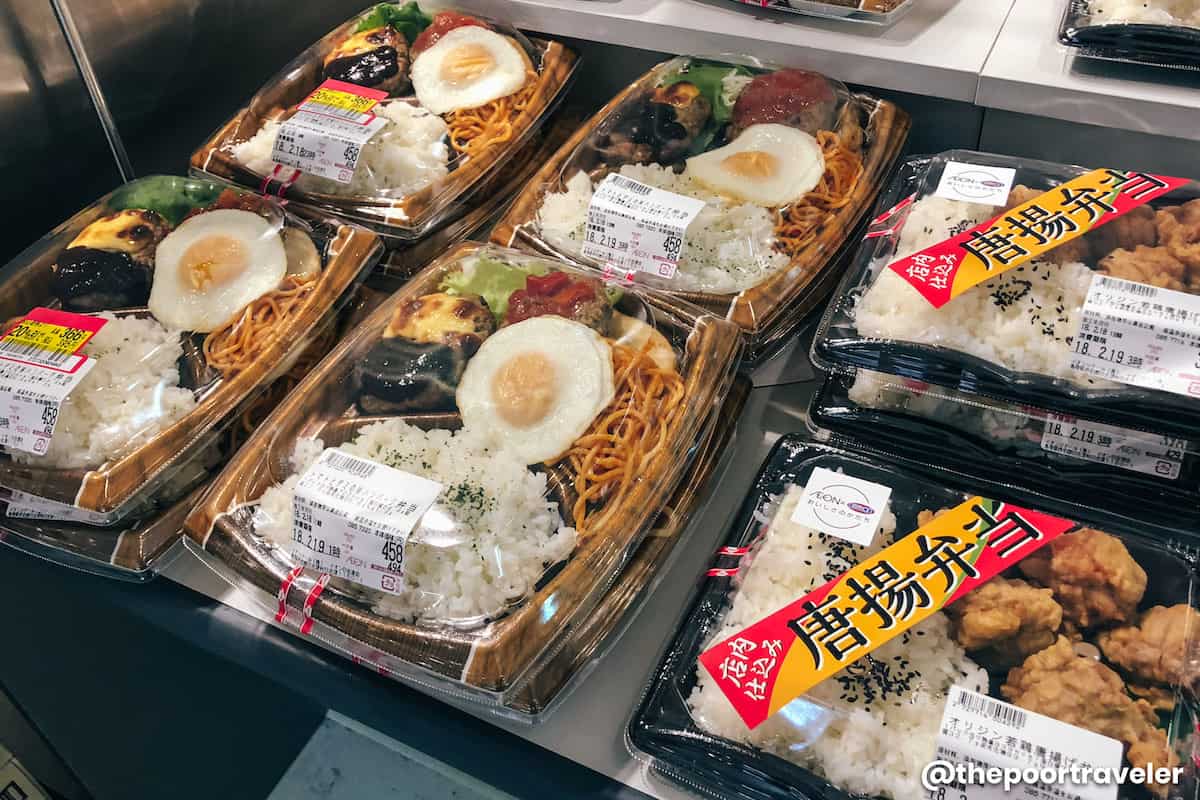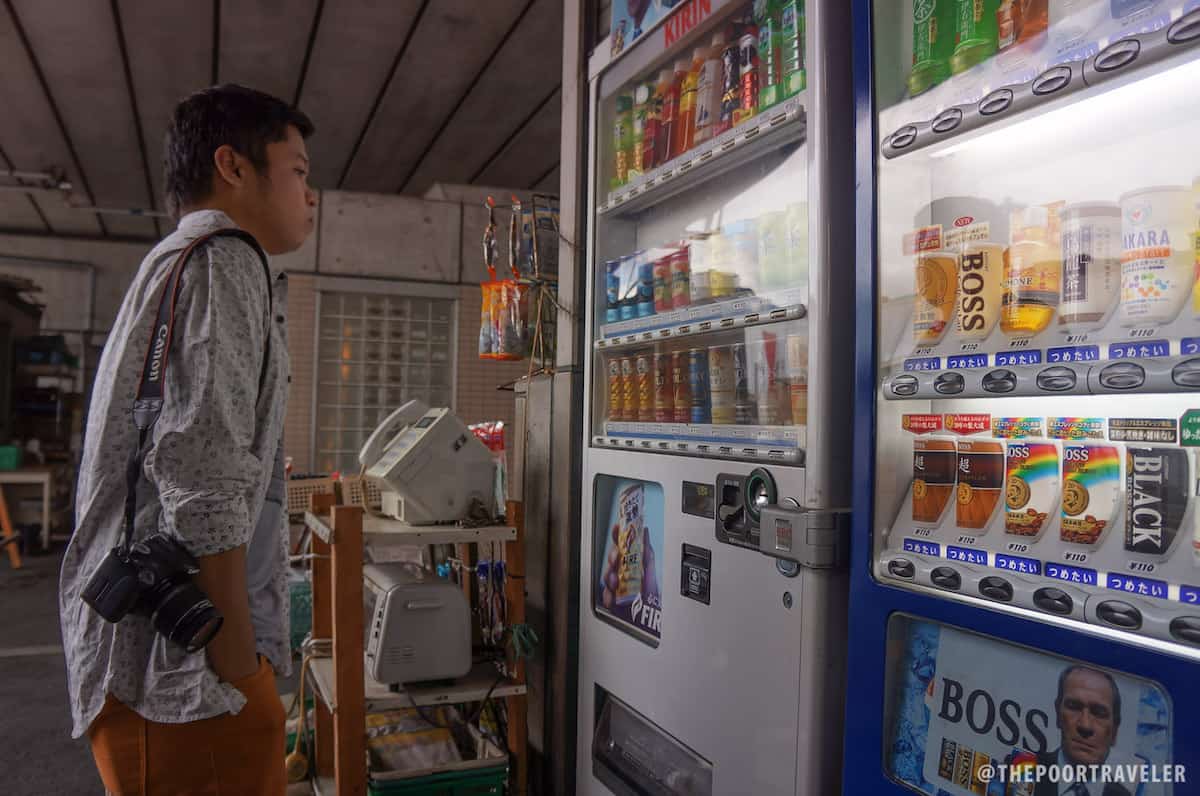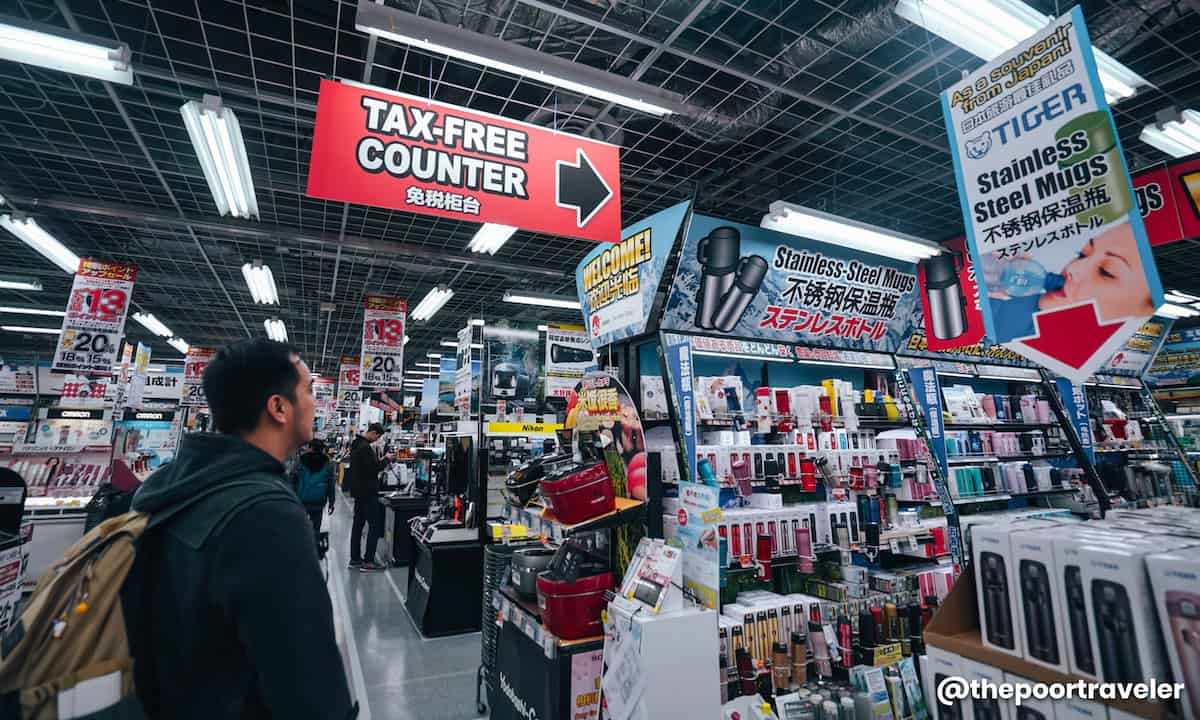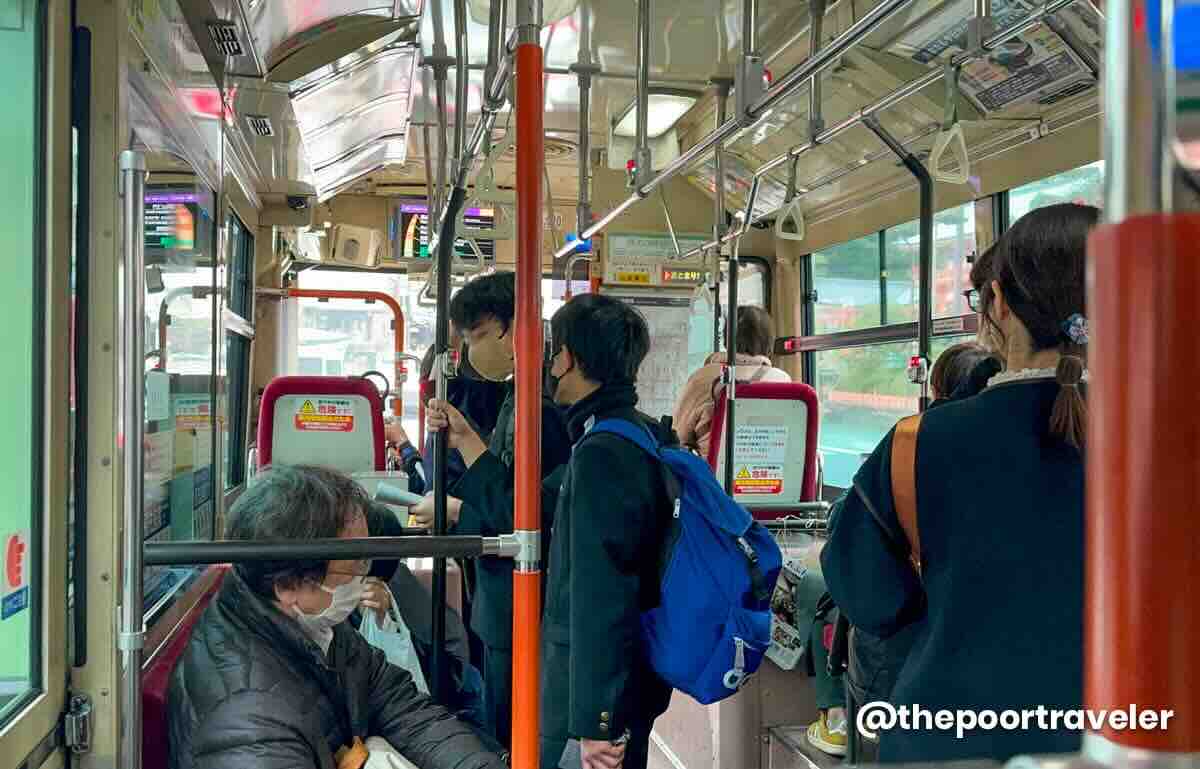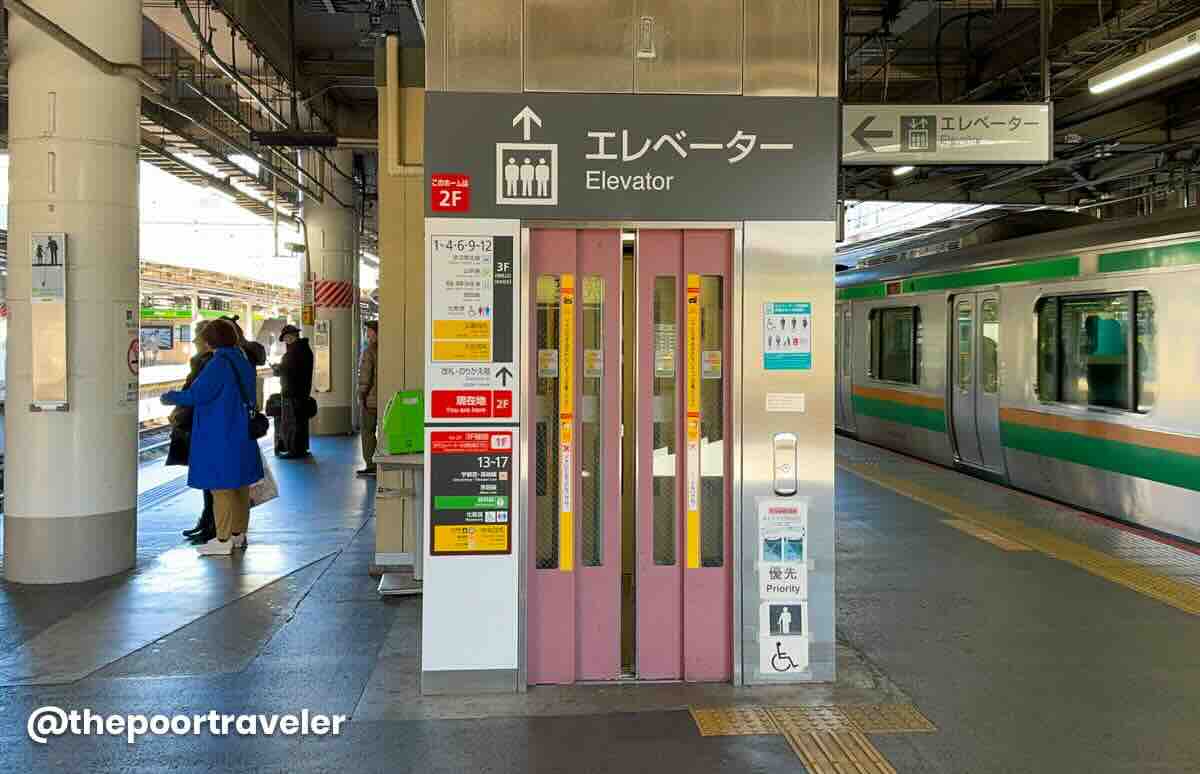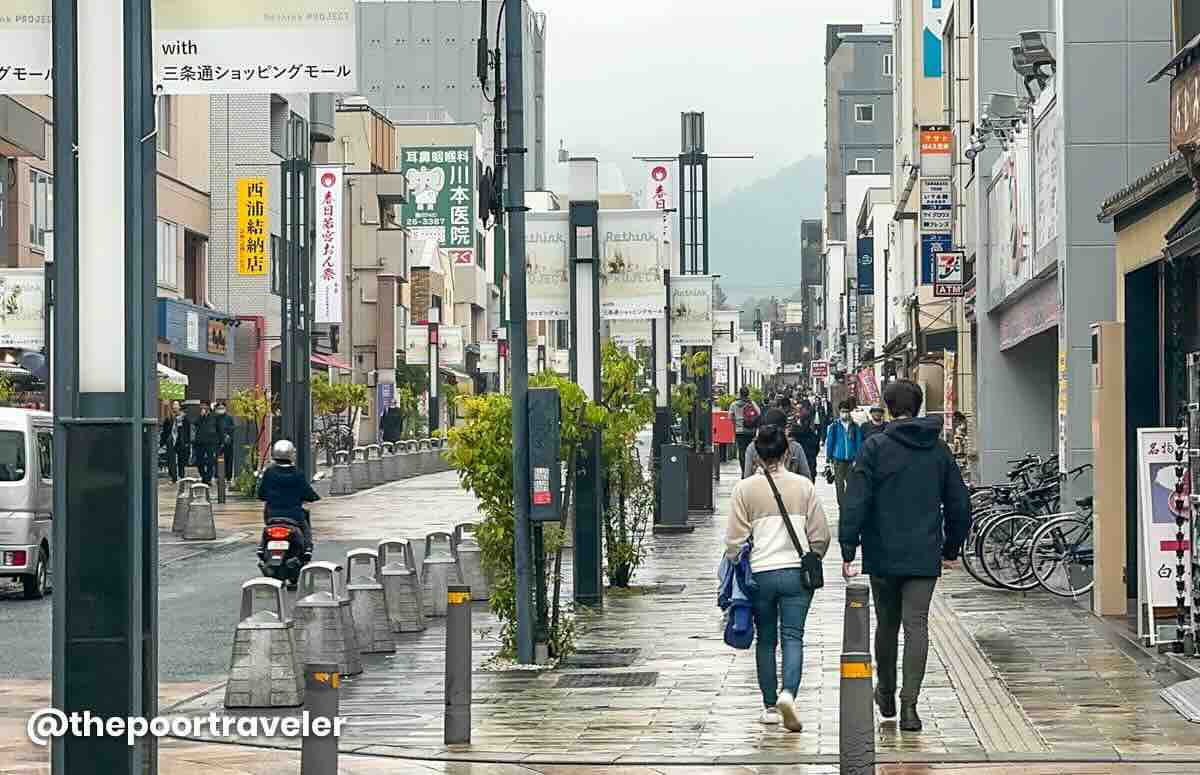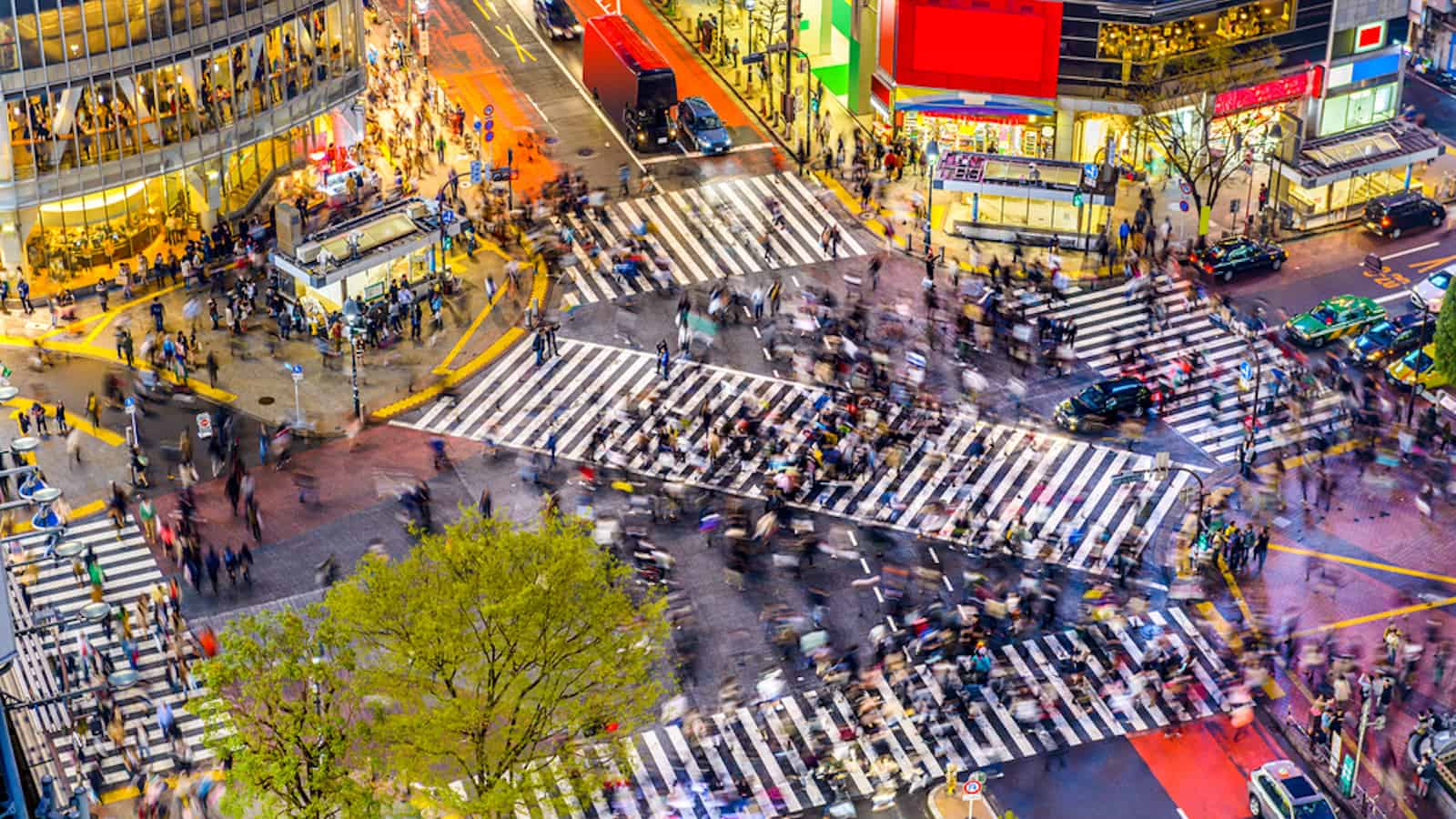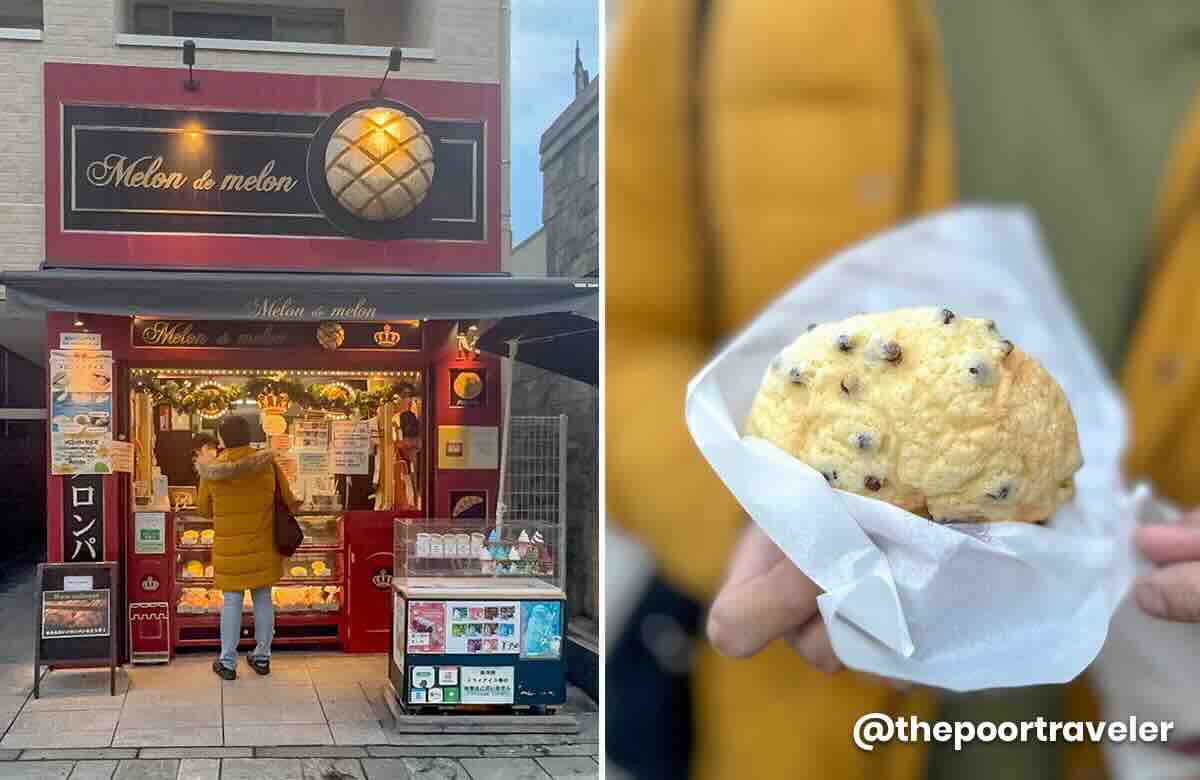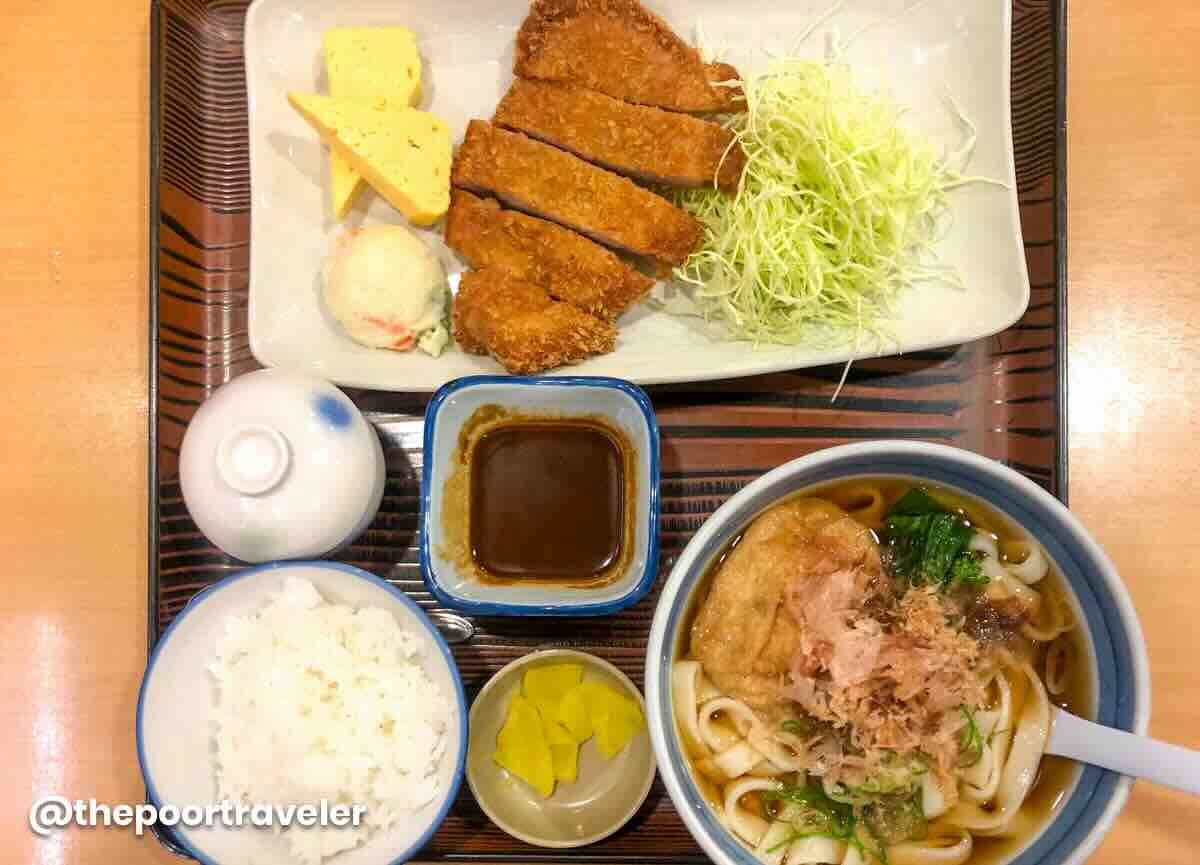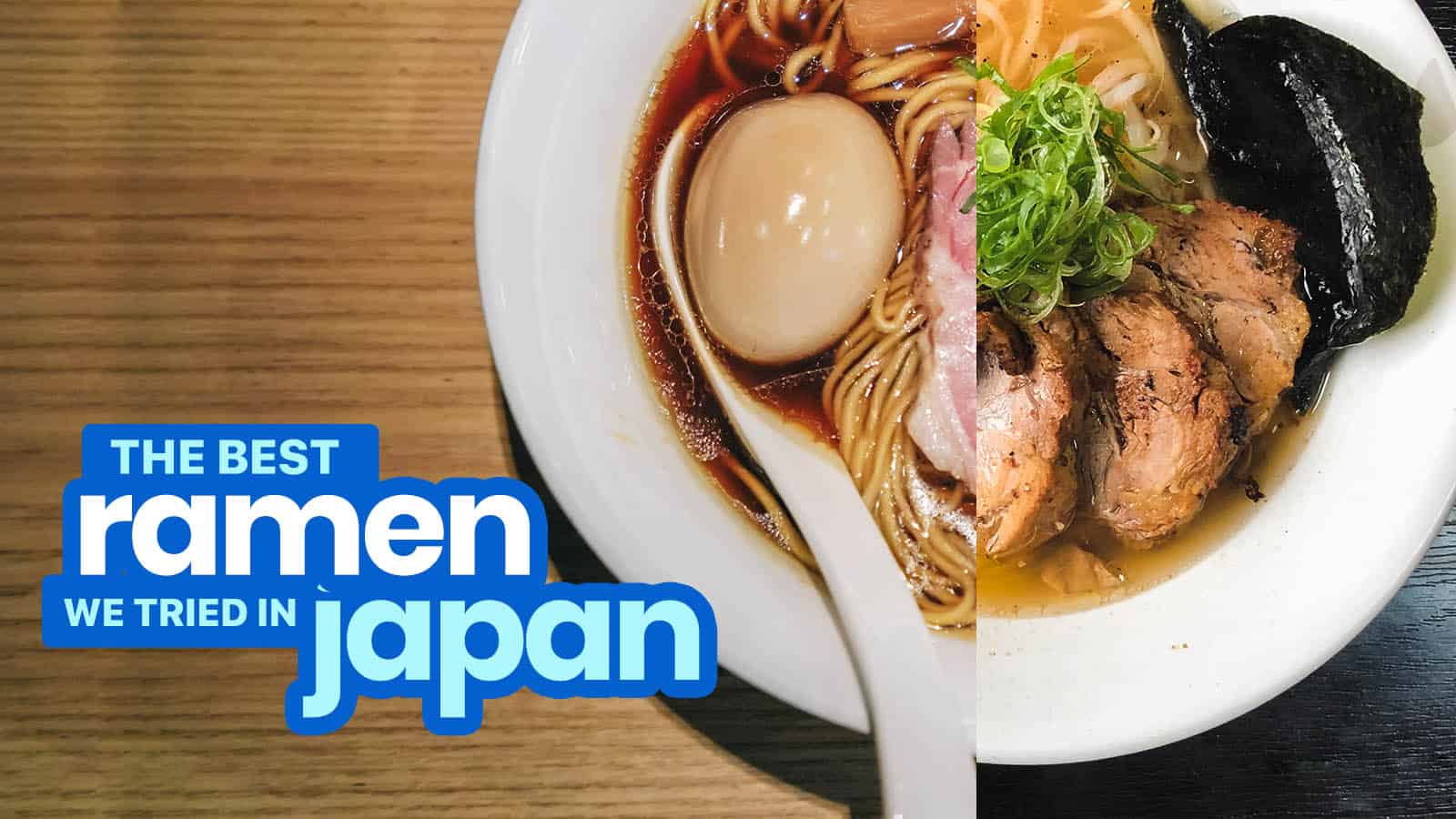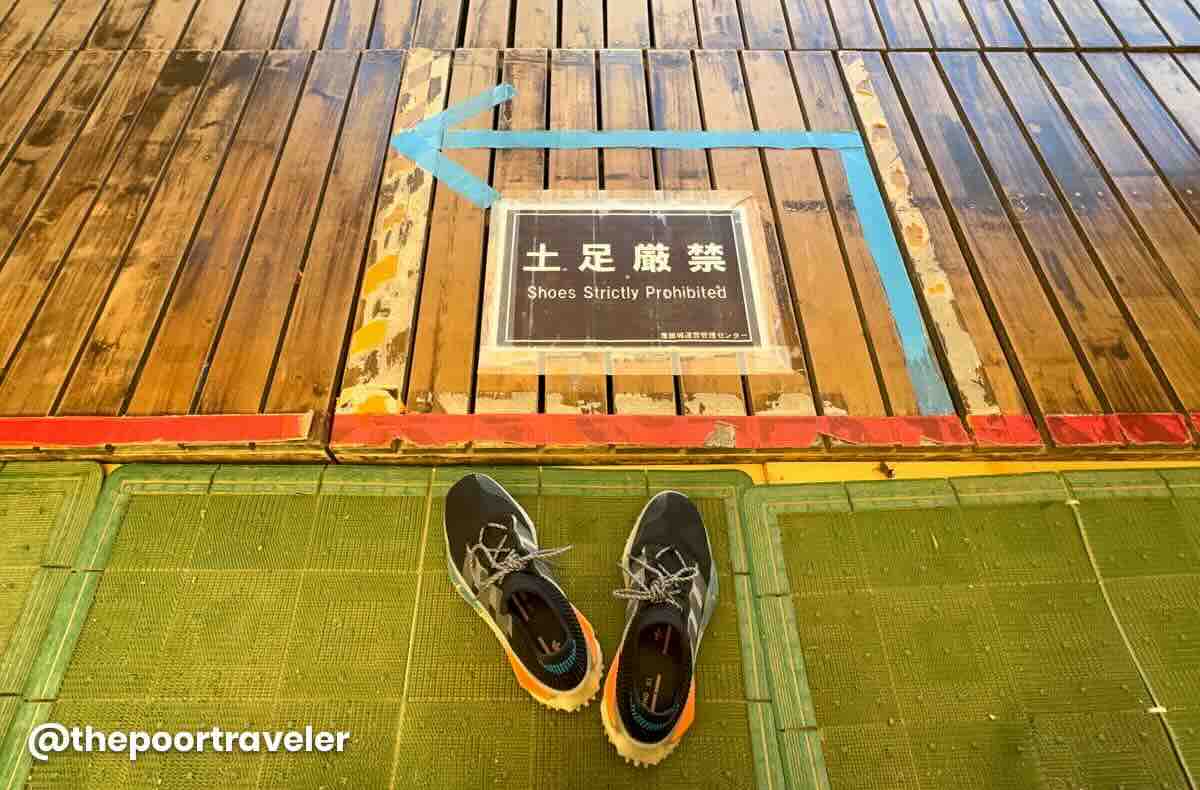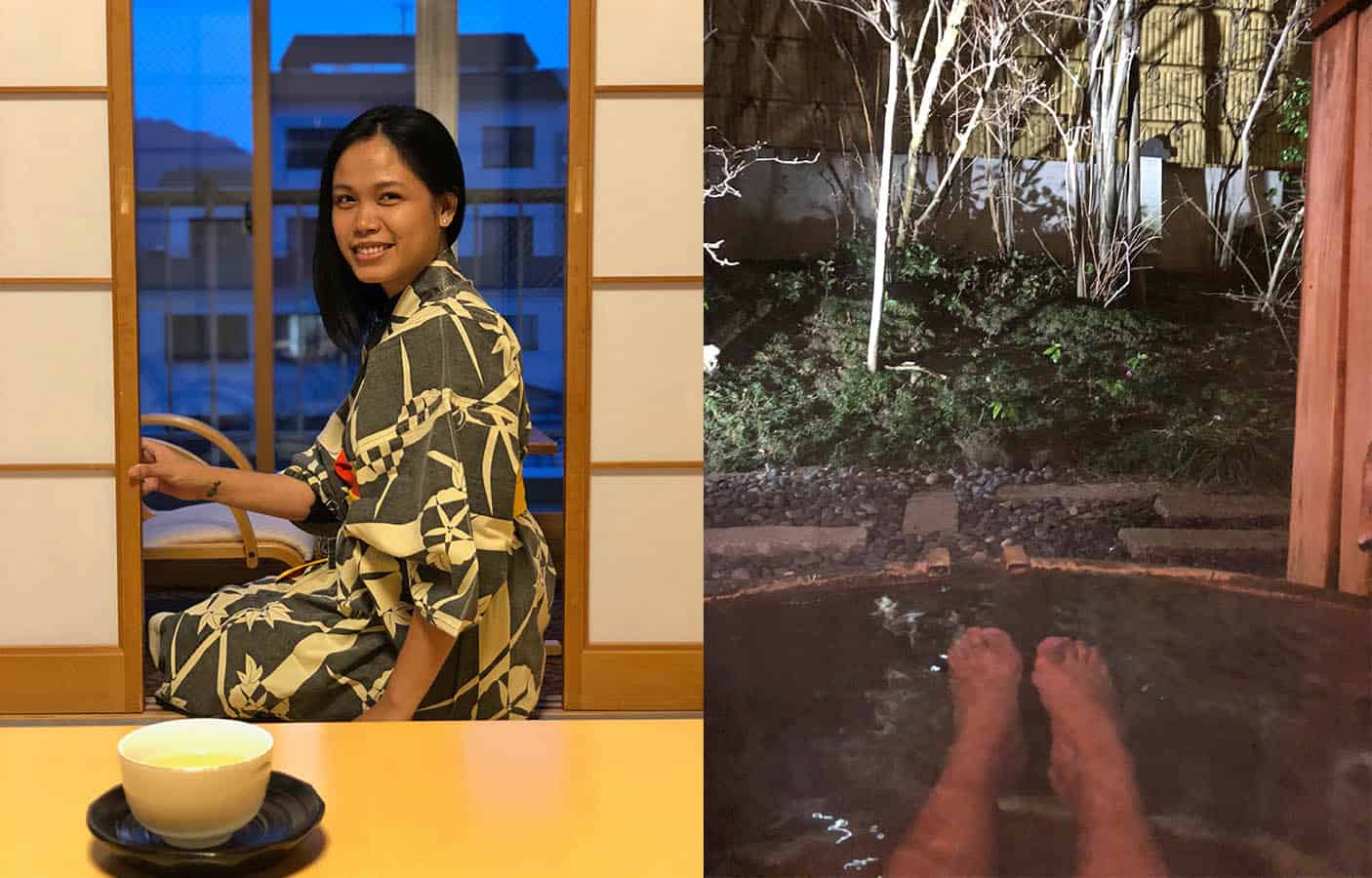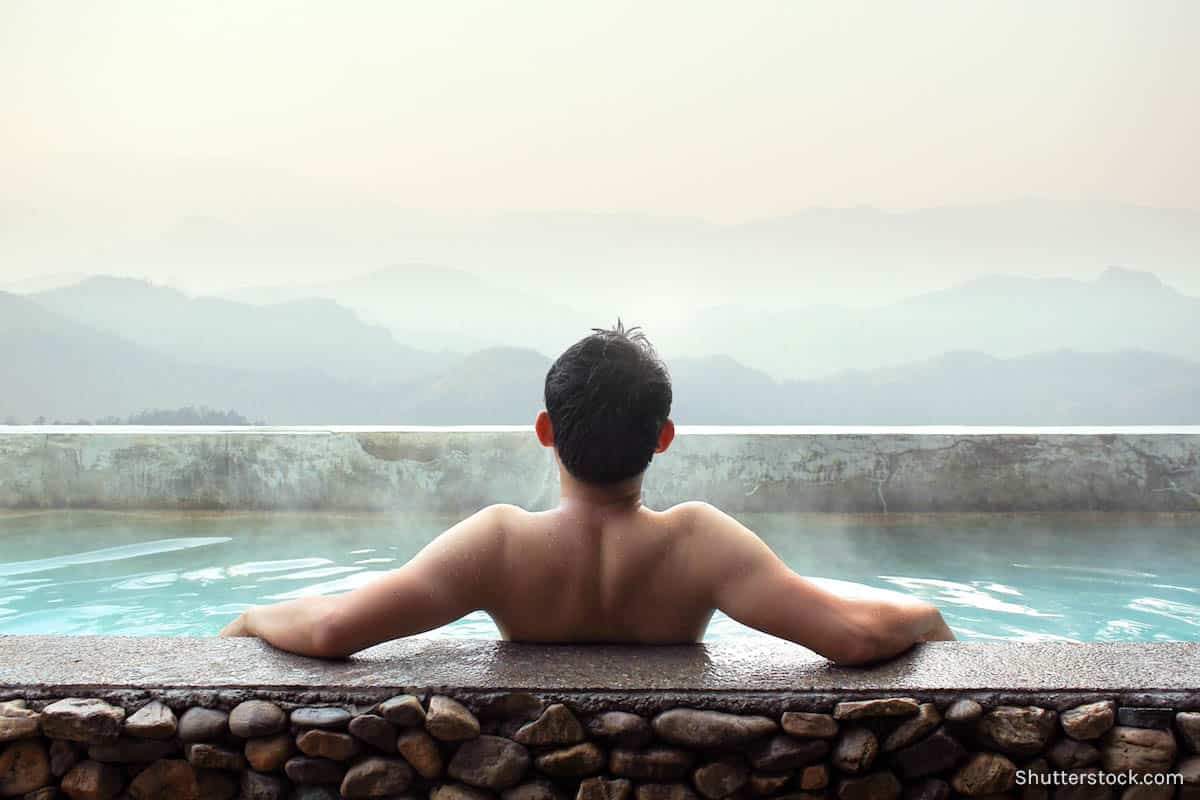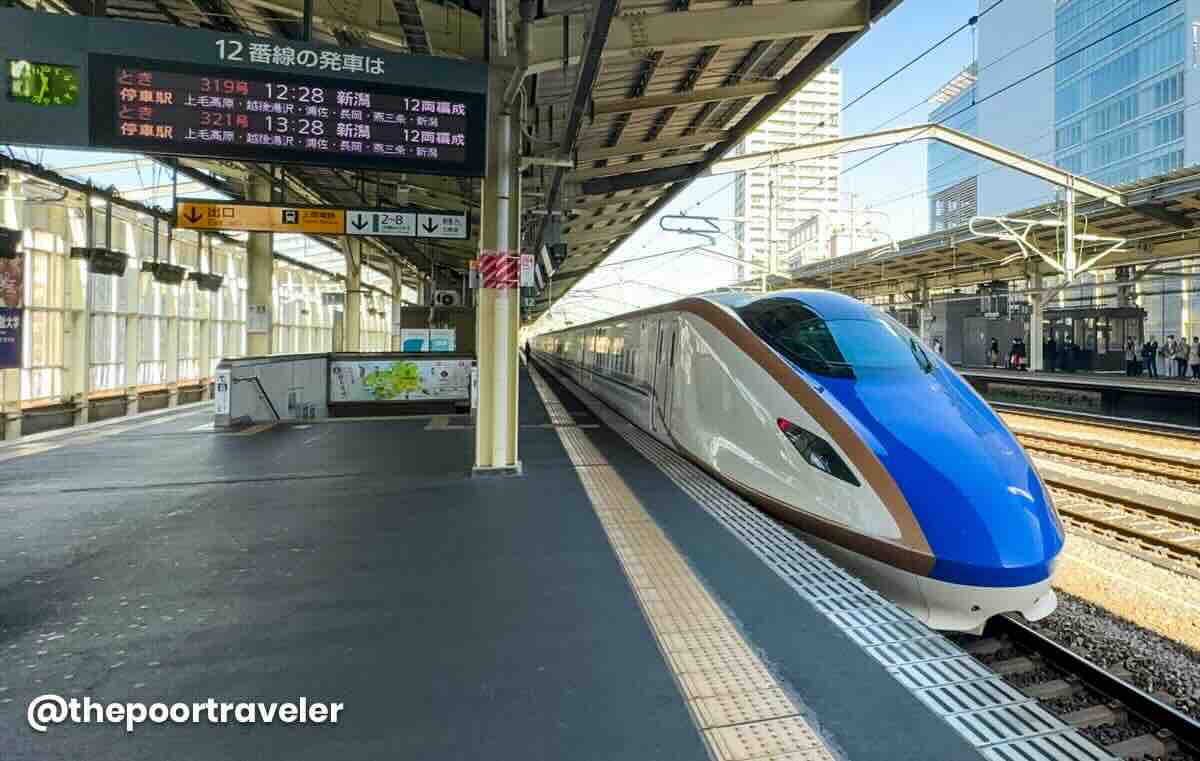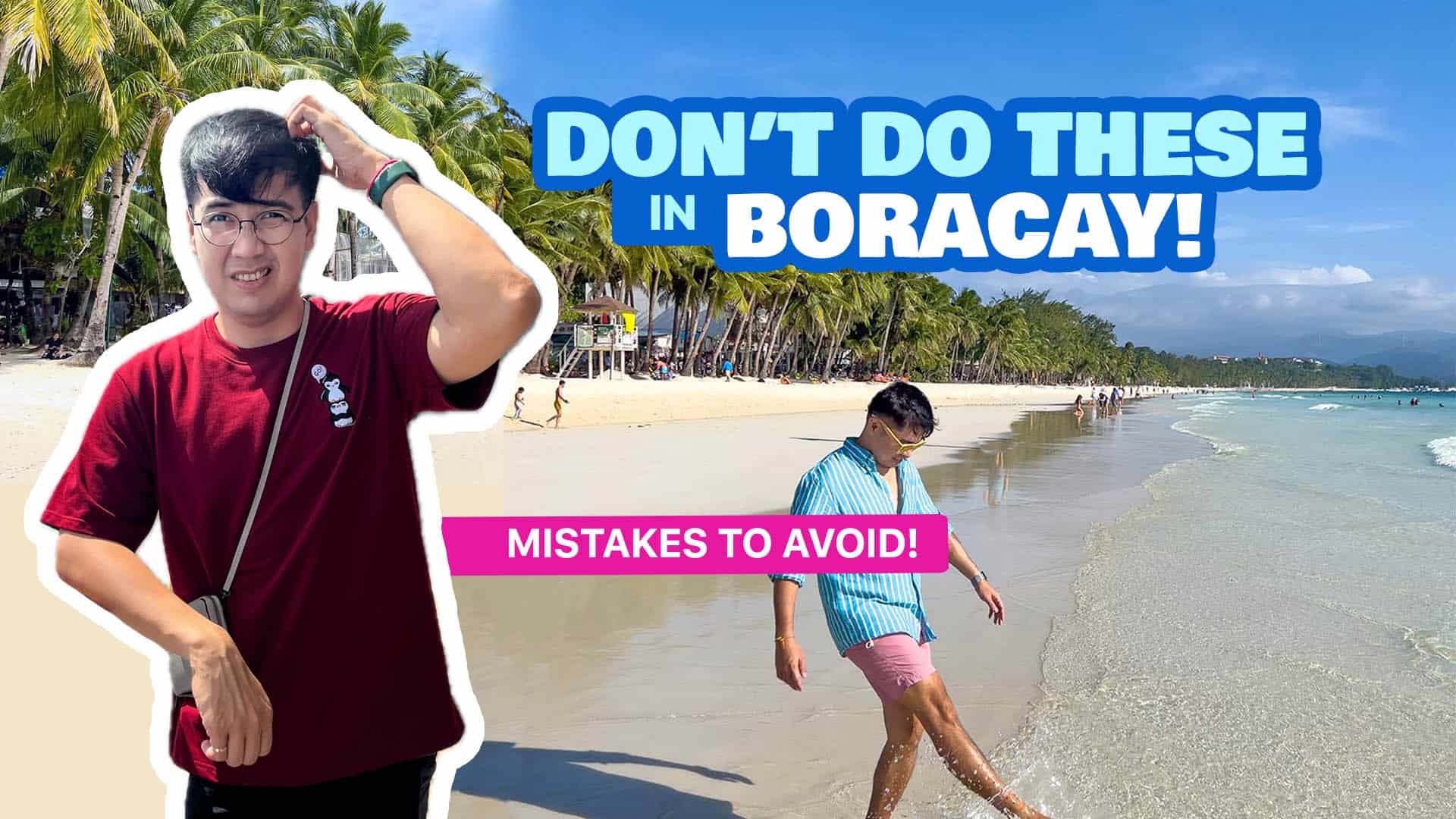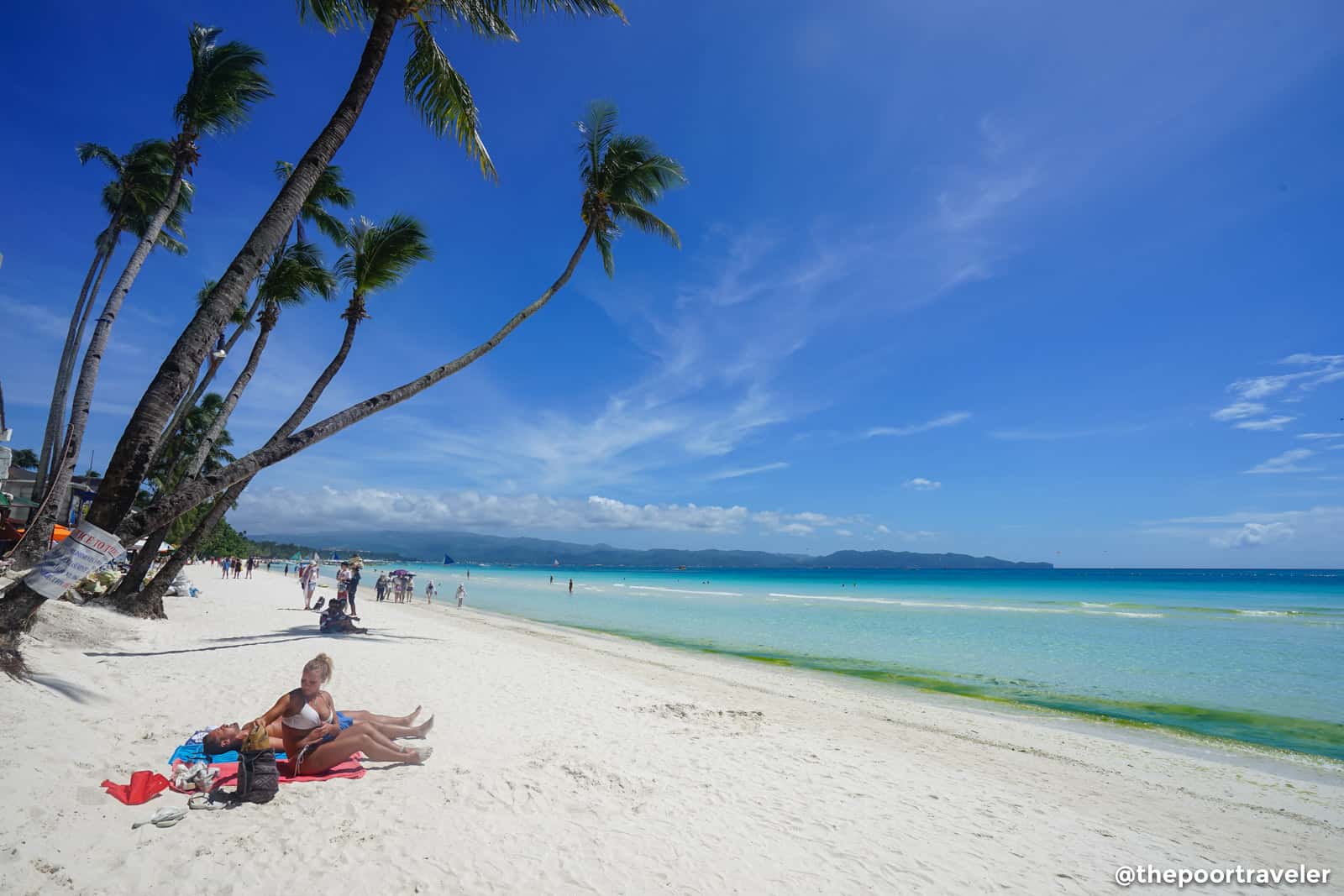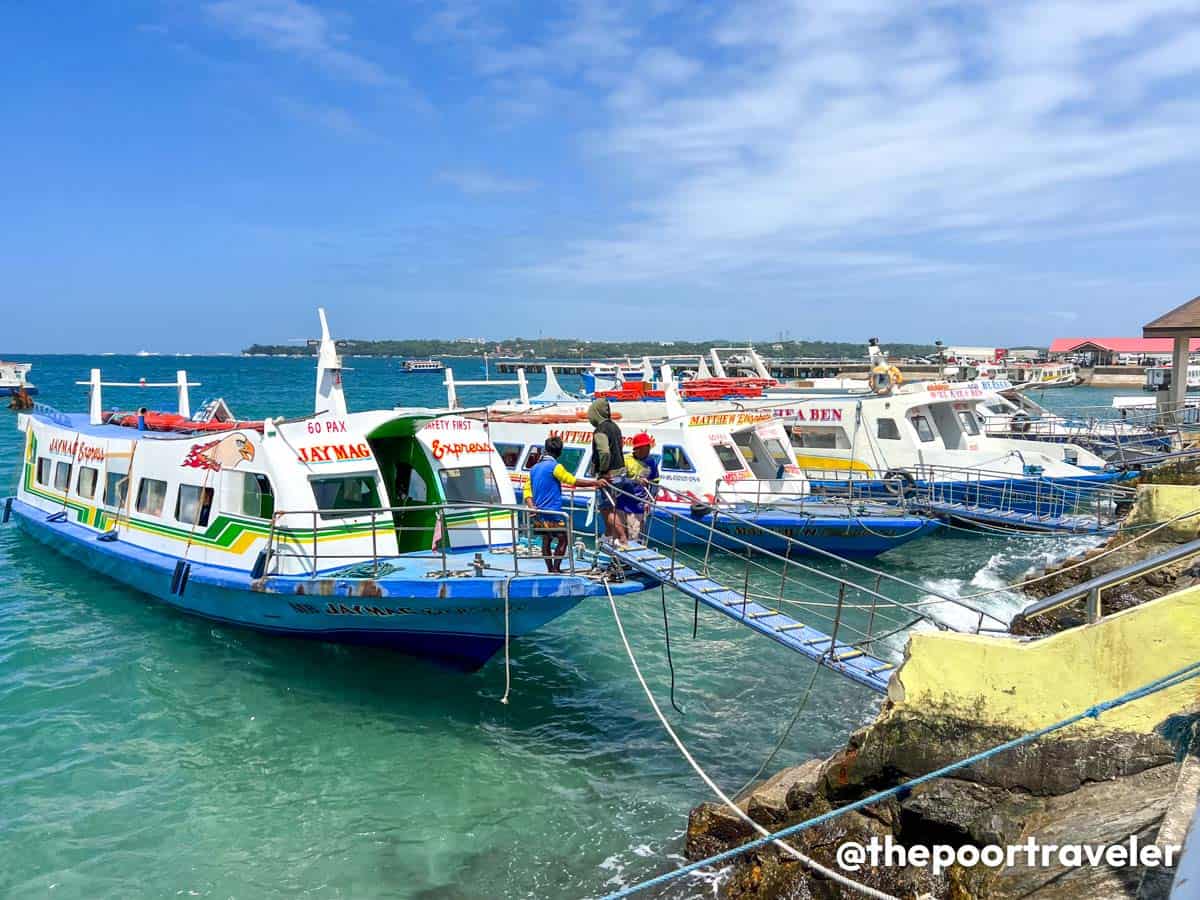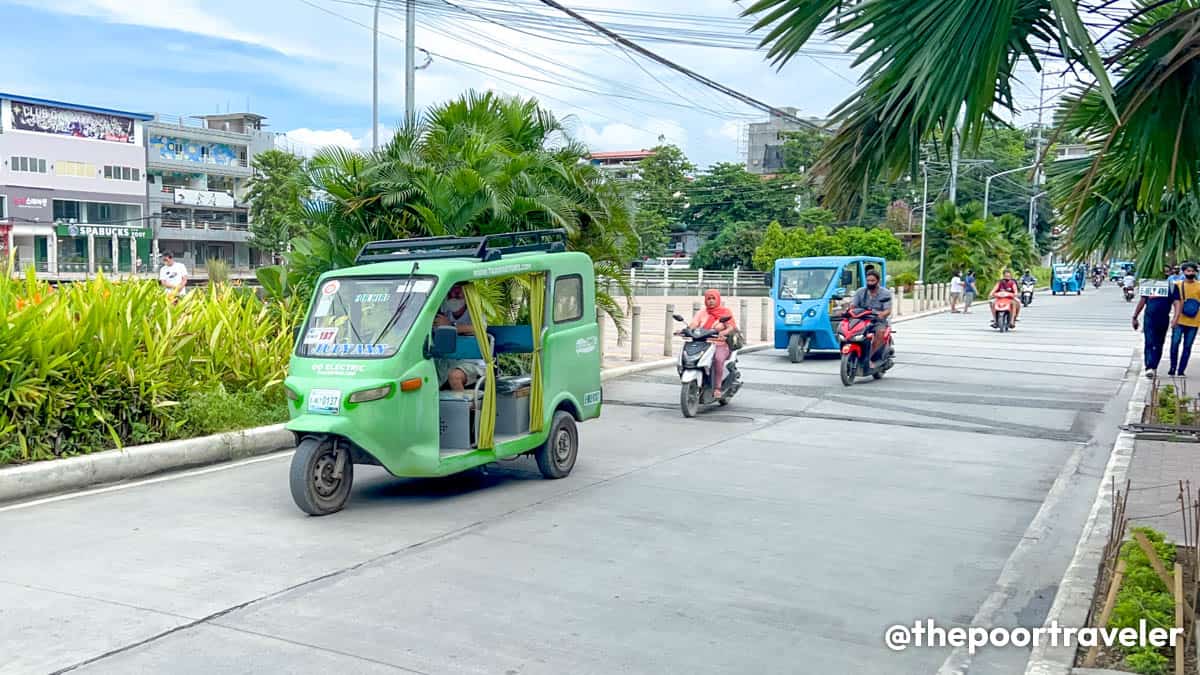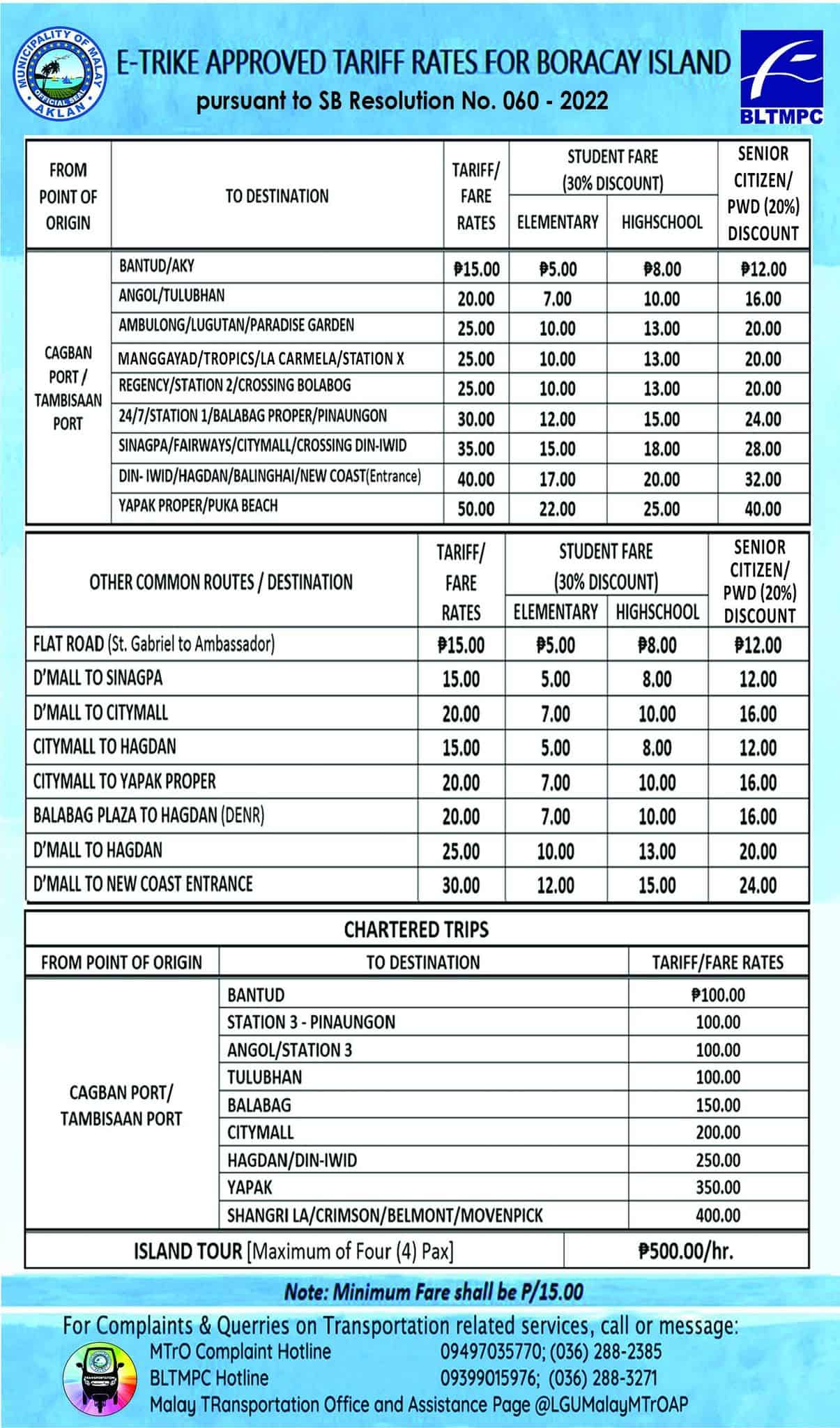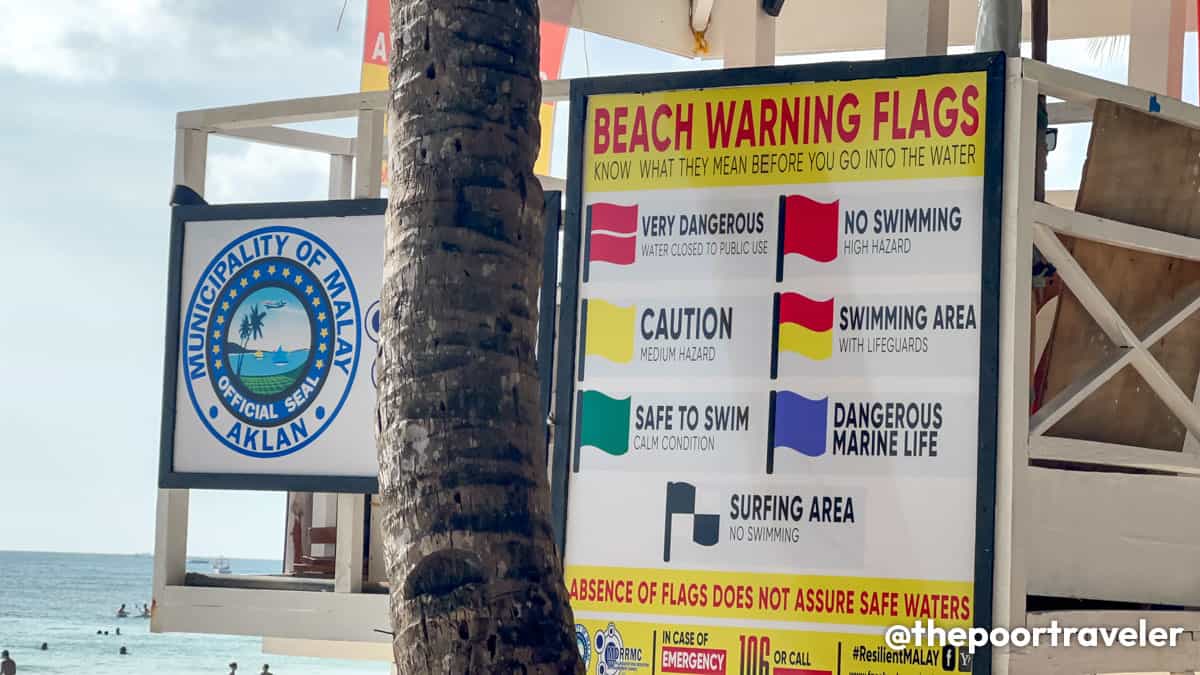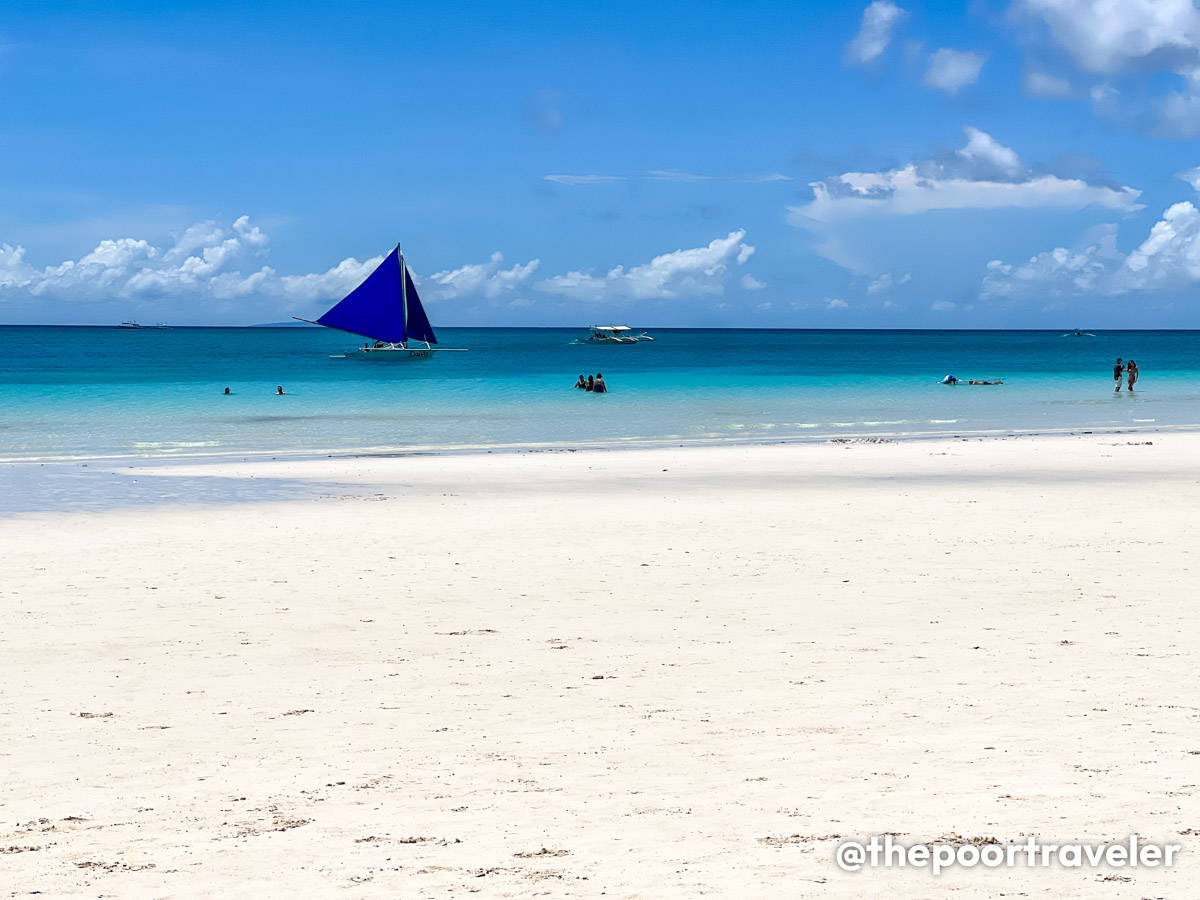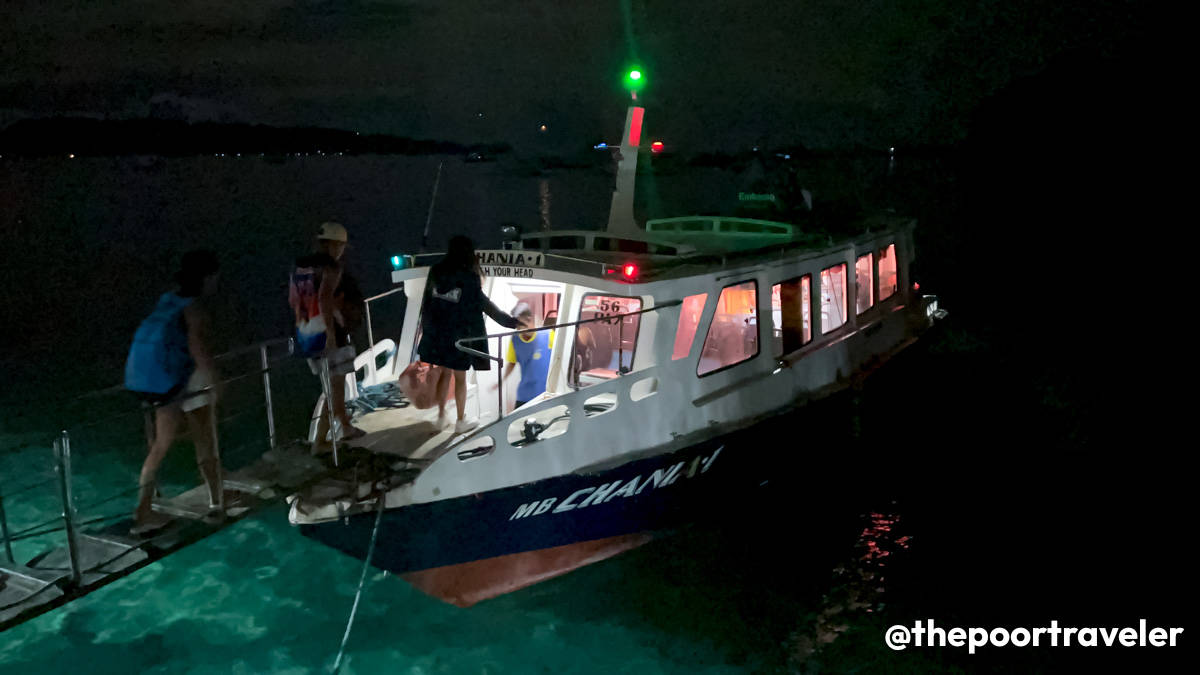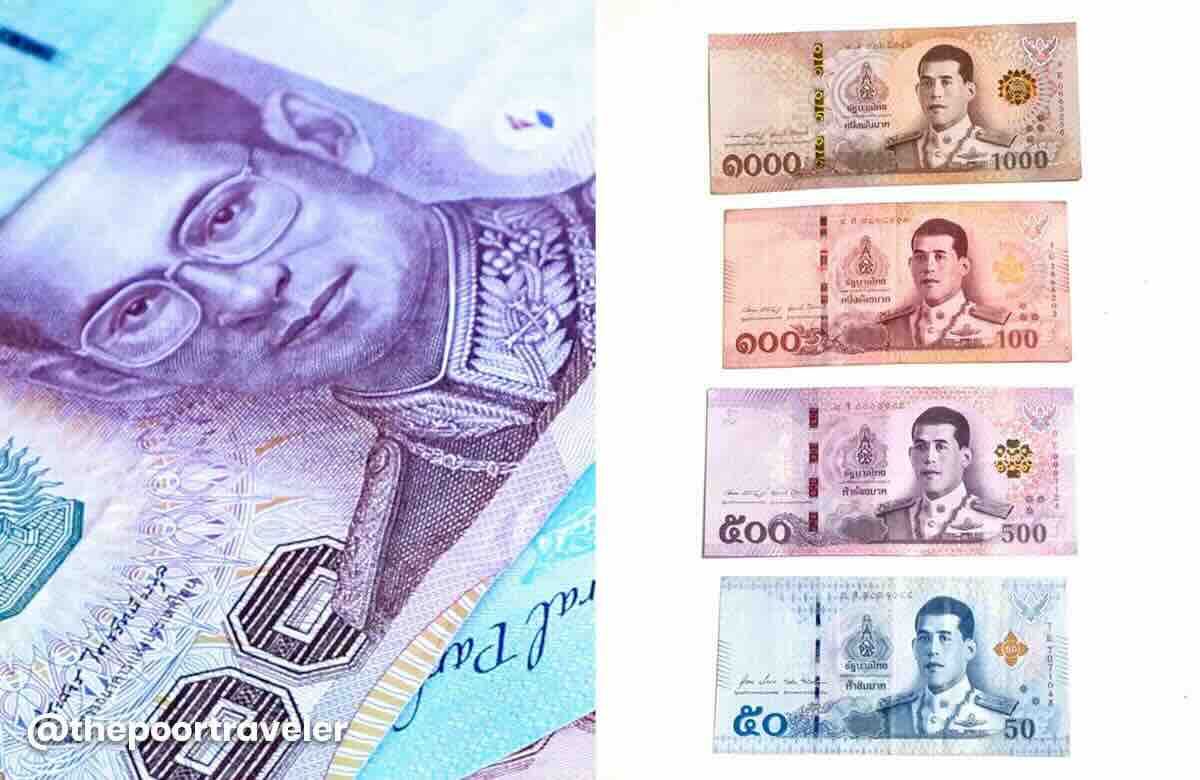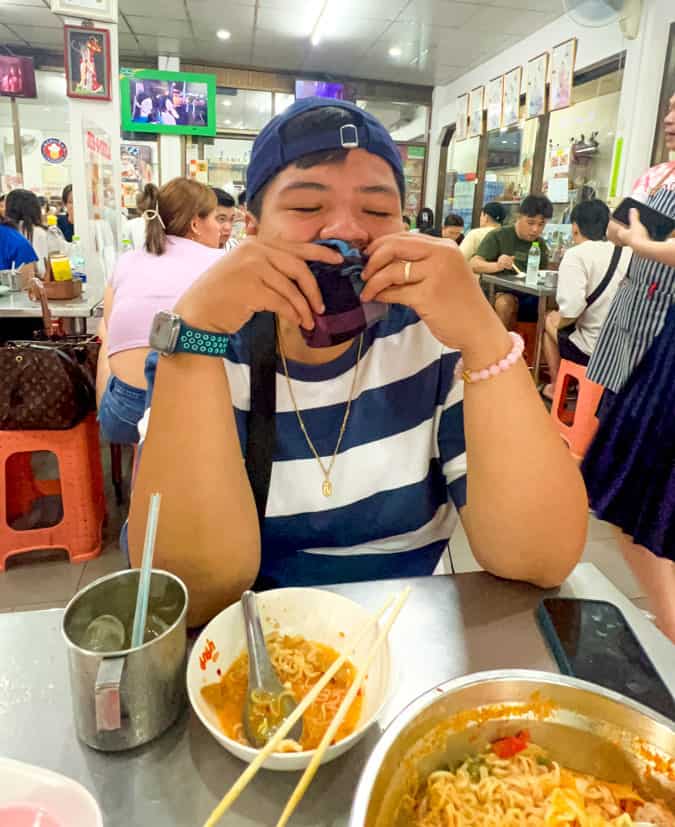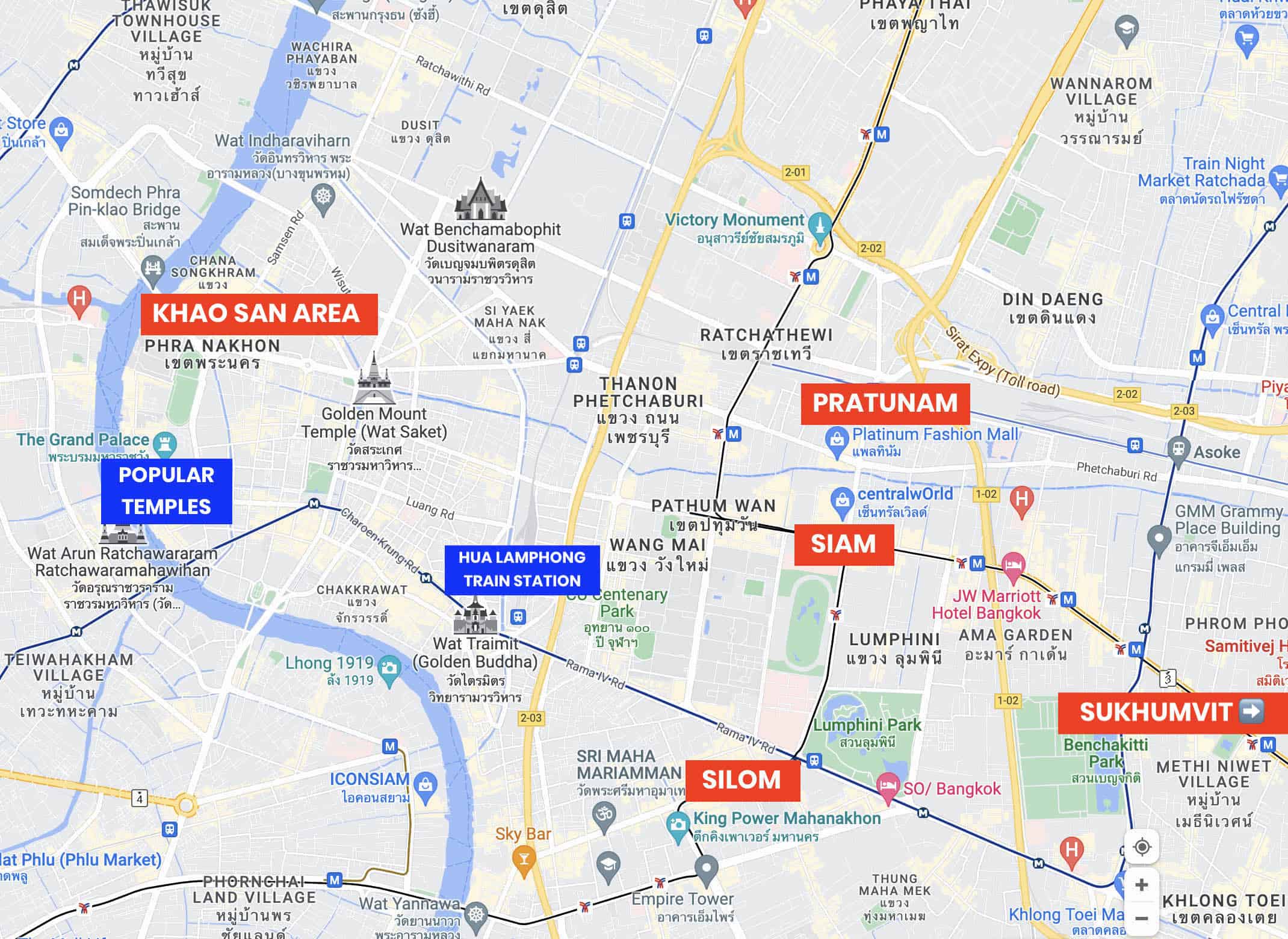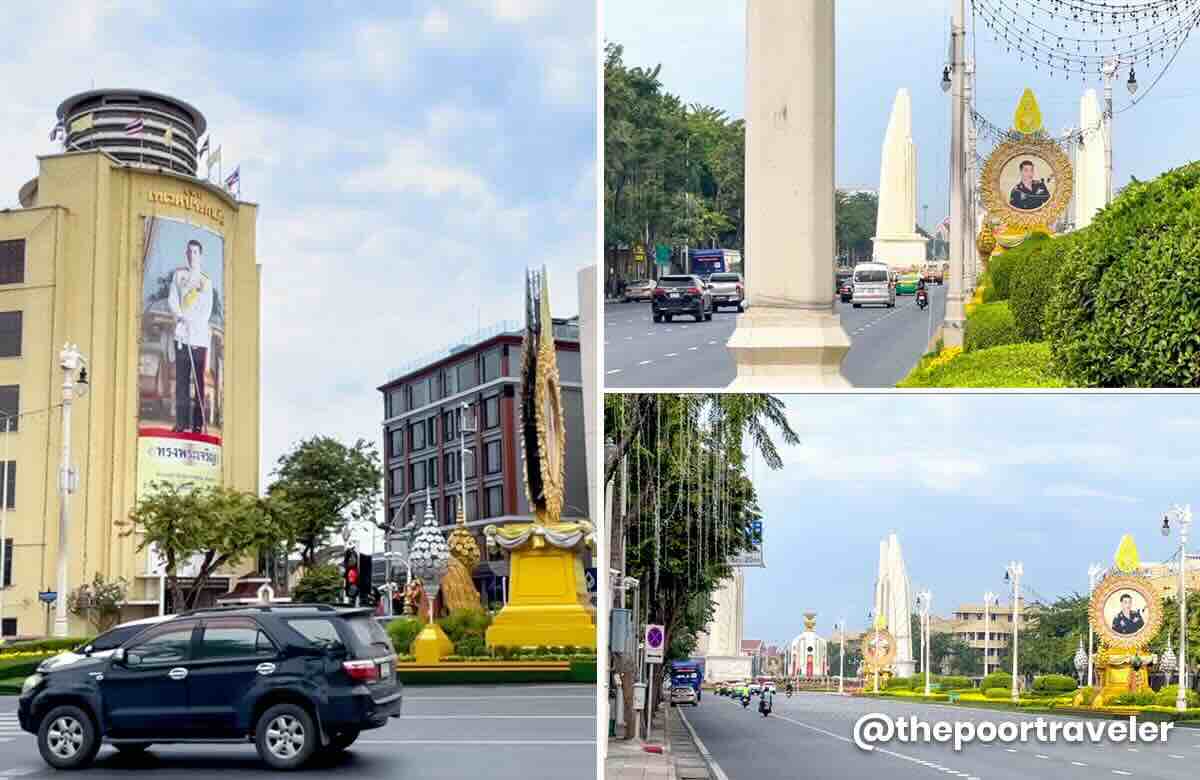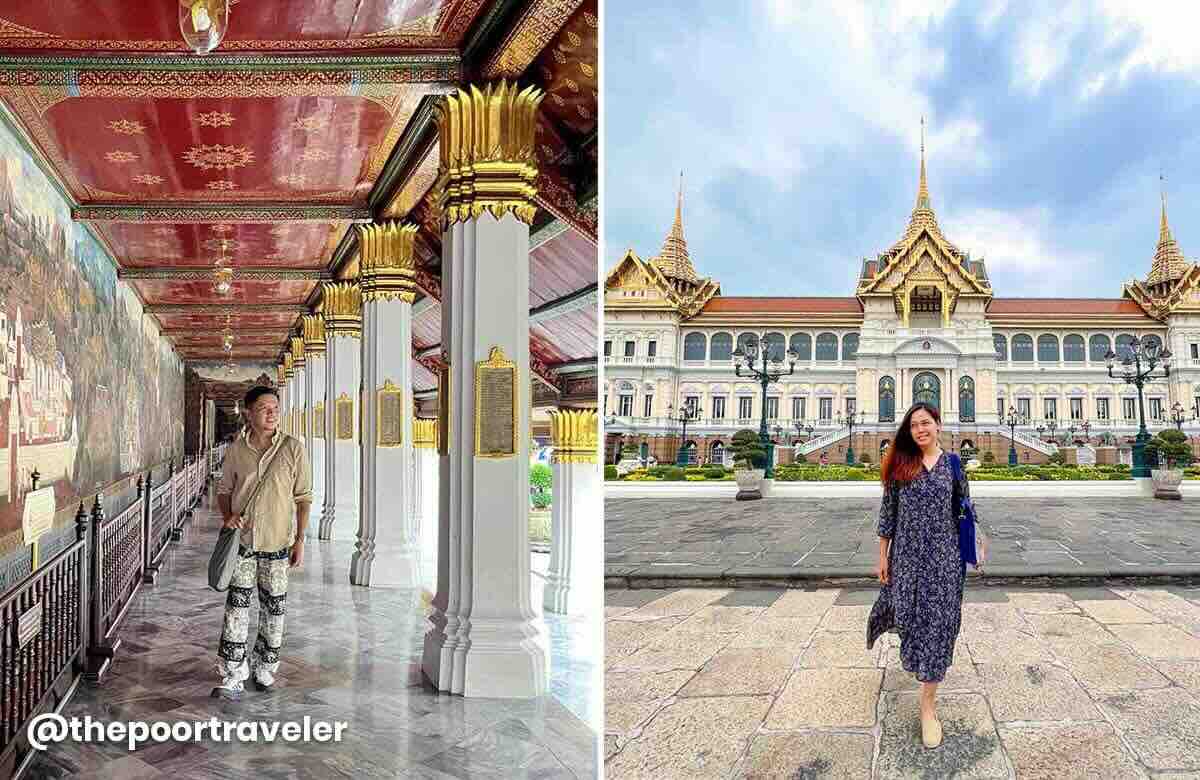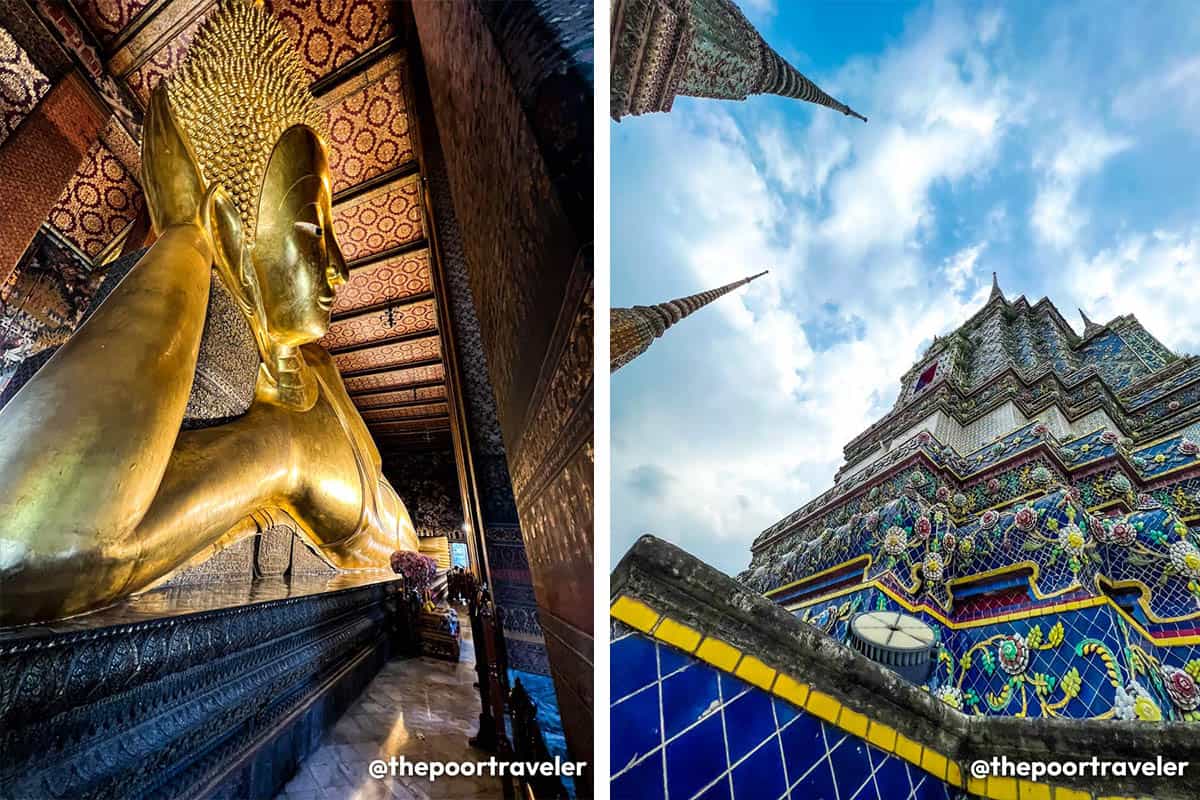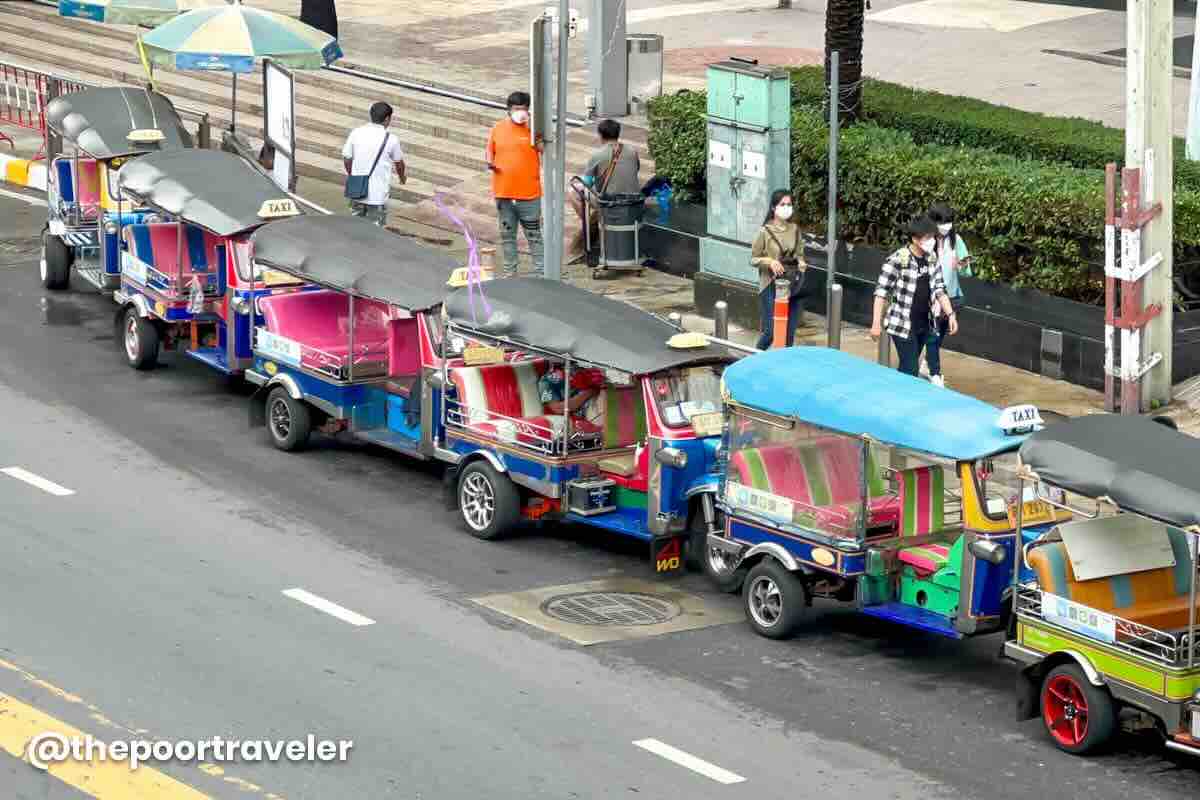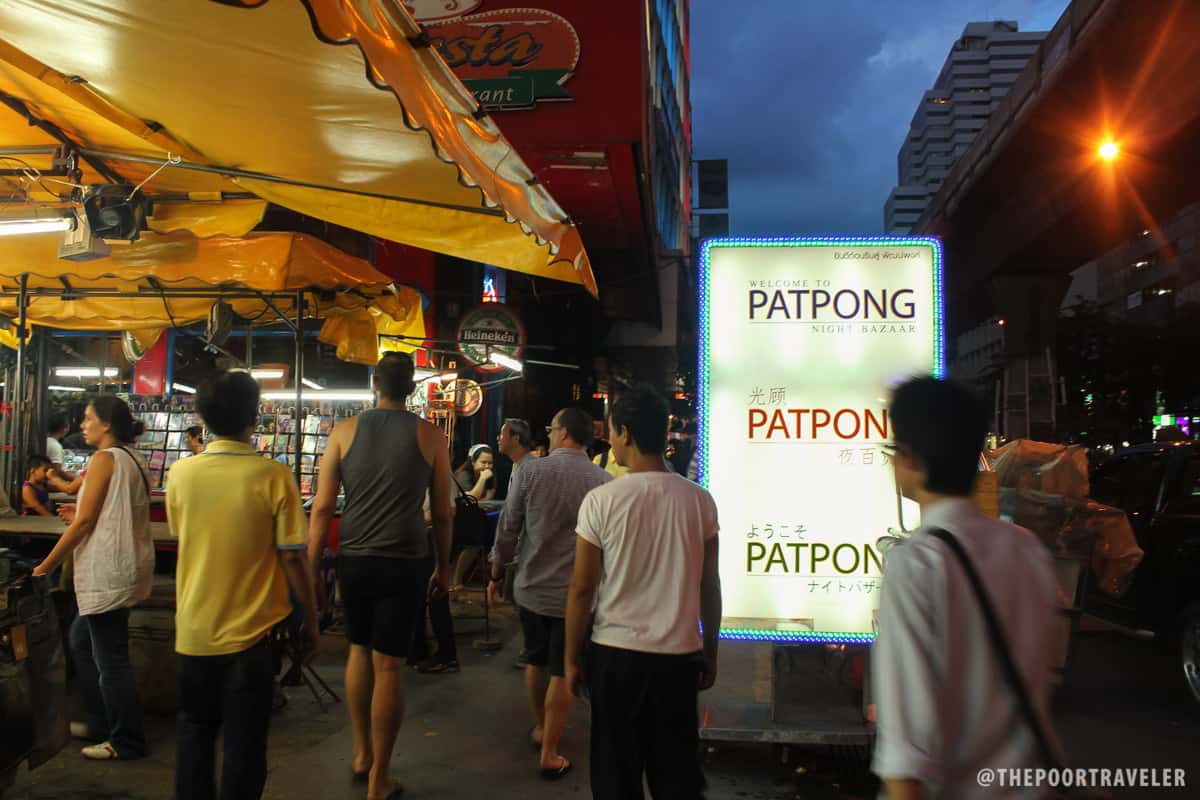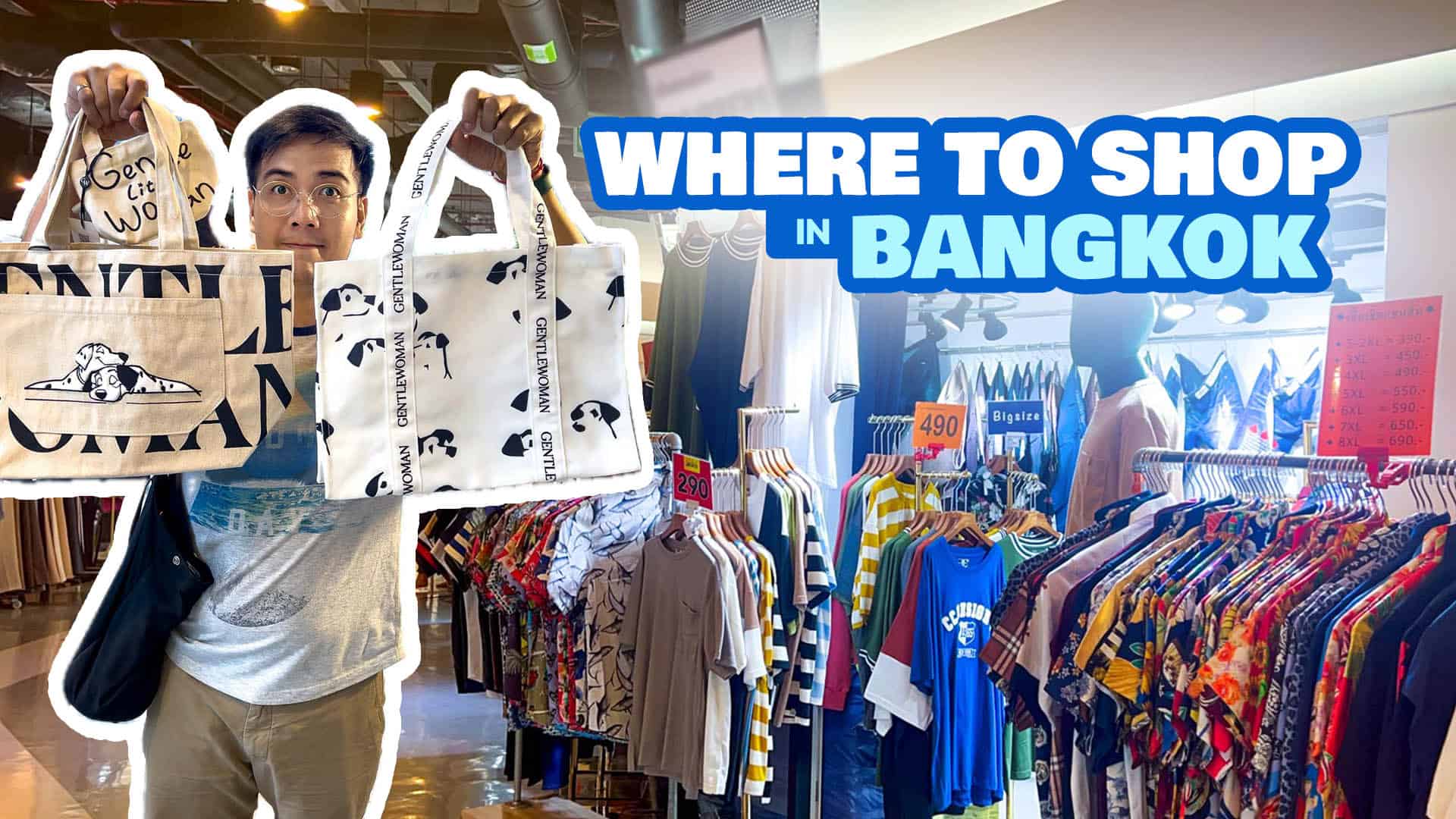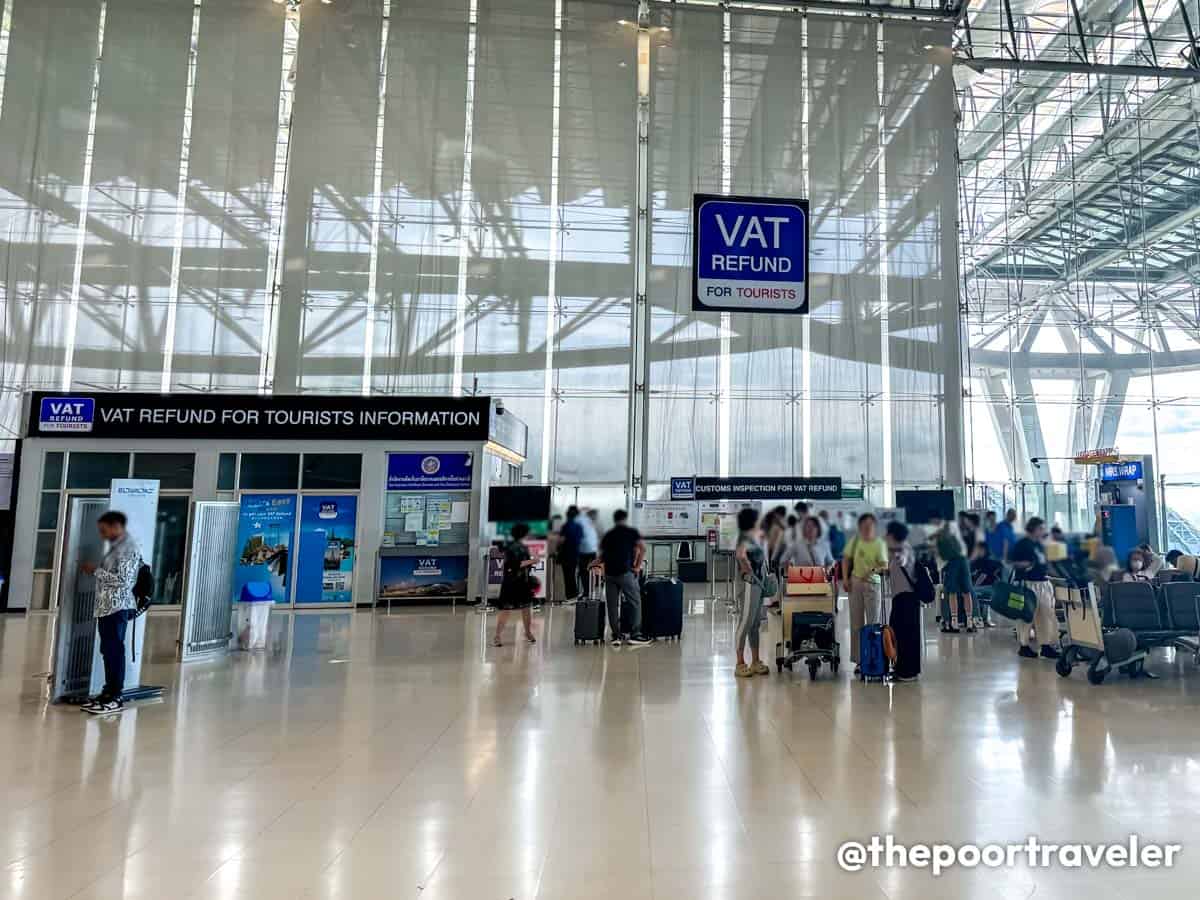If you’re Bali-bound, you probably know that there’s a LOT to see and do in this province of Indonesia. Supporting much of the province’s income is its appeal to tourists as it’s an ideal spot for travelers seeking nature, culture, and adventure.
It’s difficult not to get over-excited with the natural attractions you’ll find across its map. So much so that sometimes we tend to overlook the other aspects of a trip that could lead us to making bad decisions.
This article gives you a rundown of mistakes you should avoid when traveling to Bali.
1. Don’t assume Bali is a small island.
I made my first mistake even before I arrived in the island. For some reason, I assumed that Bali is just as small as Phuket or Santorini or Singapore. My friends, Bali is a hell of a lot bigger than that. It is huge! It is eight times bigger than Singapore, 10 times bigger than Phuket, 64 times bigger than Santorini, 500+ times larger than Boracay! (But it’s more comparable to the entire Cebu or Leyte Island.)
Keep that in mind when building your itinerary. Don’t schedule your activities immediately after another if they’re in different parts of the island. For example, getting from Kuta to Ubud does not take just a few minutes. It takes a couple of hours. And those faraway temples like Lempuyang or Ulun Danu, much longer. Depending on your itinerary and what you’re in Bali for to begin with, you need to pick the most ideal area to stay so you won’t waste too much time on the road. Speaking of the best area to stay…
2. Don’t pick the wrong area to stay.
The Kuta-Seminyak area seems to be the busiest and the epicenter of most of the action in the island. It probably has the highest concentration of lodging and dining establishments. But is it the best area? Well, not really. The best place to stay depends on why you’re in Bali in the first place.
If you’re after a relaxing time, you’re not gonna find it in Kuta. It’s not even the most central location. That distinction belongs to Ubud, which is at the geographic center of the island. From Ubud, it’s easier to see the temples, terraces, and waterfalls of the north and the east. And while the city center gets busy too, it is still much less chaotic than Kuta and Seminyak. Many of the scenic rentals you see on Instagram are situated around Ubud. But note that there’s no beach here.
For that, maybe Uluwatu and Nusa Dua are worth considering. Most properties here are pretty upscale, but they offer a quieter, more romantic beach experience.
If you are staying in Bali long term, check out the rental properties in Canggu (Changgu). This is a favorite among digital nomads because it’s more affordable here.
If you’re a foodie, however, Denpasar seems to be a great base because you could have a great selection of not only Balinese fare, but also other Indonesian and other Southeast Asian cuisines.
While we have a separate article going deep into the best strategy for choosing your Bali accommodation, we’ve also rounded up some of the best places to stay below for your easy access.
Top Hotels in Ubud
Top Hotels in Kuta
Top Hotels in Seminyak
Search for more Bali Hotels Here!
Again, the best place to stay in Bali largely depends on your reason for visiting. If you decide to stay in the Kuta/Seminyak area, there’s another thing you shouldn’t underestimate: the traffic.
3. Don’t underestimate the traffic.
Bali welcomes millions and millions of visitors per year. In fact, in 2024, it has recorded almost 6.4 million foreign tourist arrivals, the highest recorded in the past decade. And a great fraction of them chose to stay in and around Kuta and Seminyak, and most of them do not use public transportation, which is not as reliable as one could hope.
Most tourists prefer a private tour by car or booking Grab or Gojek to get from one place to another. It’s no wonder traffic buildup is a constant occurrence here. So if you have a tour, a show, or a flight to catch, it’s always best to have plenty of lead time.
Traffic is not as bad in other areas, though. But I also noticed traffic jams in Ubud’s city center, too!
4. Don’t fall for taxi and motorbike scams.
Overpricing taxis are rampant in Bali. In fact, we have been told by the locals we met to not hail a cab, but use Grab or GoJek instead. And if we must, only ride BlueBird, the only reputable taxi company on the island. If coming from the airport, you may also pre-arrange a pickup service online.
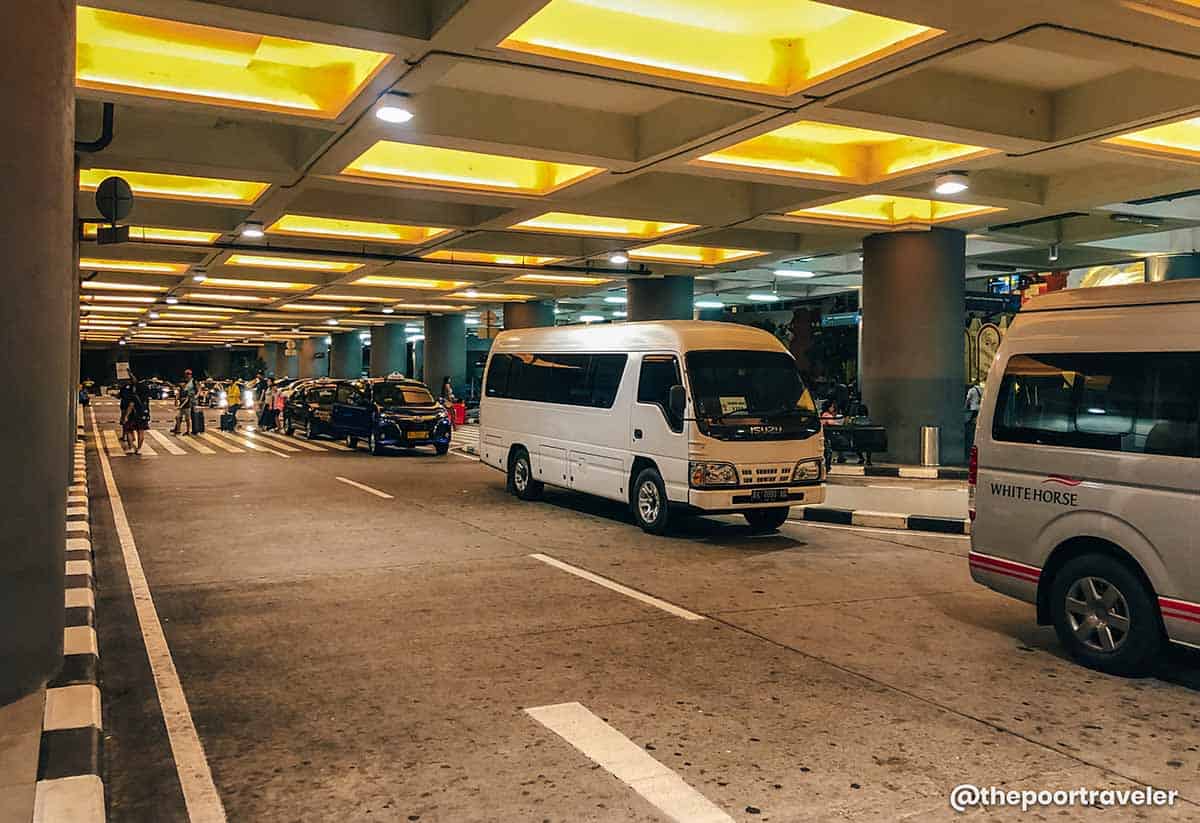
If you prefer traveling by motorbike, beware of scams, too. I don’t rent motorcycles abroad so this isn’t something I’m concerned about. But I had been warned about rental shops that would charge you for pre-existing damages on the bike. Police scams are said to be prevalent too. They say that some officers would just stop motorbike drivers for whatever reason they could think of just so you could pay them to let you go.
But if you insist on renting a motorbike, make sure you have the proper driving license and always wear a helmet!
5. Don’t dismiss local cuisine.
Partly because of the many expats who call this island home, Bali has a vibrant international food scene! Before coming to Bali, my friends told me I should try a myriad of restaurants with the best burgers, or the best tacos, or even the best Greek food. Lots of fast food chains and cafes too. And that’s great and all, but don’t leave without digging into local food.
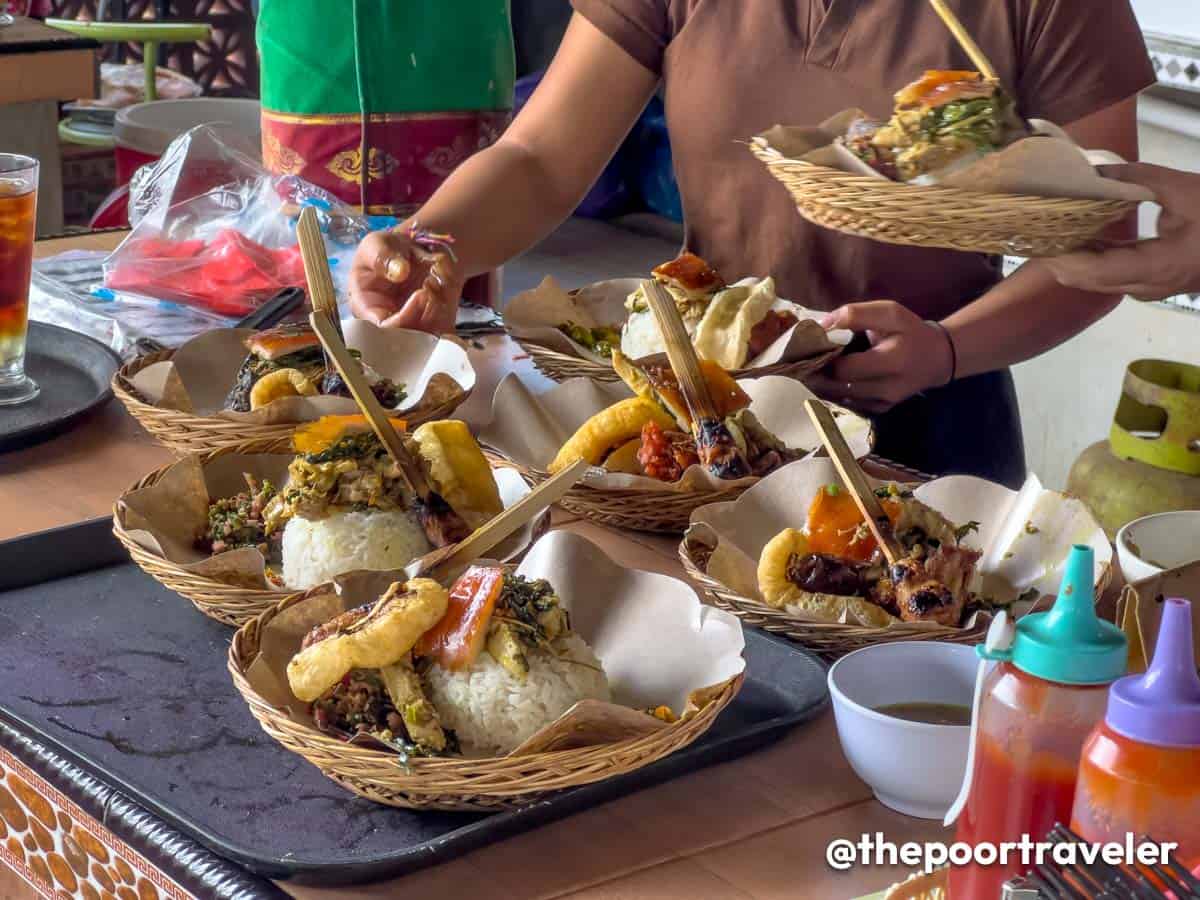
Balinese cuisine is spectacular to say the least — from the mouthwatering babi guling (spit-roasted pork, similar to lechon) to the ubiquitous sate and nasi campur to traditional cakes. The best part, they’re everywhere, too! You’ll find them at high end restaurants to humble warung (small family-run eateries). Most of them serve homey, hearty meals.
But if you want the insider scoop, best to book a guided food tour! By joining a food tour, you’ll get to know the local favorites and sample them while learning more about the Balinese food culture and other tips.
We personally booked an Authentic Food Tour from Ubud with GetYourGuide and it did not disappoint! Our guide Jon K. was polite, friendly, and knowledgeable and could communicate in English really well. He brought us to a babi guling place outside the city center and to Gianyar Night Market where he introduced to us more traditional dishes like betutu and an assortment of desserts! In between food stops, we dropped by rice terraces and Tirta Empul, one of the holiest temples in the island.
FIND A BALI FOOD TOUR FOR YOU HERE
6. Do not drink tap water.
While we’re on the subject of food, I can’t stress this enough: do not drink tap water! Not even the locals do this and they highly discouraged me too. Most accommodations provide filtered water. If not, head to the grocery and buy those giant containers and just refill your reusable bottle every now and then.
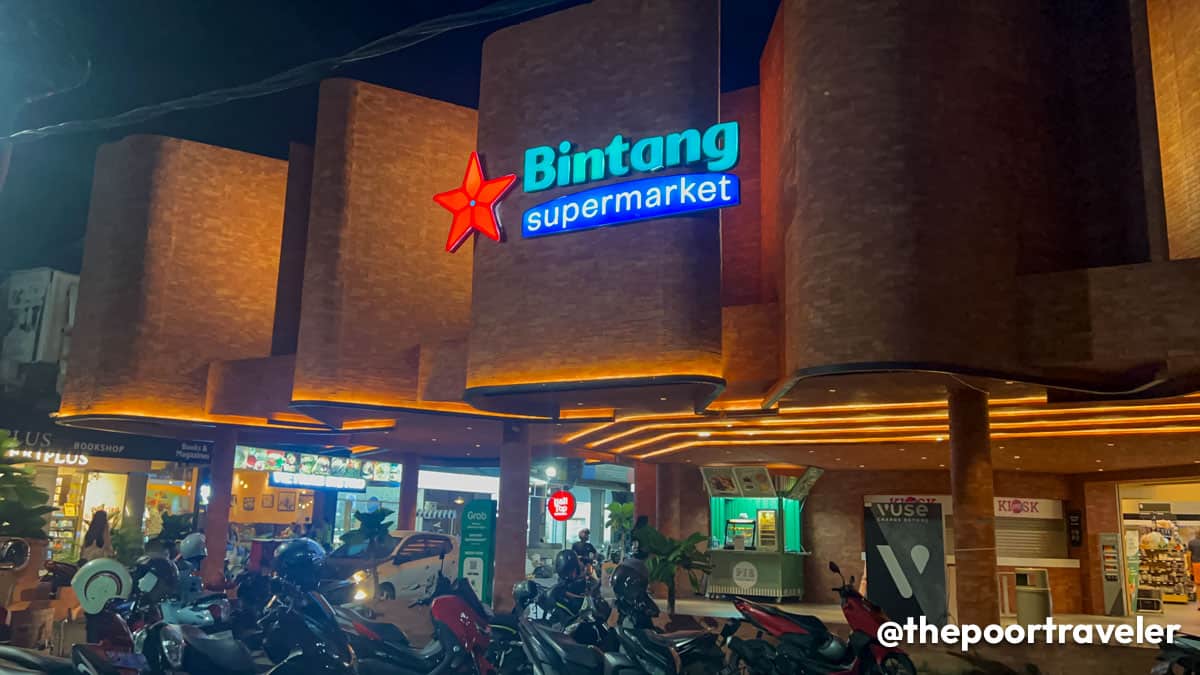
Why? Because tap water in Bali is gonna whoop your insides like it did mine. I never really believed in the term “Bali belly” until it was happening to me. I spent an entire night in the toilet, without coming out, because every 15 minutes something inside me was starting a revolution. So no, don’t drink tap water.
And don’t forget to bring anti-diarrhea meds!
7. Don’t trust street ATMs easily.
And by street ATMs, I mean those cash machines that you see in the streets, out in the open and can easily be tampered with. If you need to withdraw from an ATM, choose a machine that is inside a bank or other guarded or enclosed establishments like malls. But the bank is your best bet, and you’ll find a lot of various reputable banks throughout the island.
If you must withdraw from one on the street ATMs, always double check for signs of tampering. When in doubt, don’t do it and just find another way to pay or get cash. Speaking of cash…
8. Don’t overpay by mistake.
In Bali, the official currency is the Indonesian rupiah. And 100 USD is roughly 1.6 million rupiah. (And 100 pesos is roughly 28,000 rupiah.) The highest denomination is 100,000 rupiah. Yes, that’s 1 followed by five zeroes.
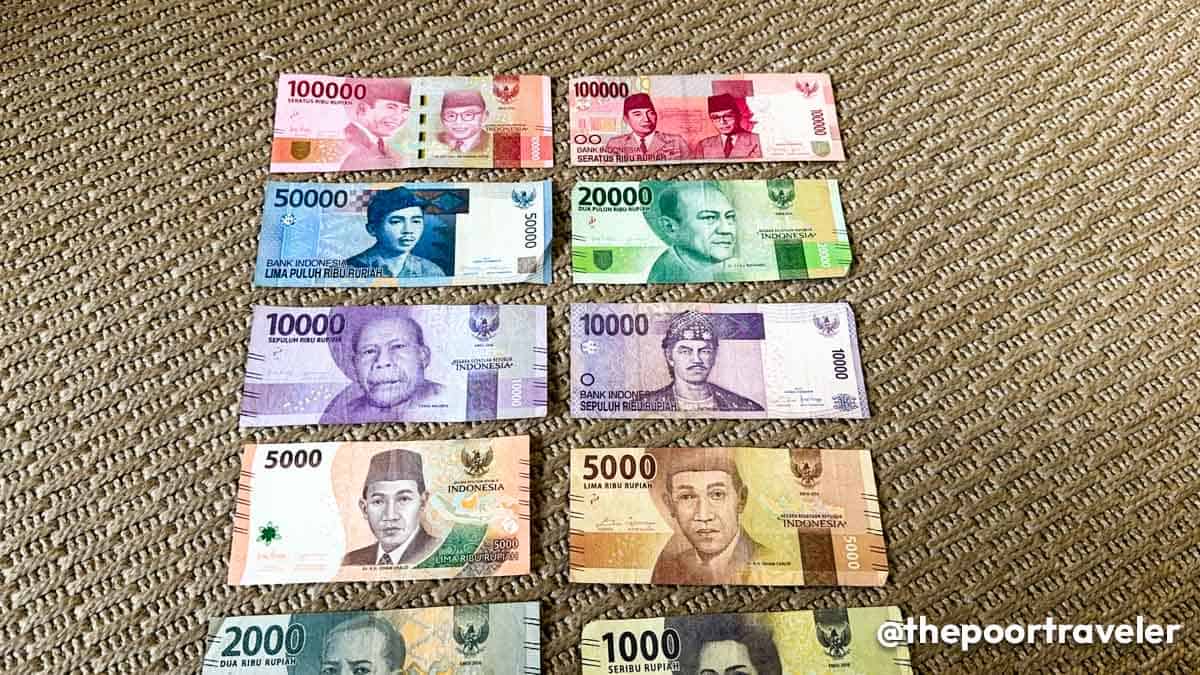
For those who are familiar with the currency, the notes can be easily differentiated by the size and the color. 100,000 is big and red; 50,000 is blue; 20,000 is green, and so on. But for us who aren’t used to seeing that many zeroes, it can be a bit confusing especially because these zeroes don’t have a thousands separator. No period, no comma, no space. So it’s easy to think that 10,000 is 100,000. It was so easy to make that mistake. And just like any other destination, you may run into someone who is willing to take advantage when the opportunity presents itself.
It was already my fourth day when I finally got the hang of it. But maybe I’m just slow in general. LOL.
But thankfully, I never really had to pay cash that much. Most of my tours had been pre-booked, and I usually paid by card when available. Fortunately, the supermarket in front of our hotel accepted credit cards.
9. Don’t hold your phone up in the streets.
Bali is generally safe and has a relatively low crime rate, considering how busy and touristy it is. But like many other tourist hotspots, petty crimes do exist in Bali especially within developed areas like Kuta.
Don’t hold your phone, purse, or wallet out in the open when walking or standing by the road because someone on a motorbike might just snatch it away. Keep it away from other people’s reach. And don’t leave them unattended on the beach or use them to reserve a table at a food court. This is not Japan, Dubai, or Singapore.
10. Don’t get trapped in similar attractions.
Before you book multiple day tours, check the itinerary first. Most tours in Bali have similar attractions. There’s often a stop at Tegallalang Rice Terraces, a coffee farm where you could taste a variety of coffee and tea flavors, and Instagrammable sites with giant swing and the like. And to be honest, if you’ve experienced one of each kind, you’ve experienced them all.
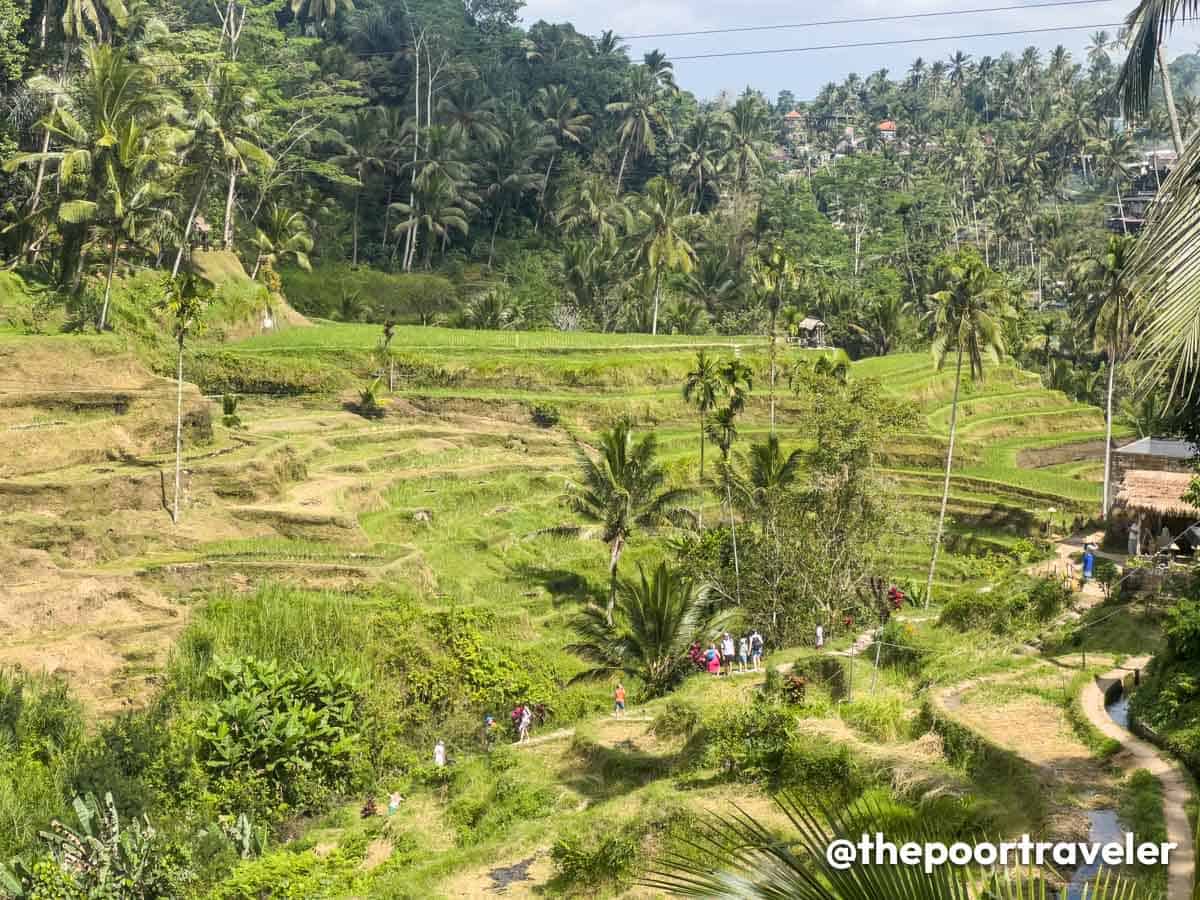
So if you’re booking more than one private tour, ask your contact or guide if you could replace some of these spots to avoid a repetitive journey and you could experience more of Bali. We’ve done it before and every guide obliged because it’s not difficult to find another point of interest along the route.
11. Don’t expect too much from Bali’s beaches.
When we think of Bali, images of its beaches instantly come to mind. Growing up, I thought of Bali as a beach paradise. But when I was there, I realized that Bali’s biggest assets are not its sandy shores, but its well-preserved culture and inland natural attractions. I was much more awed by its temples and waterfalls and cuisine than by its beaches.
The beaches here are not bad. Not at all. But just to manage your expectations, if you’ve been to other beaches in Indonesia (or Thailand or the Philippines for that matter) and you’re expecting Bali to give you the same sparkling beachscape, then you’ll be underwhelmed. That’s not to say that you shouldn’t come to Bali because you definitely should, you must! But there’s so much more to Bali than its shores.
12. Don’t disregard the queuing times at Instagram spots.
Of all the destinations I had set foot in, Bali is perhaps the most Instagram or IG-worthy. It’s just bursting with pciture-worthy spots, both natural and man-made.
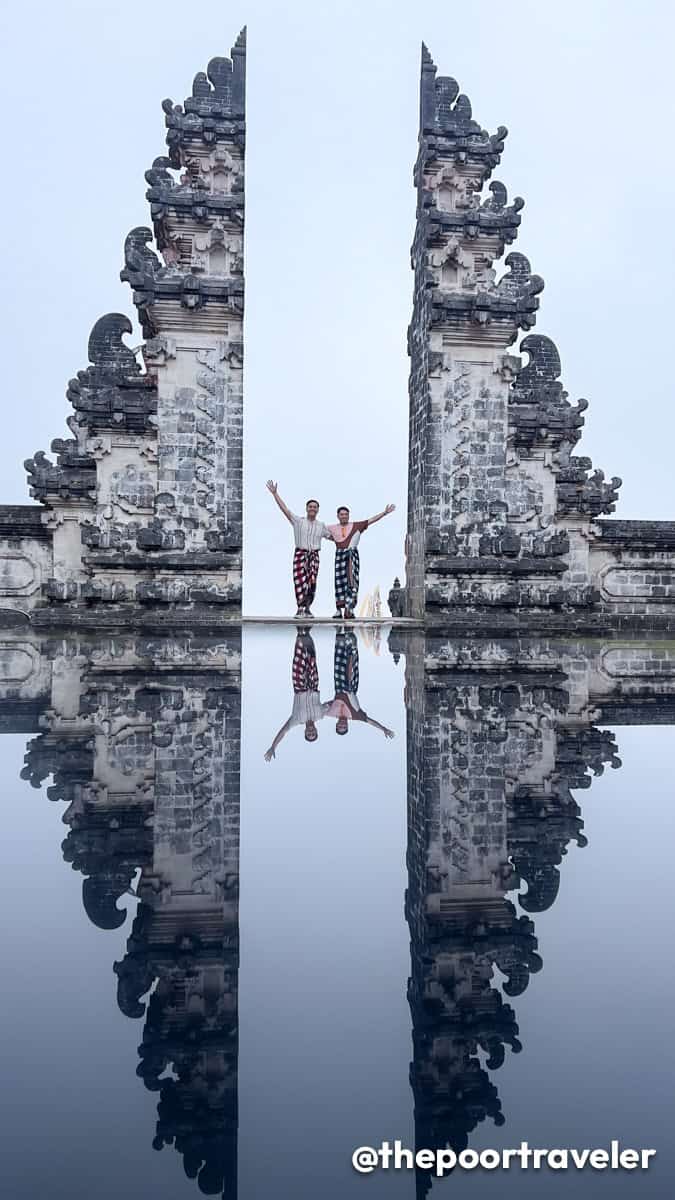
By now, you probably know about the Gate of Heaven at Lempuyang Temple. And you might already be aware that the reflection created is a mirror trick and that there is no body of water on site. But that’s not the only thing you should be aware of. You see, it’s so popular that the line for this photo can get crazy long. We’re talking about up to three hours of waiting time for just a minute of photo session.
On our last trip, we arrived in the afternoon — just in time for the sunset — and we waited two and a half hours! They say that to avoid waiting times, go in the early morning. My teammate Pycan did just that, in time for sunrise. They were second in line.
But even if your timing is right, don’t expect everything to be picture perfect. Most photos you see were either taken under the best conditions or enhanced digitally. Often, the skies don’t cooperate. It’s more likely that you’ll get a plain white backdrop because the mountain is hiding behind the clouds or fog.
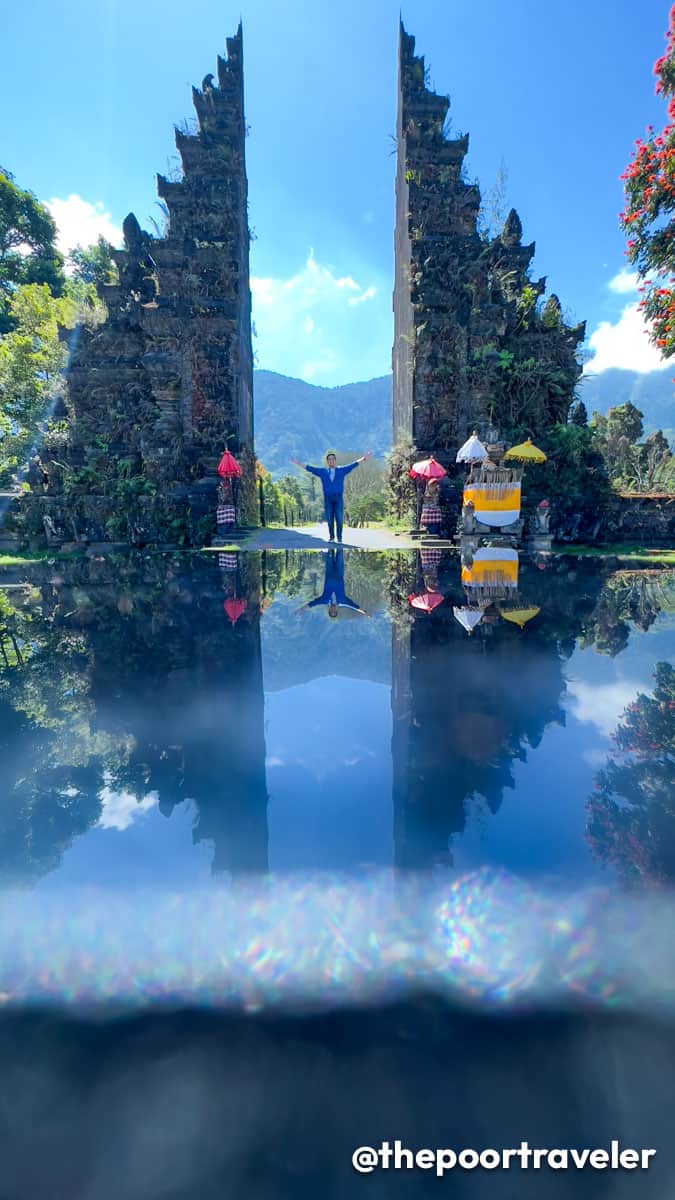
A look-alike can be found in the north — the Handara Gate. This also has the same effect. It’s not as popular as the Gate of Heaven, but you could still end up waiting 40 minutes to an hour for your turn.
Personally, I don’t mind the waiting times because I know how to keep myself busy. I usually spend the time chatting with our guide and other locals. But if you’re not really into IG-worthy spots and you want to maximize your stay, you might just be wasting a lot of time queuing. There are other picturesque but less crowded attractions elsewhere in the island. But if you really want those shots you see on the internet, go ahead. You’re already in Bali, might as well experience the full package, queues and all.
13. Don’t forget to bring mosquito repellent.
Mosquitos are common in Bali, so it’s best to be prepared. We didn’t think of it until we checked in to our hotel, which provided a mosquito repellent spray, free to use. And we realized some places and some months are more prone than others. But to be on the safe side, just bring one with you when touring.
14. Don’t disrespect the local culture.
If you are into temple-hopping, know that you must dress modestly within the vicinity. Some temples provide sarongs that you may borrow, but to be safe, just wear something that covers your shoulders, upper arms, and legs. This applies to men and women. If you’re bleeding — say, you have an open wound or, for women, if currently menstruating, you should not enter the temples.
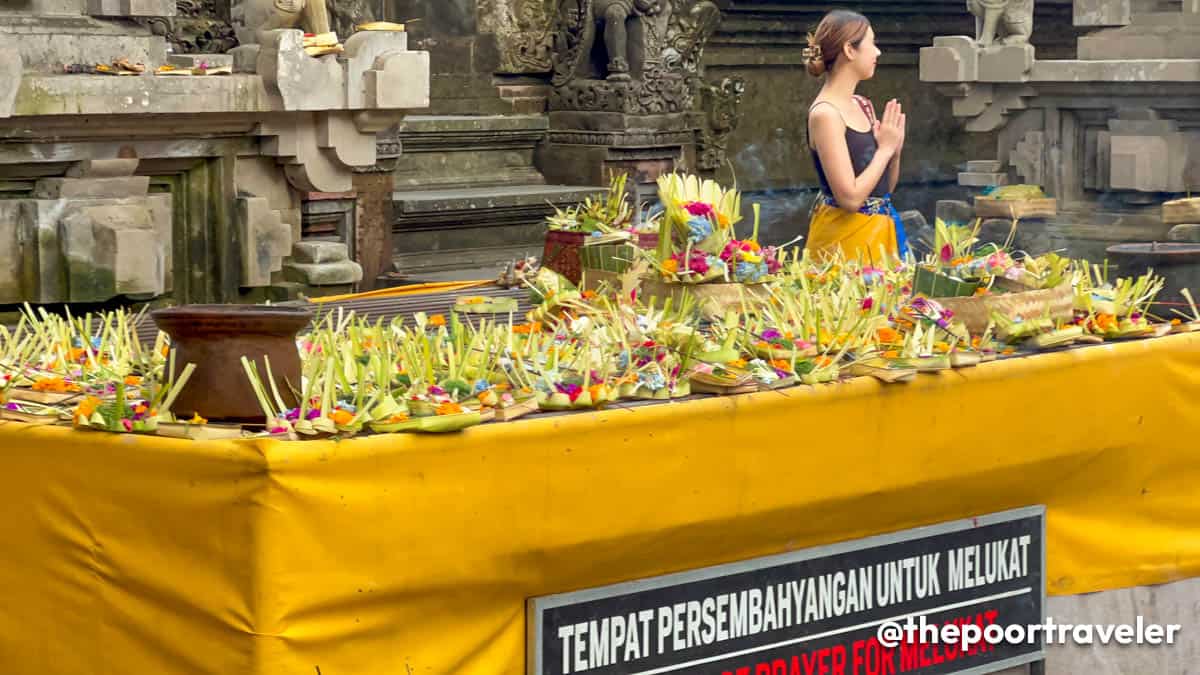
Even when there’s a lot of tourism activity in the island, Bali remains religious, conservative, and traditional. It’ll become apparent to you on your first day, just by taking a short walk.
In front of the houses and on the sidewalk, you’ll see small palm trays with flowers and food. These are canang sari (chanang sari), which are daily offerings to the Supreme God of Indonesian Hinduism (Sang Hyang Widhi Wasa) as a symbol of gratitude. So, watch your step and make sure you don’t walk on them.
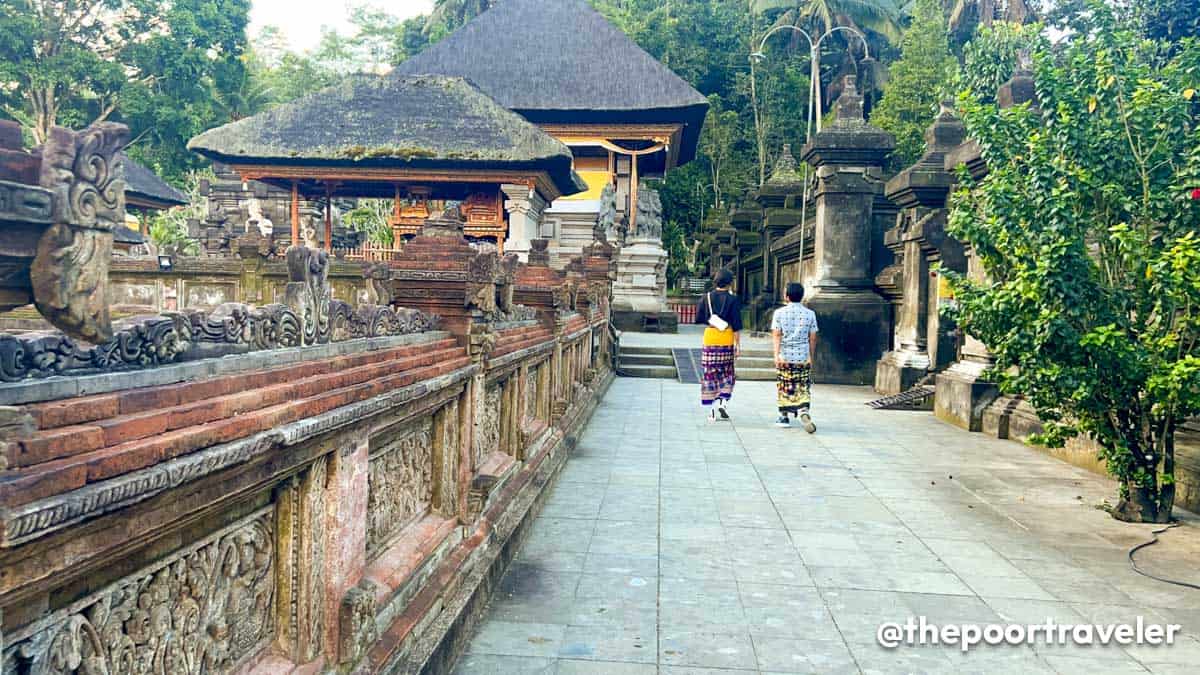
Also, when handing out something to a local, always use your right hand. Your left hand is considered dirty and is for toilet duties. And never touch anyone’s head, which is considered a sacred part of the body.
15. Don’t do illegal drugs.
I know it sounds obvious, but it is very important that you know this.
First of all, don’t do drugs anywhere you travel to, but especially here in Bali because Indonesia has some of the strictest laws when it comes to drugs.
Possession is punishable by imprisonment for 4 to 12 years or, if the amount is big enough, you can be imprisoned for life, plus fines of up to 8 billion rupiah. For trafficking, the death penalty may be imposed.
That’s not the kind of adventure you want to experience abroad.
Updates Log
2025 8 12 – First uploaded
